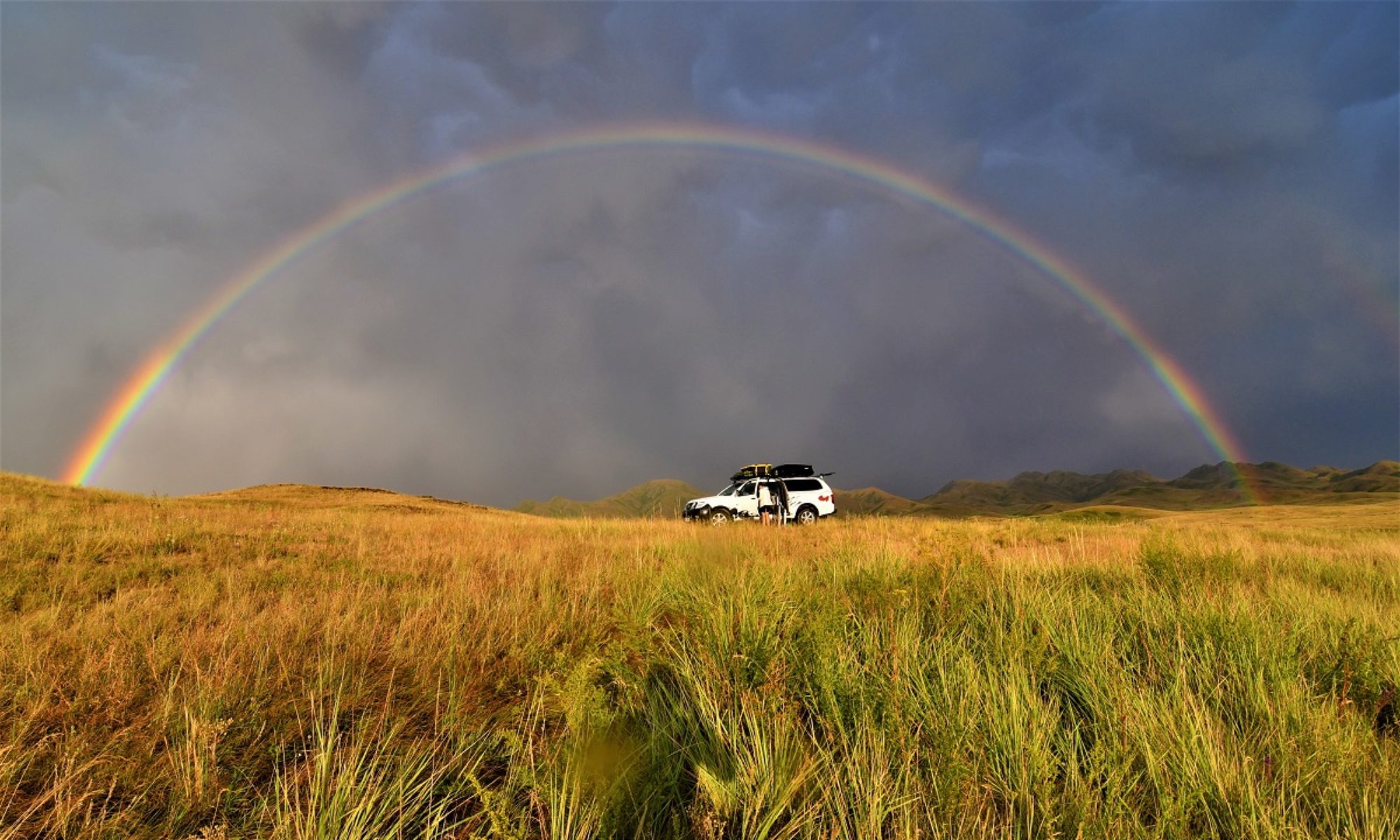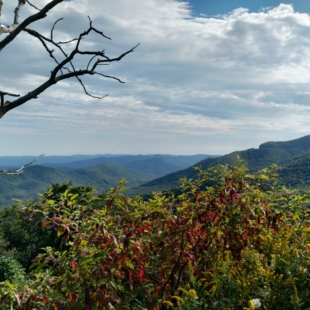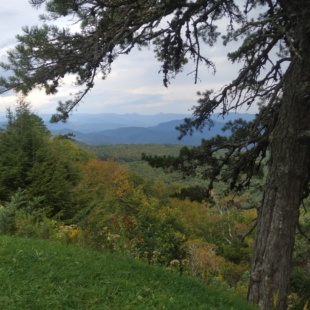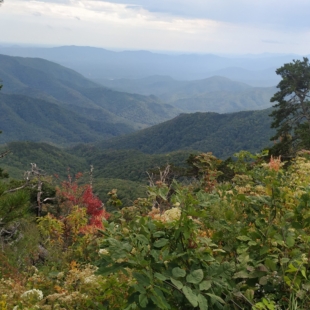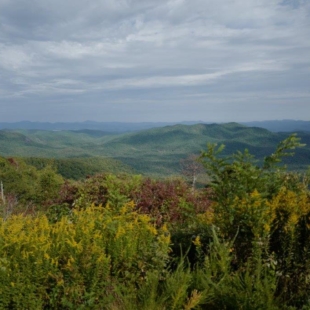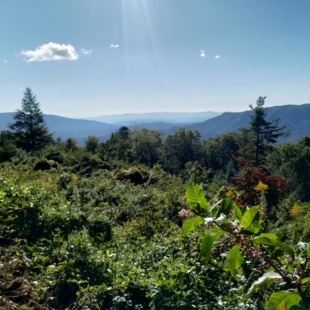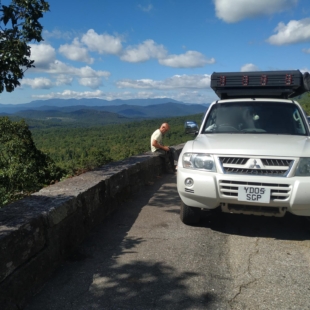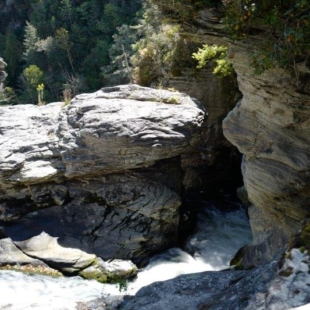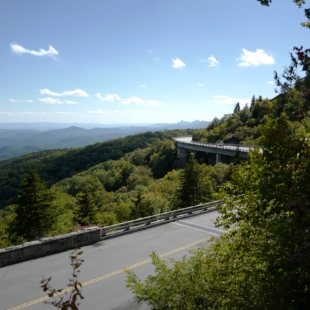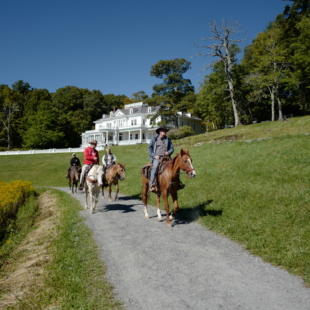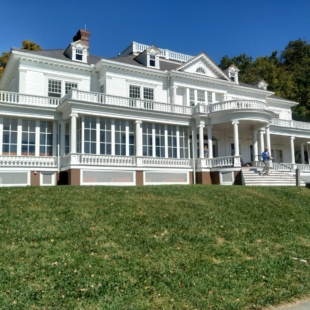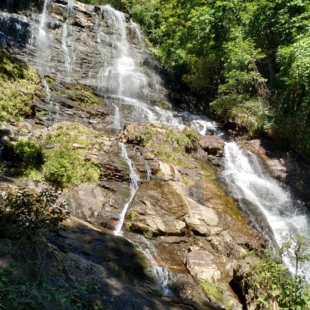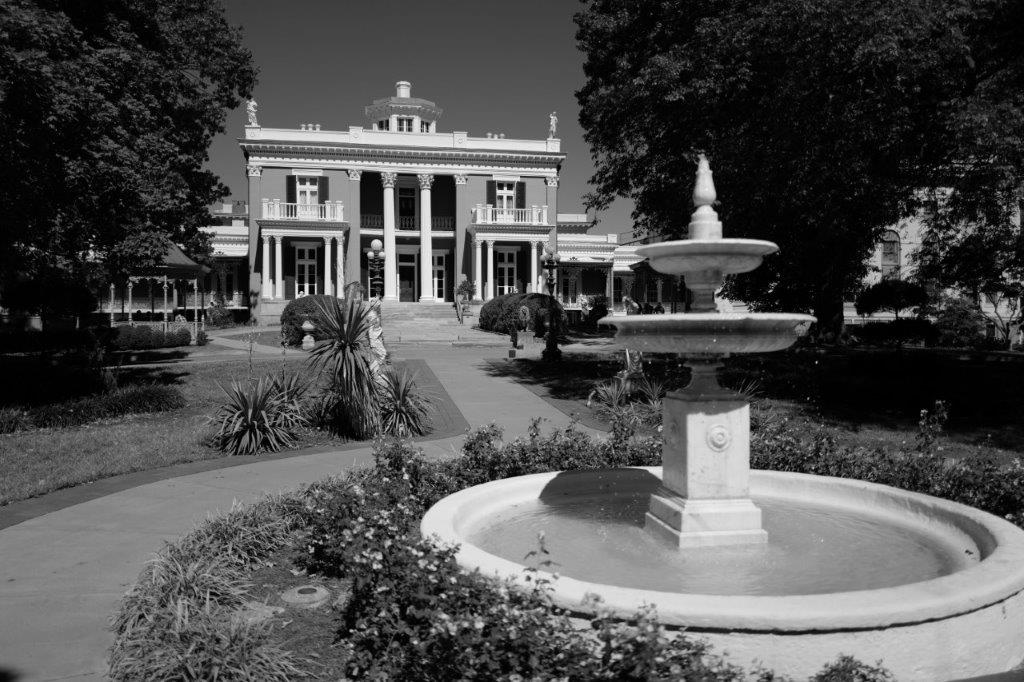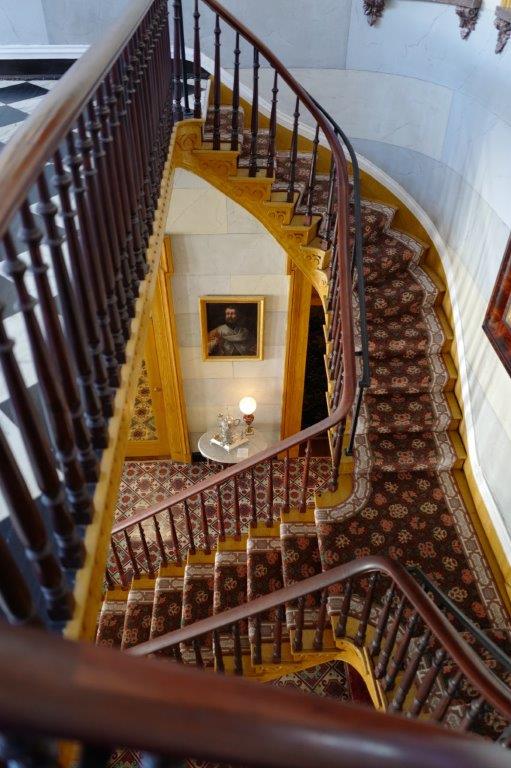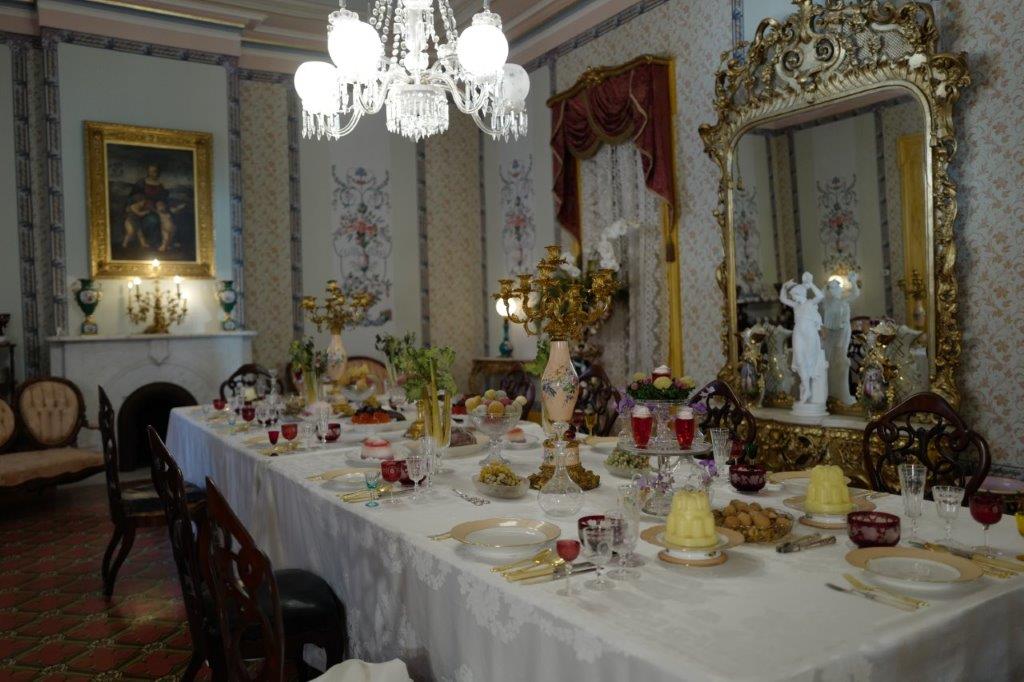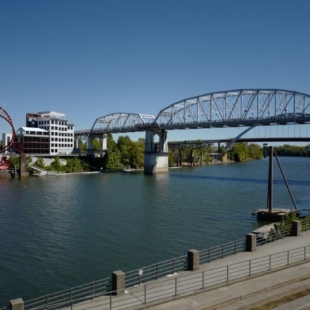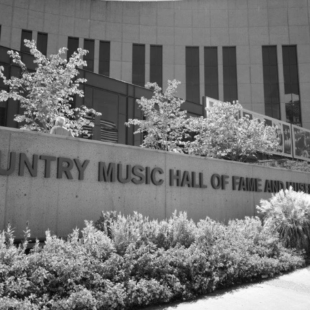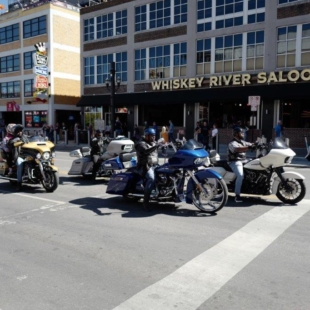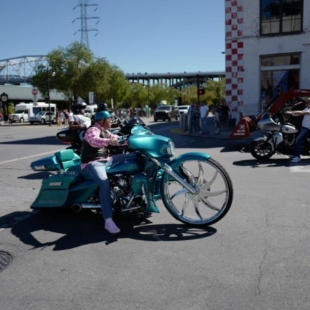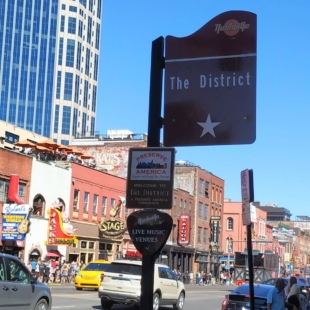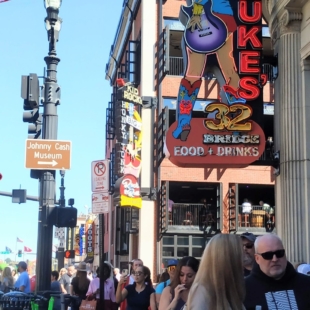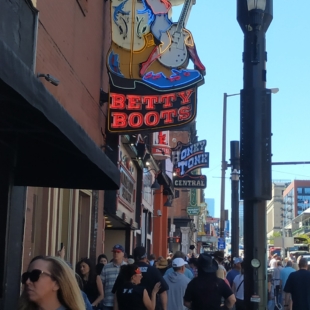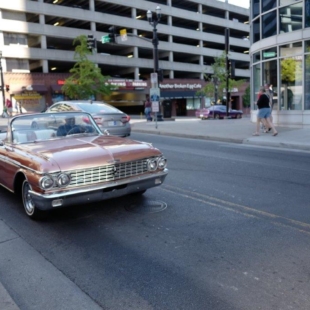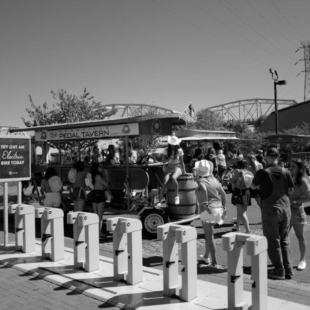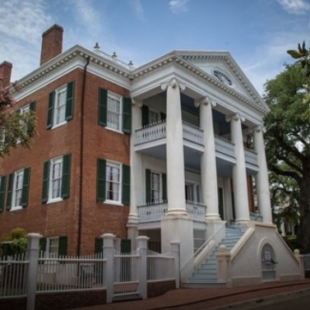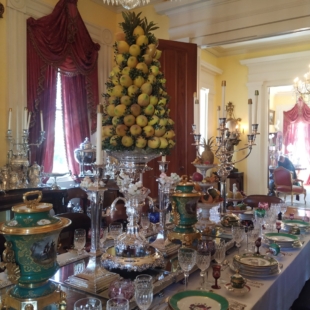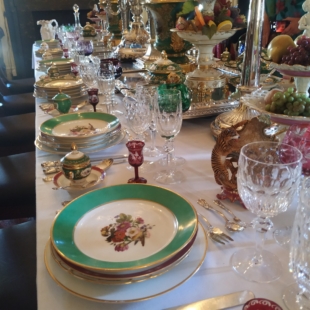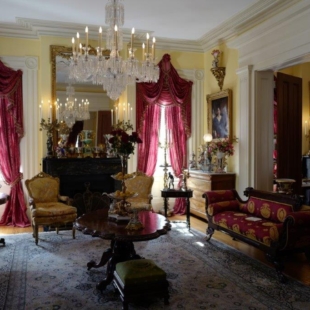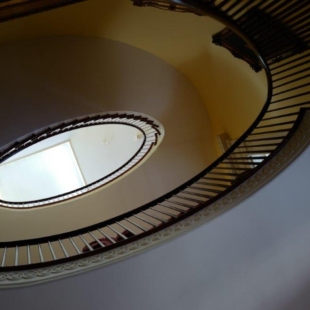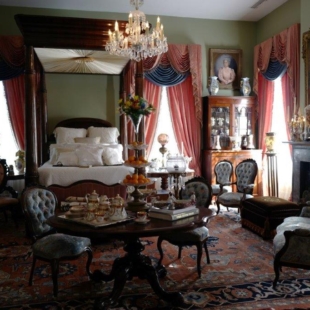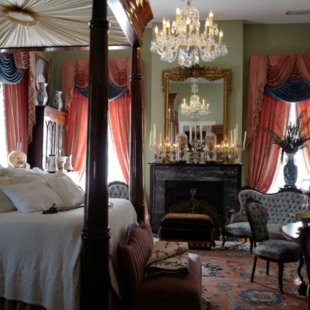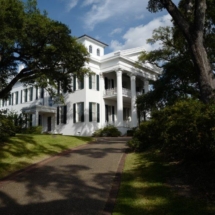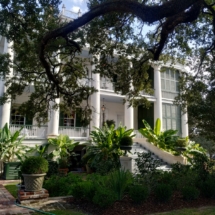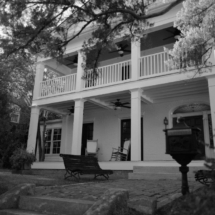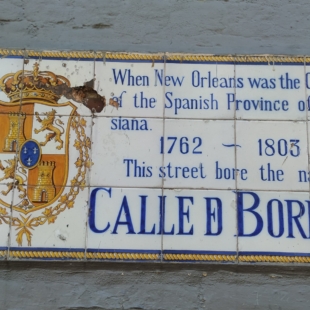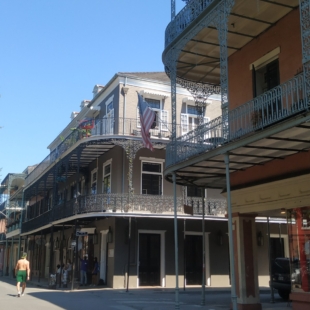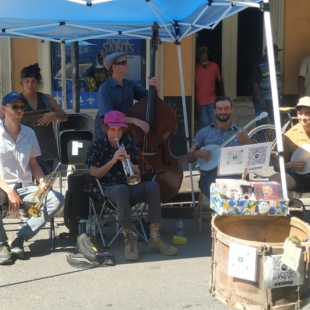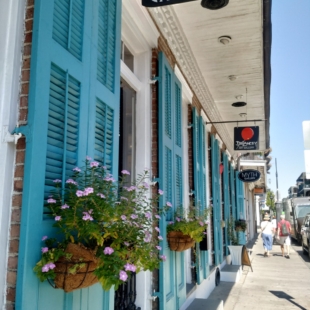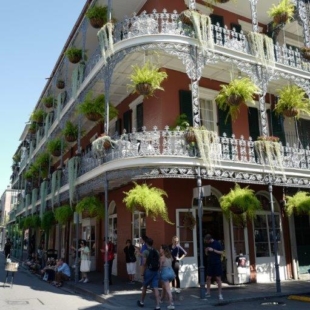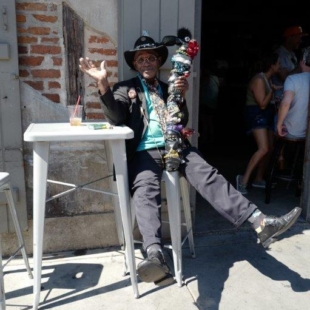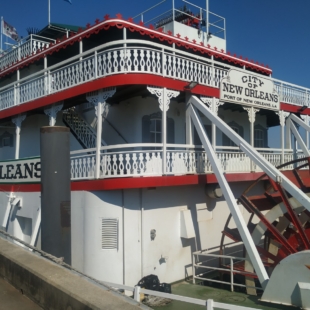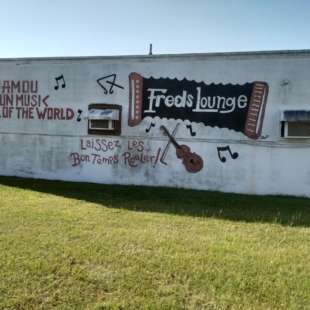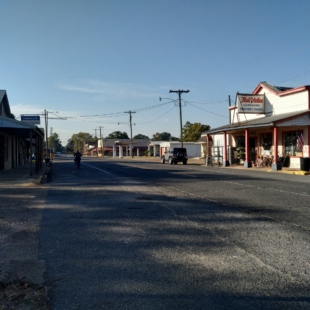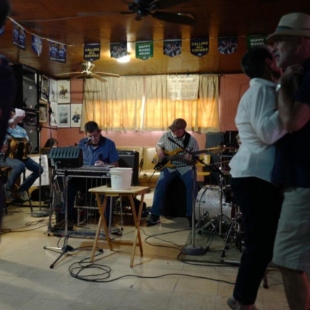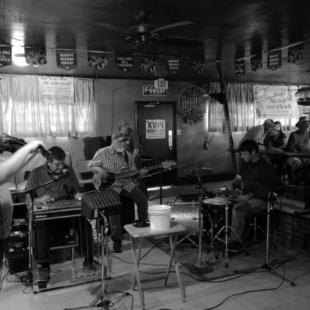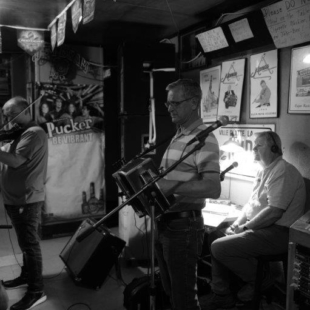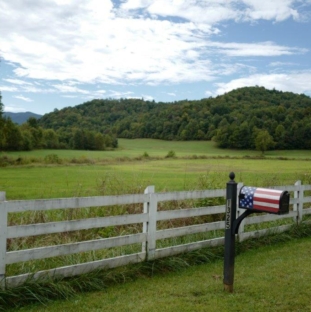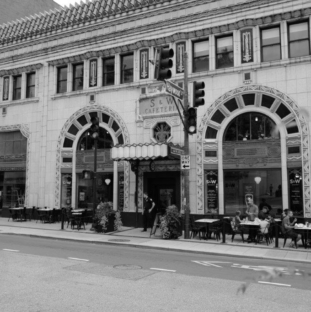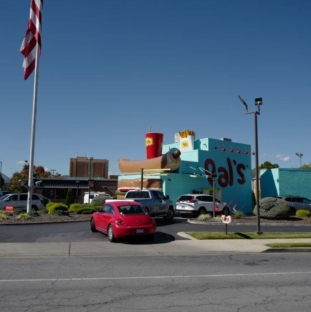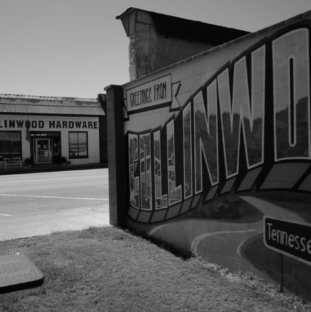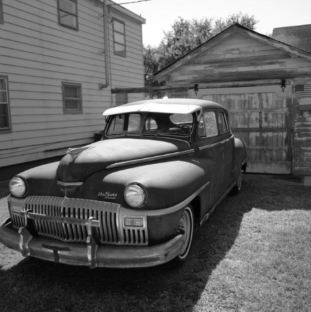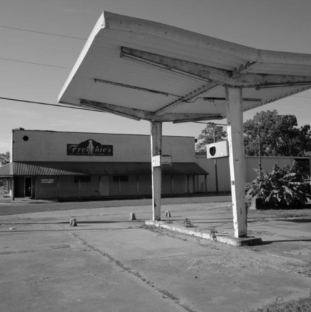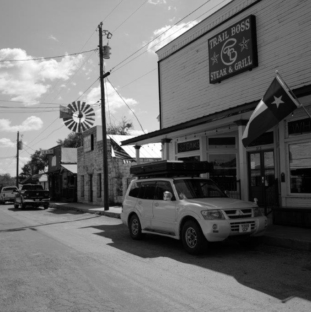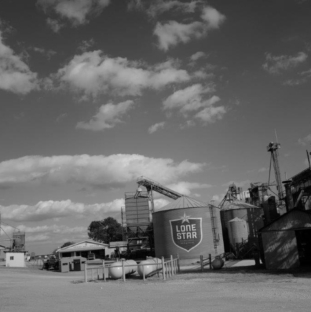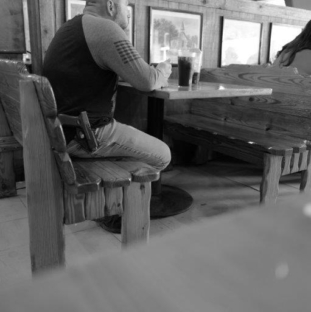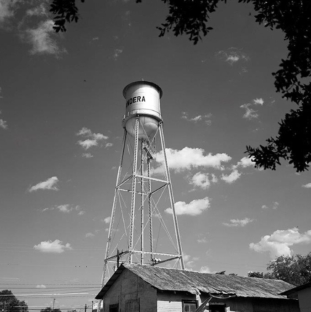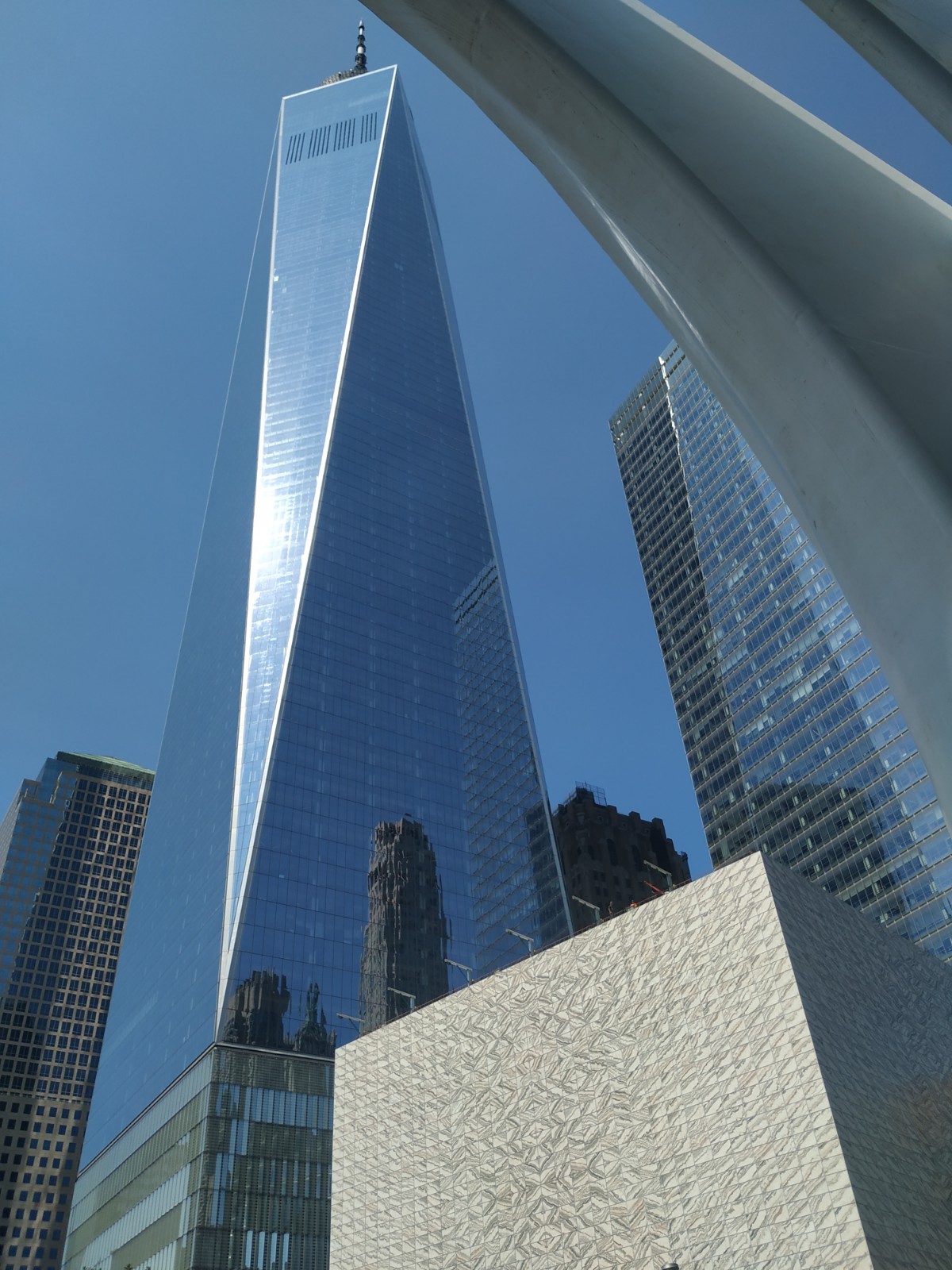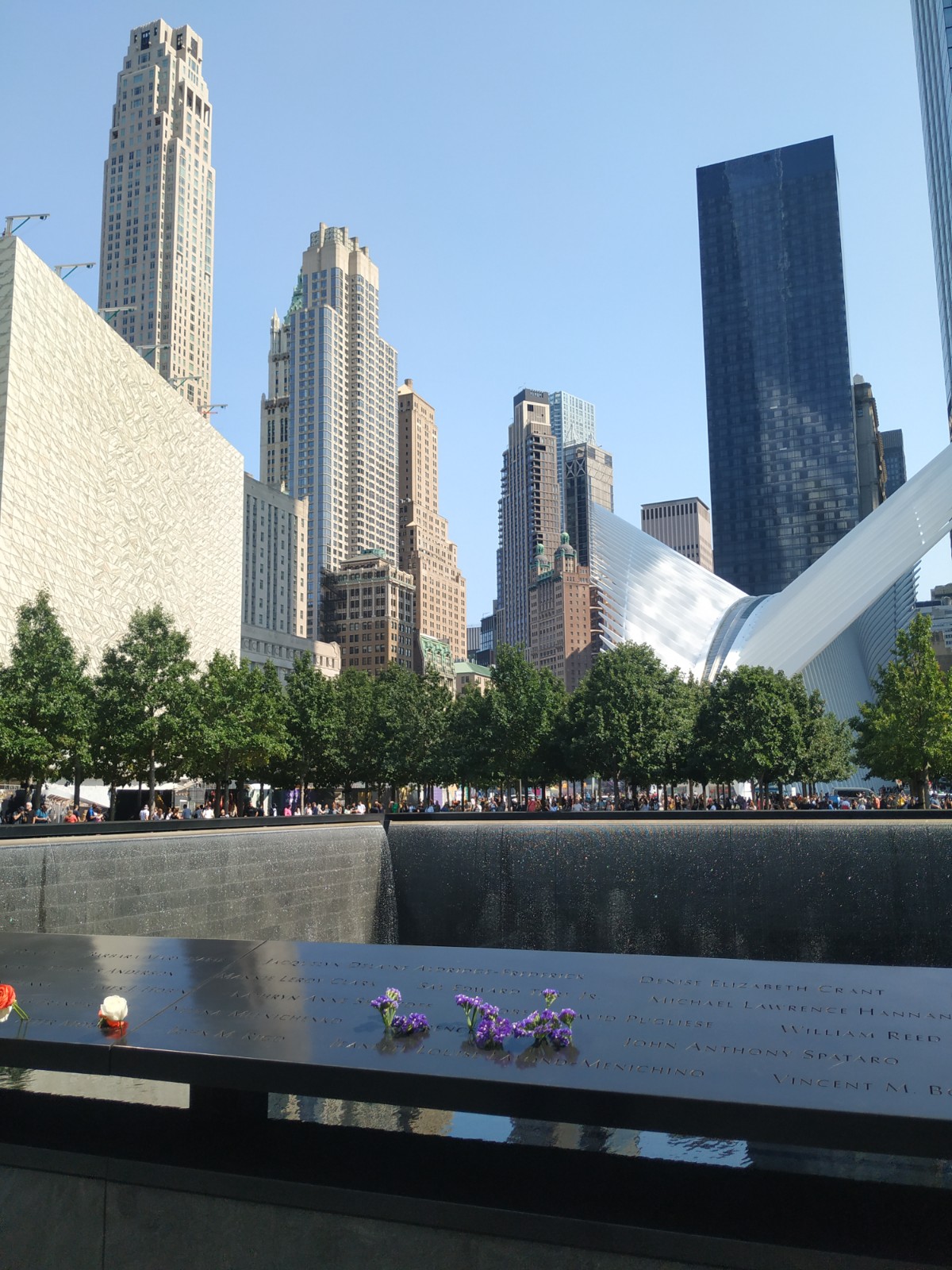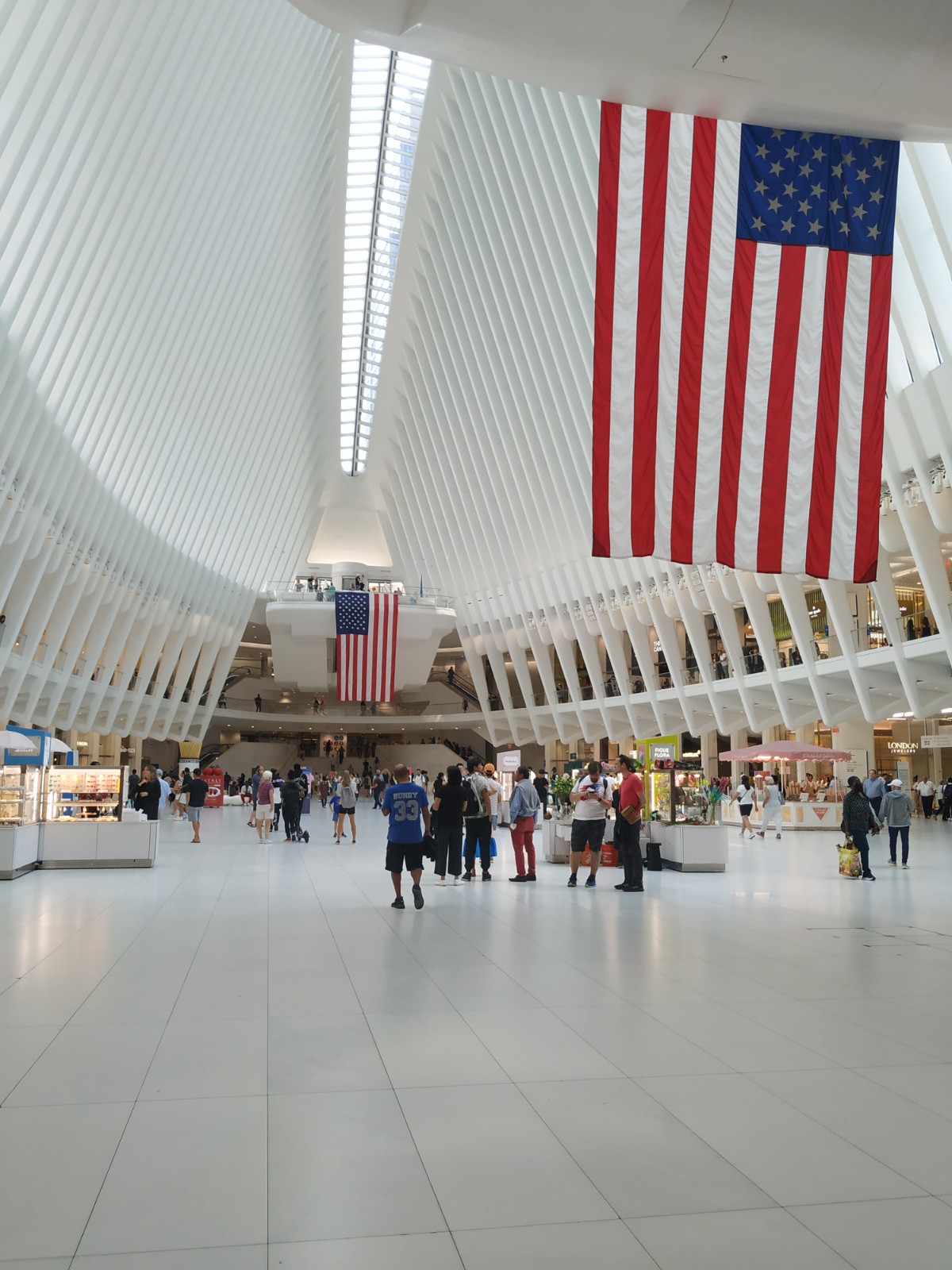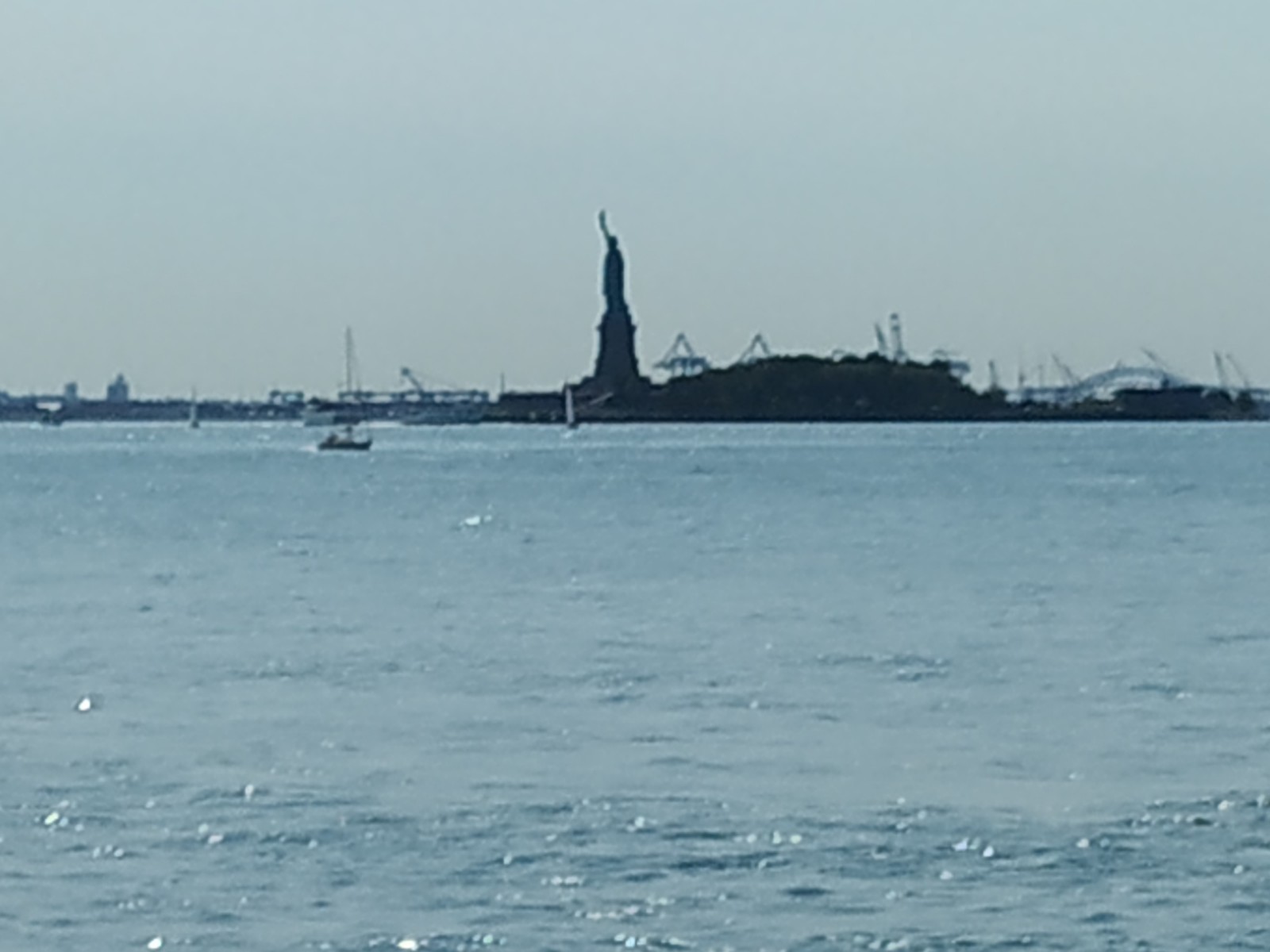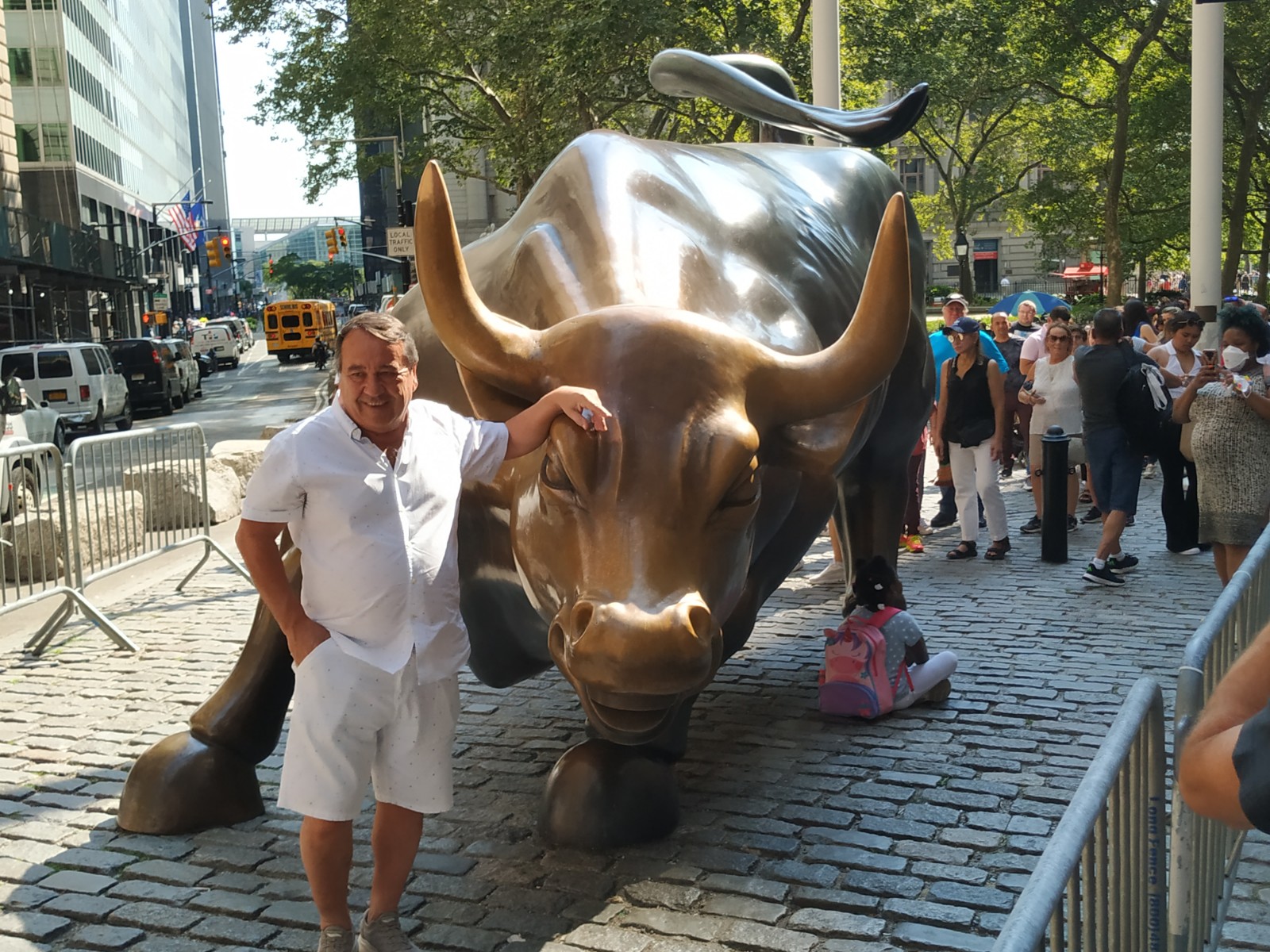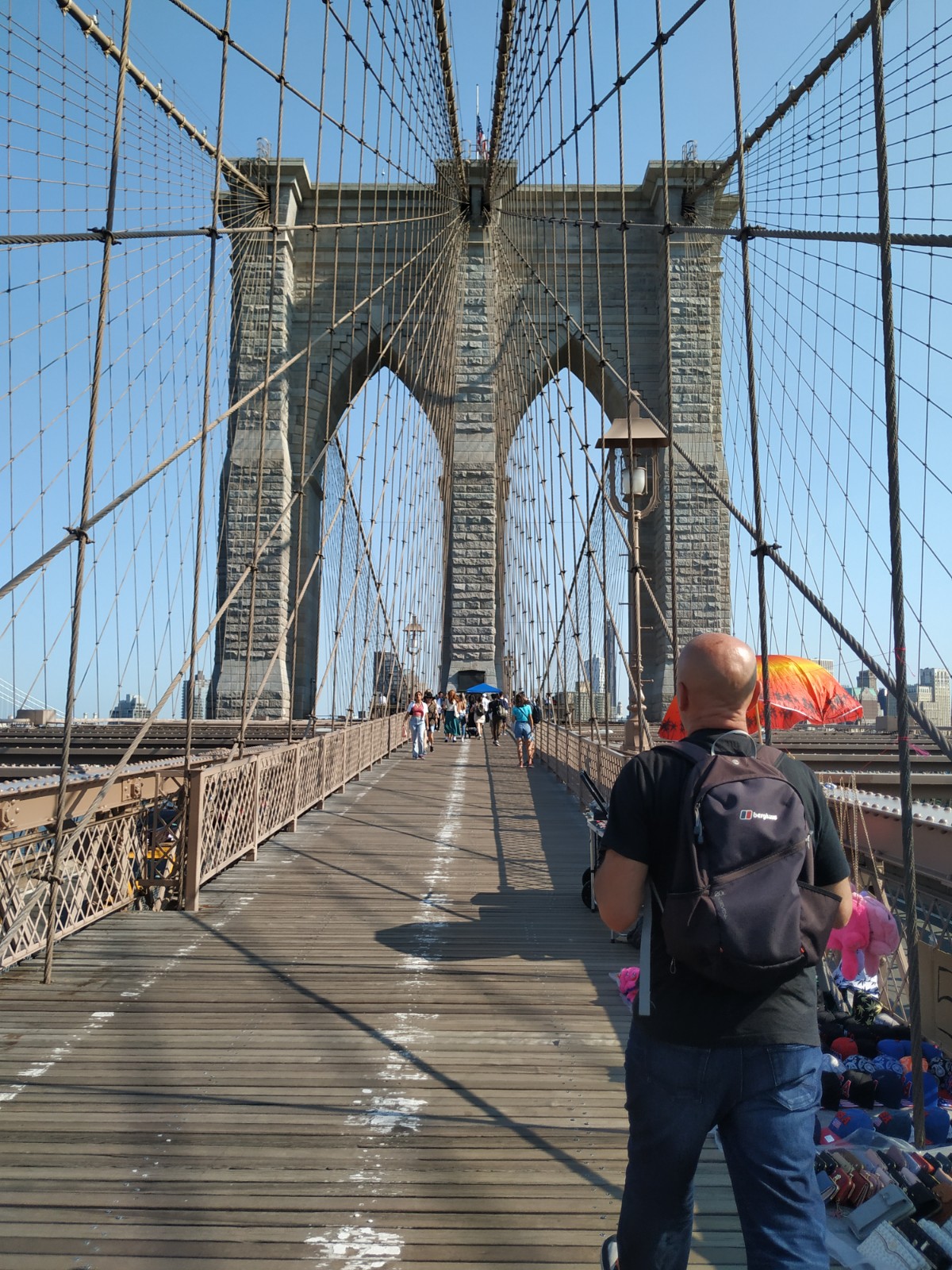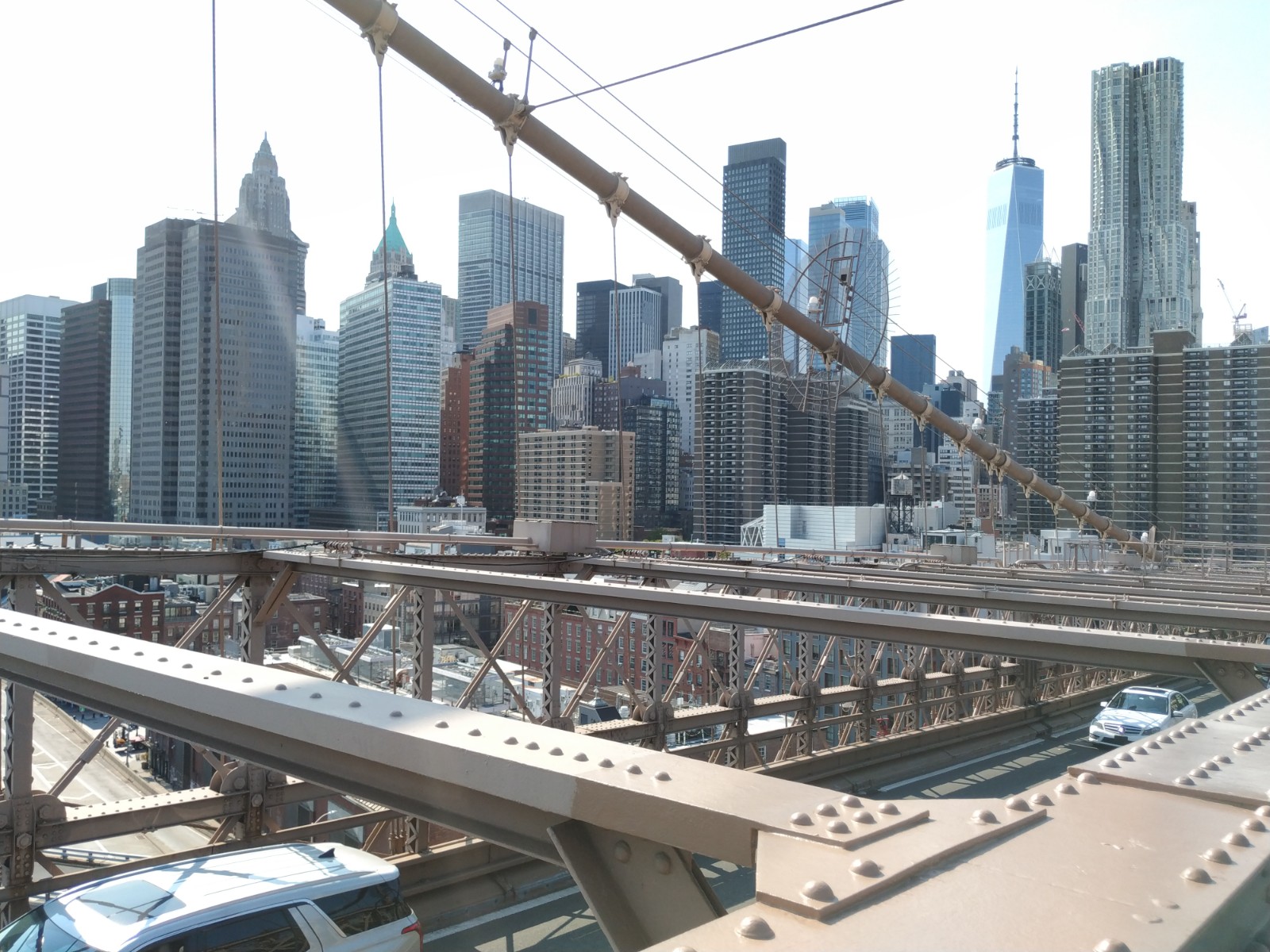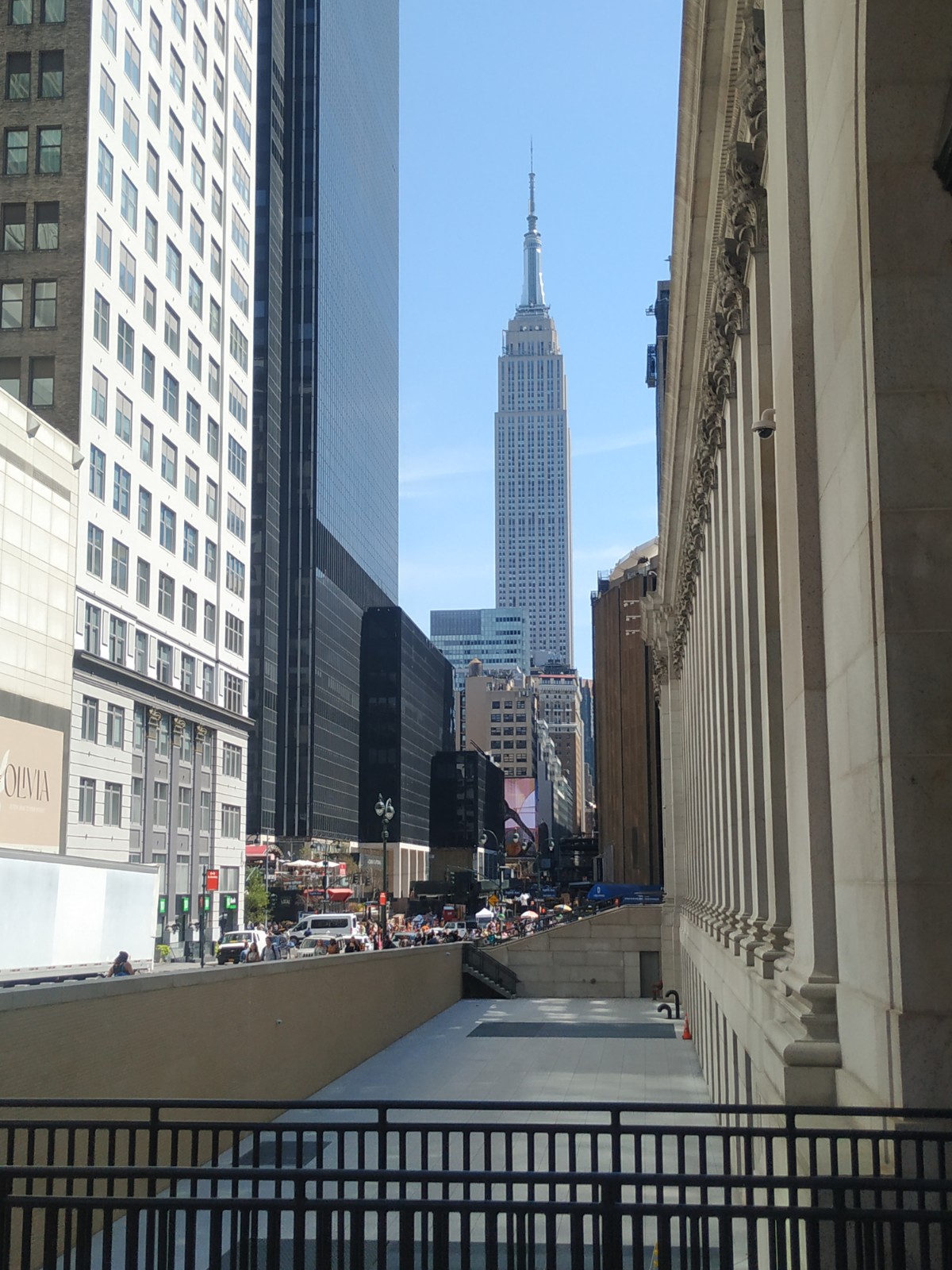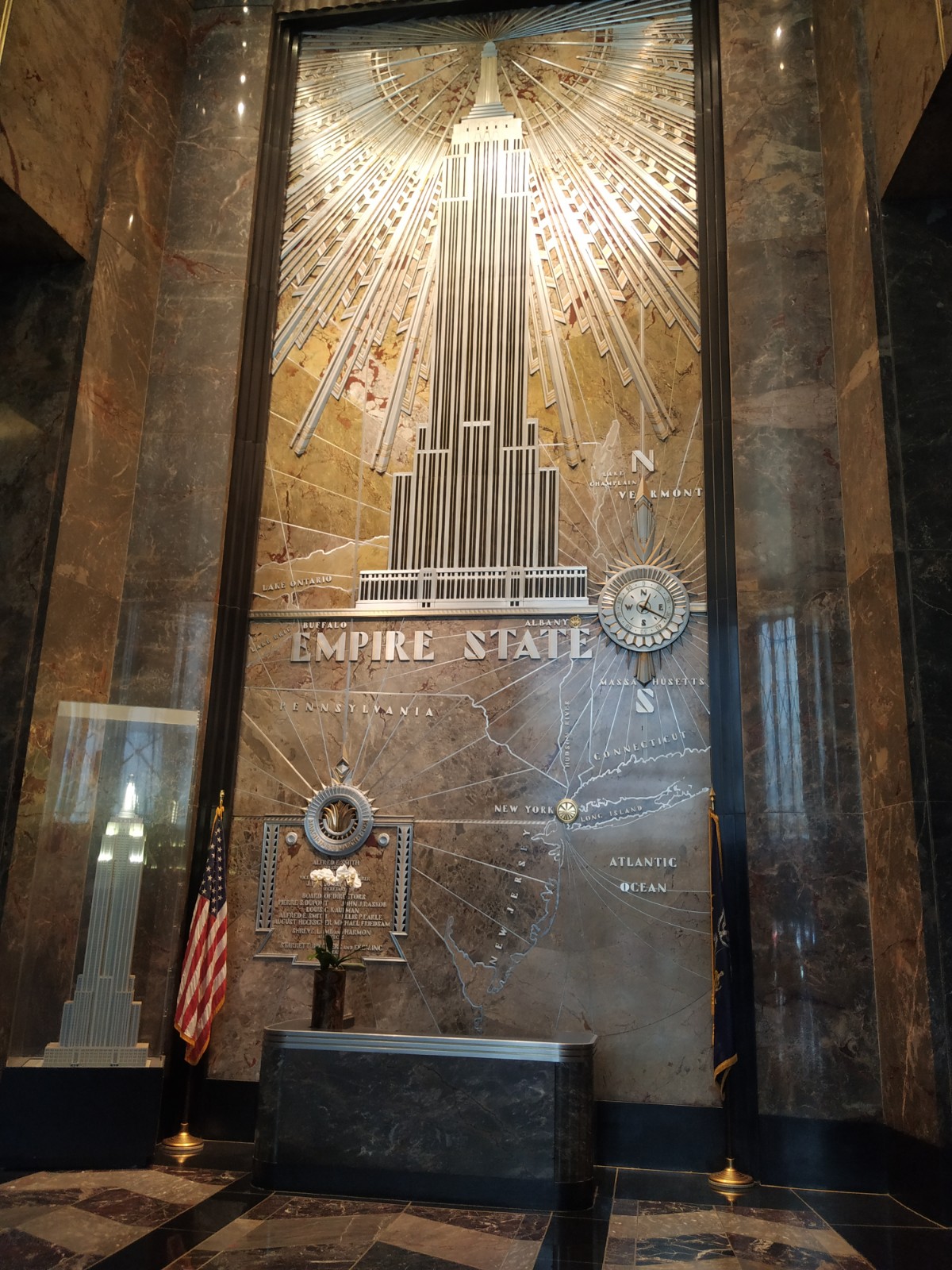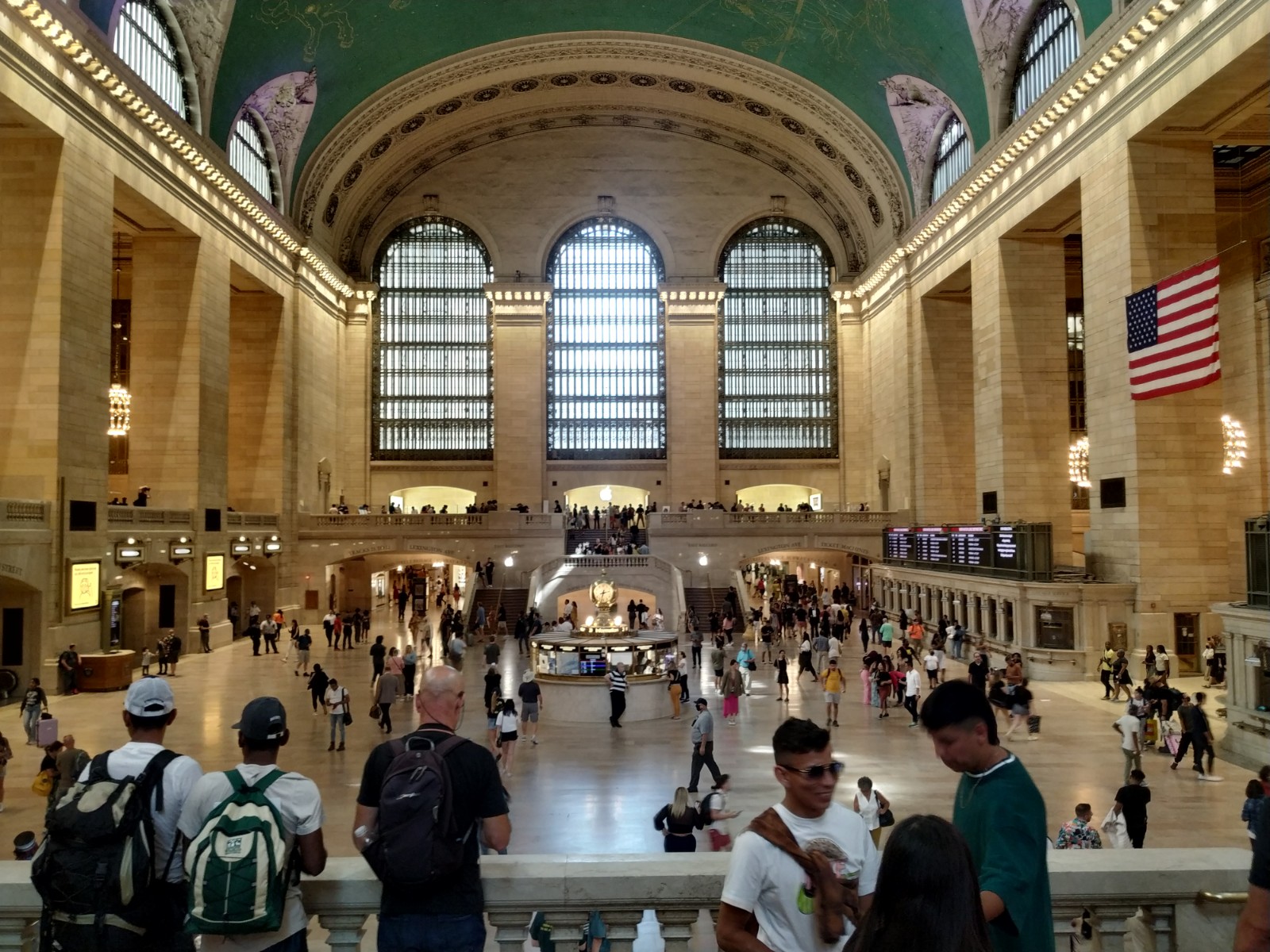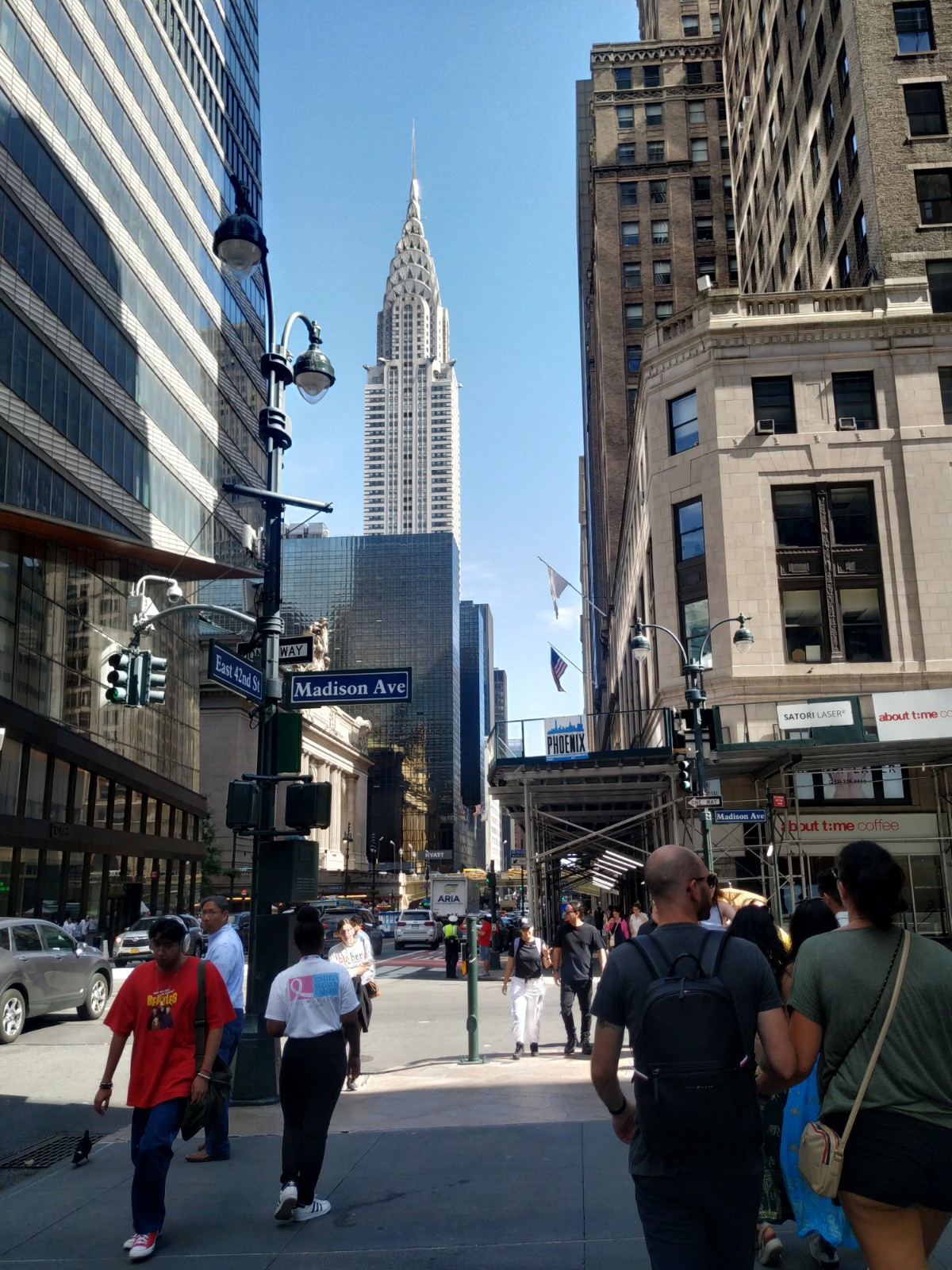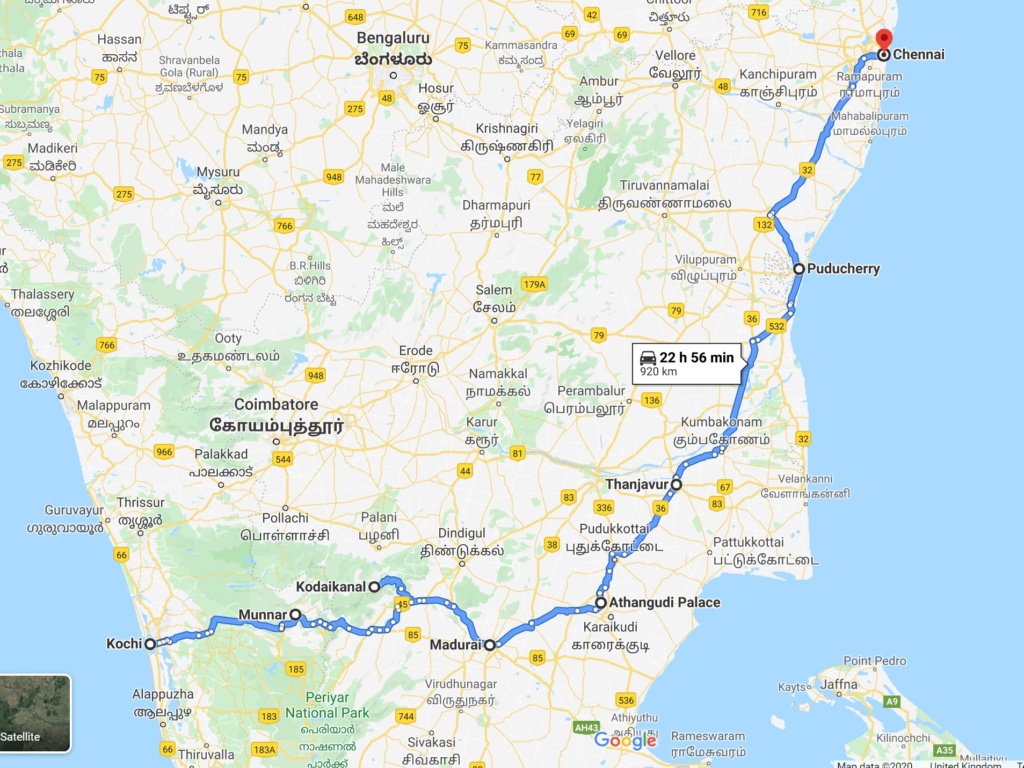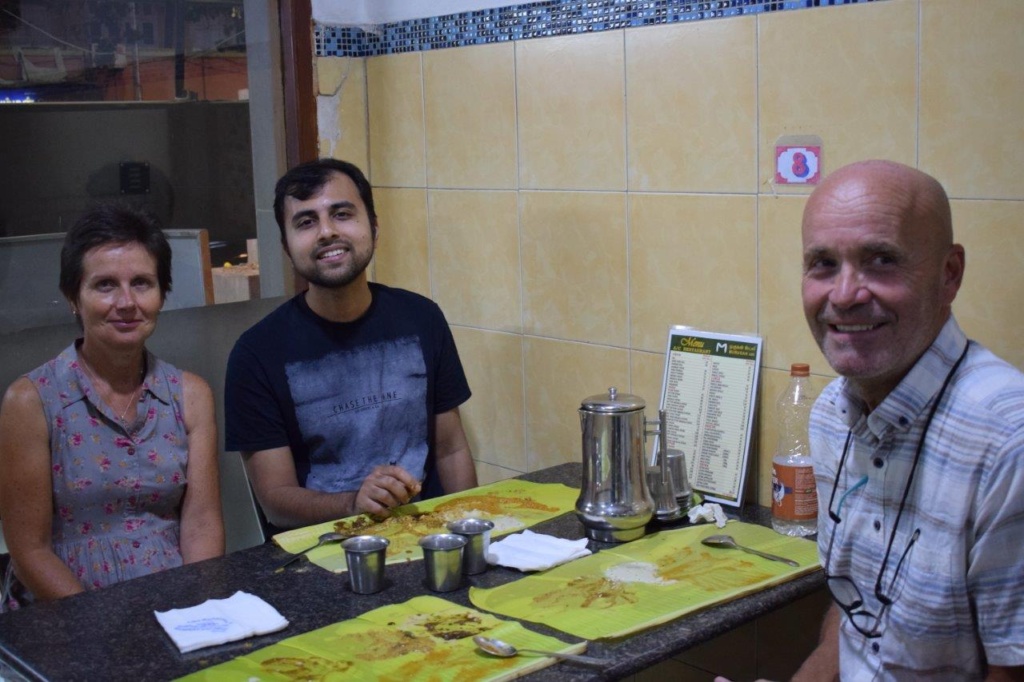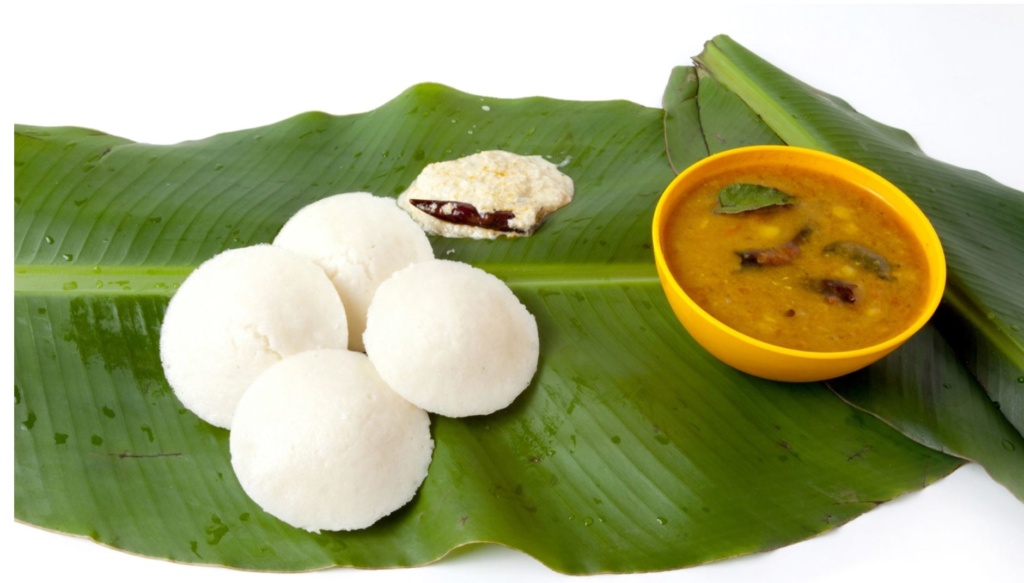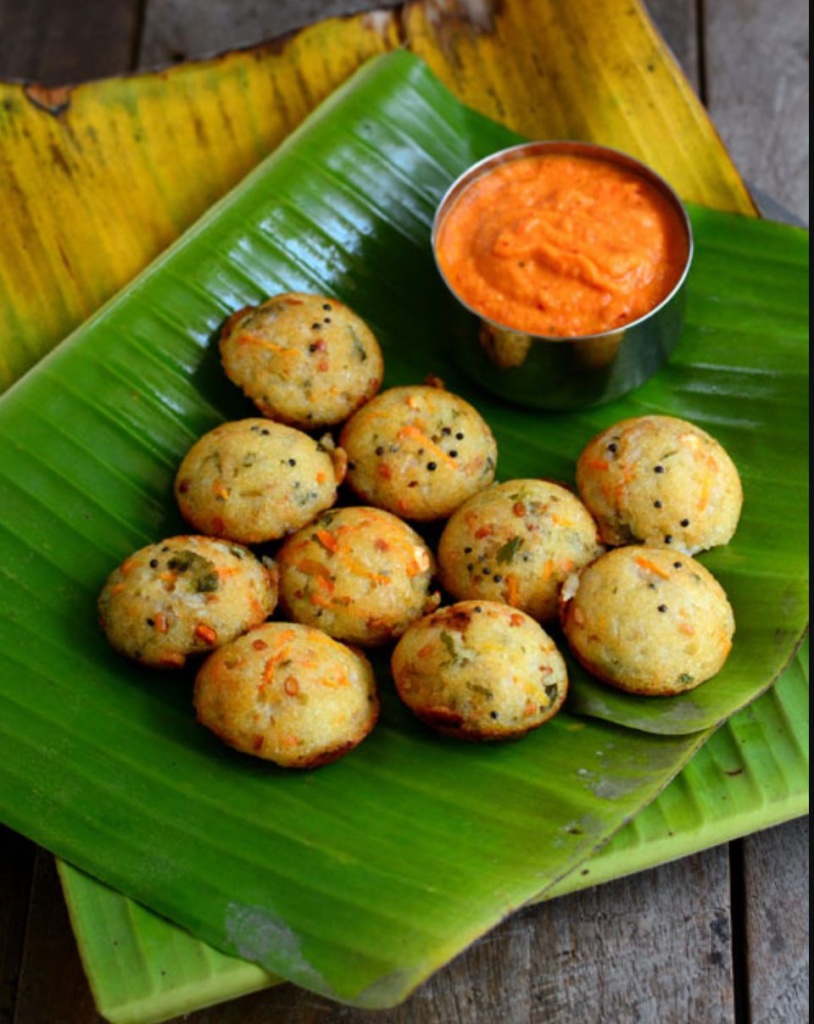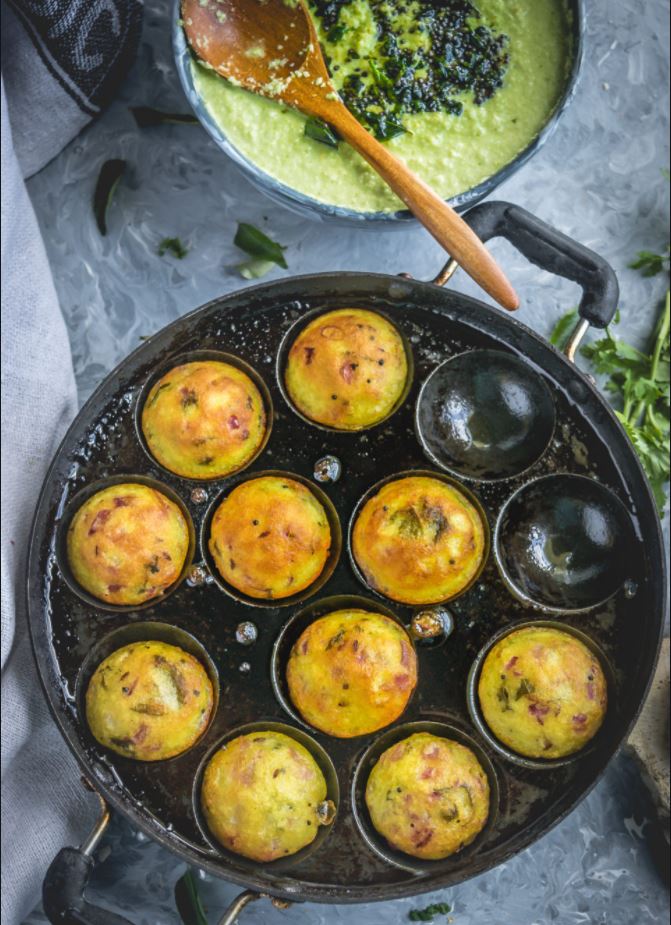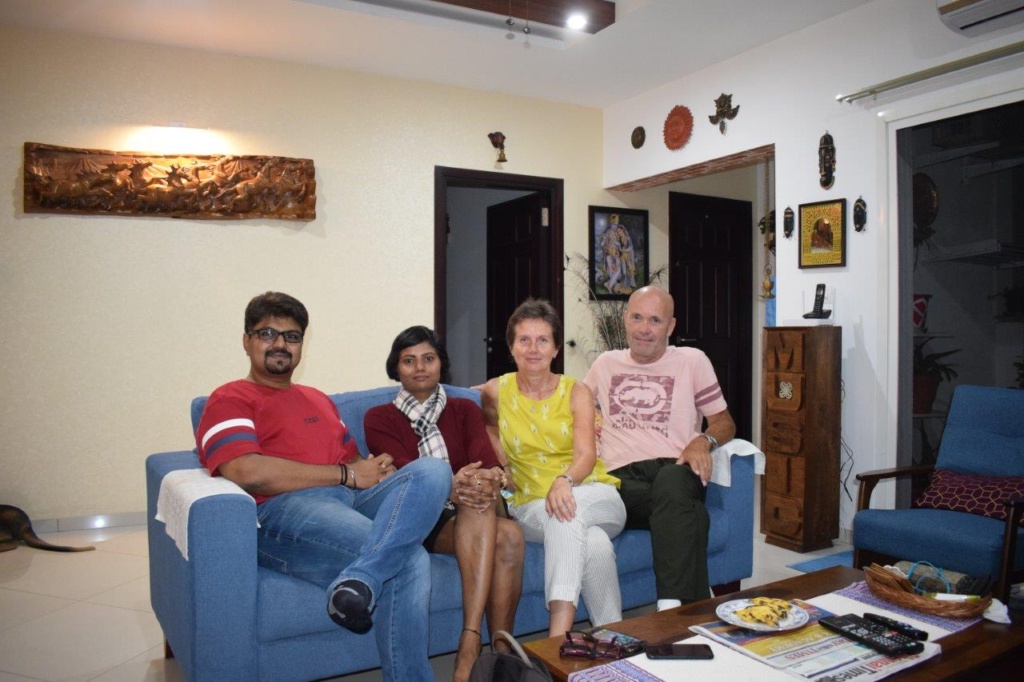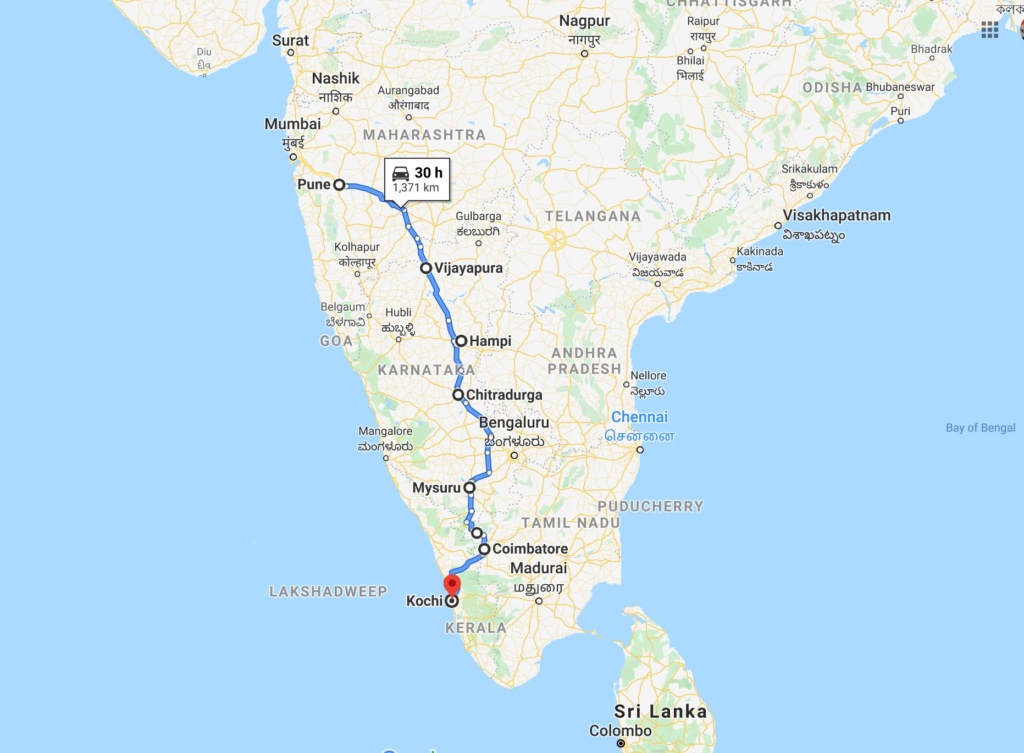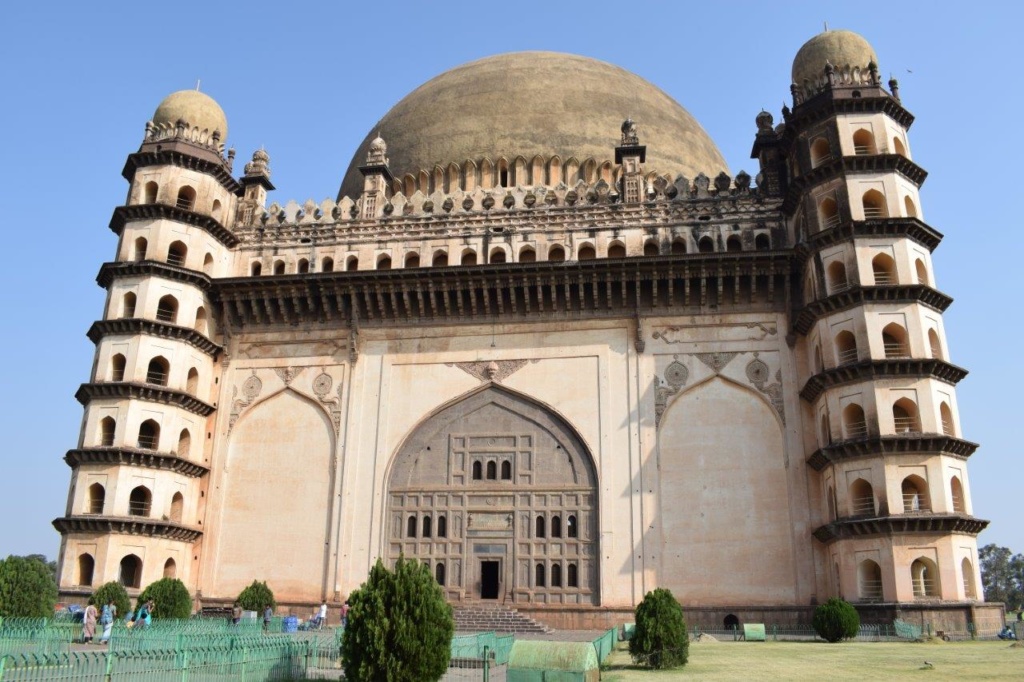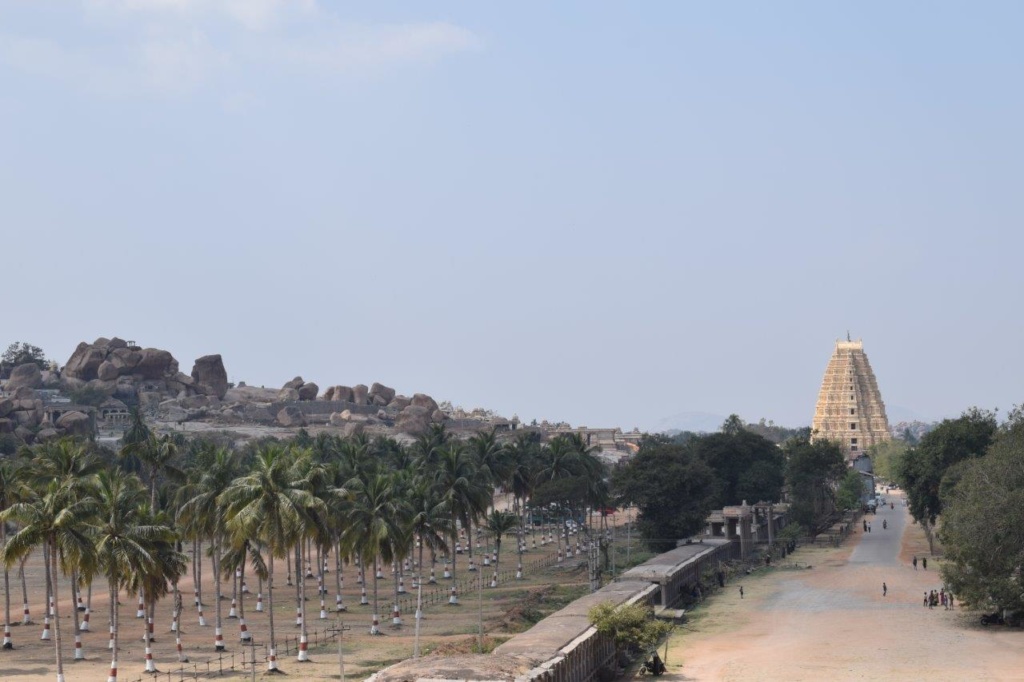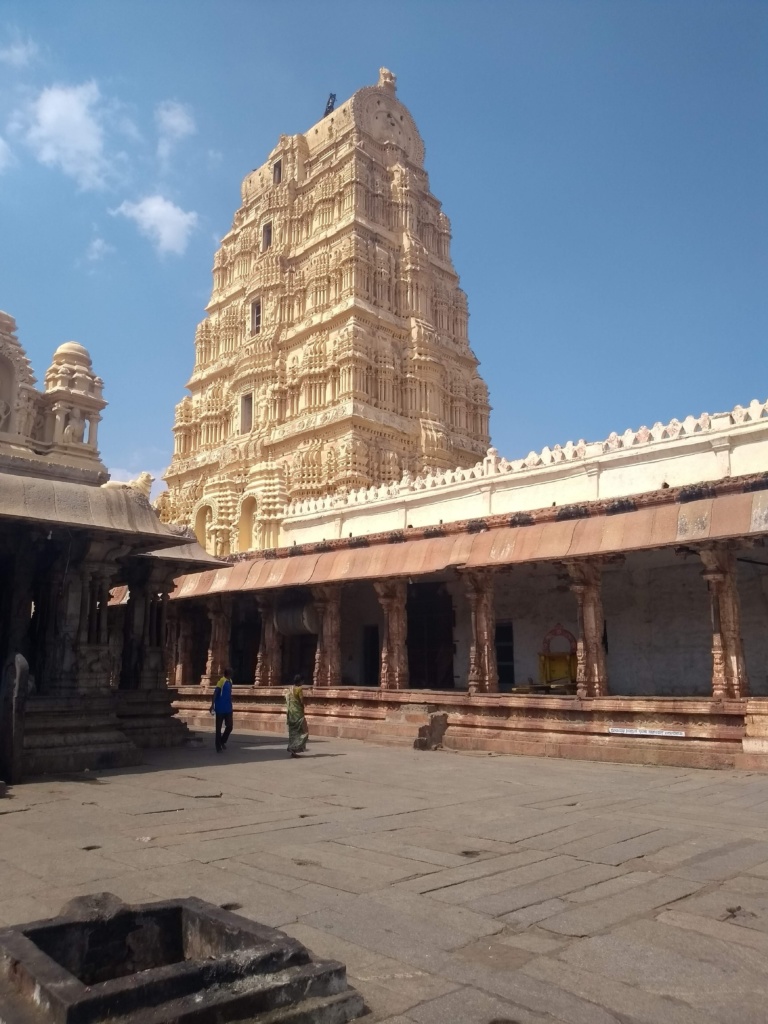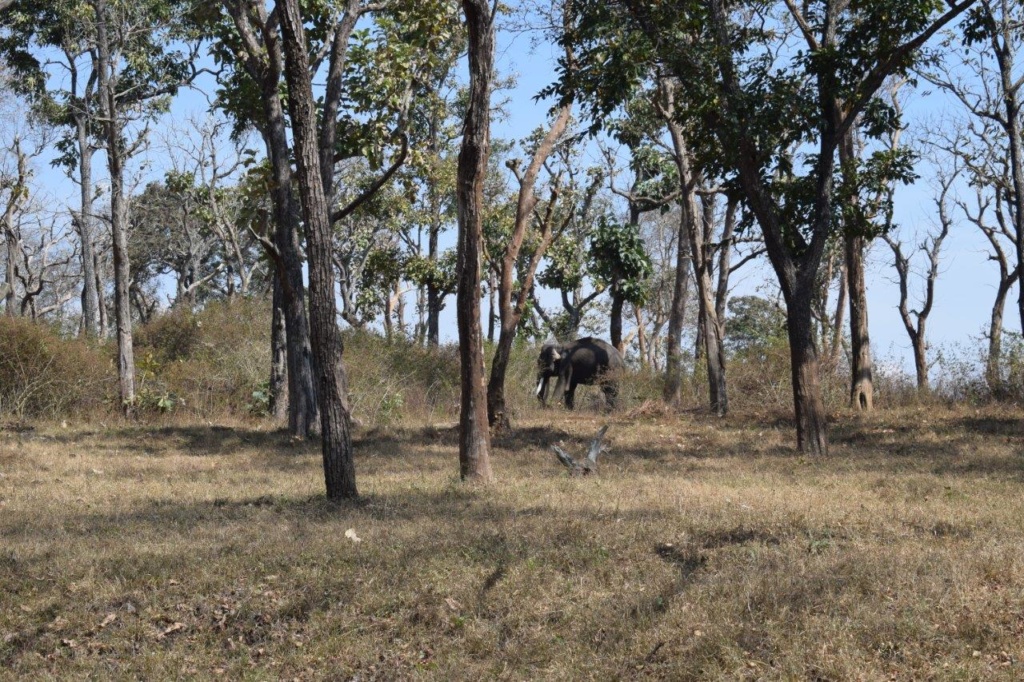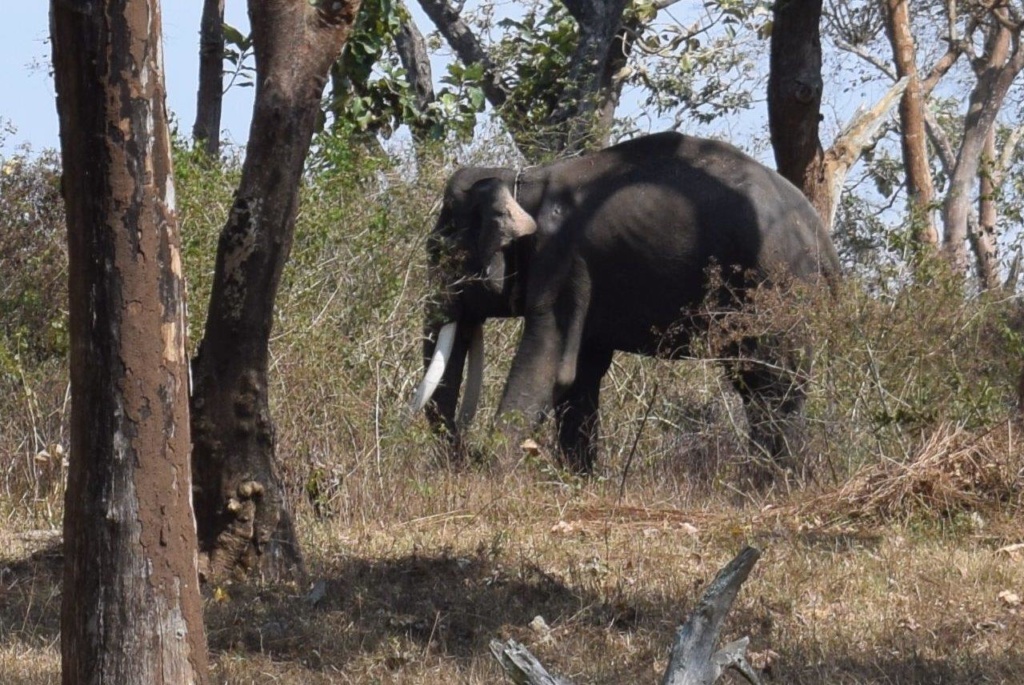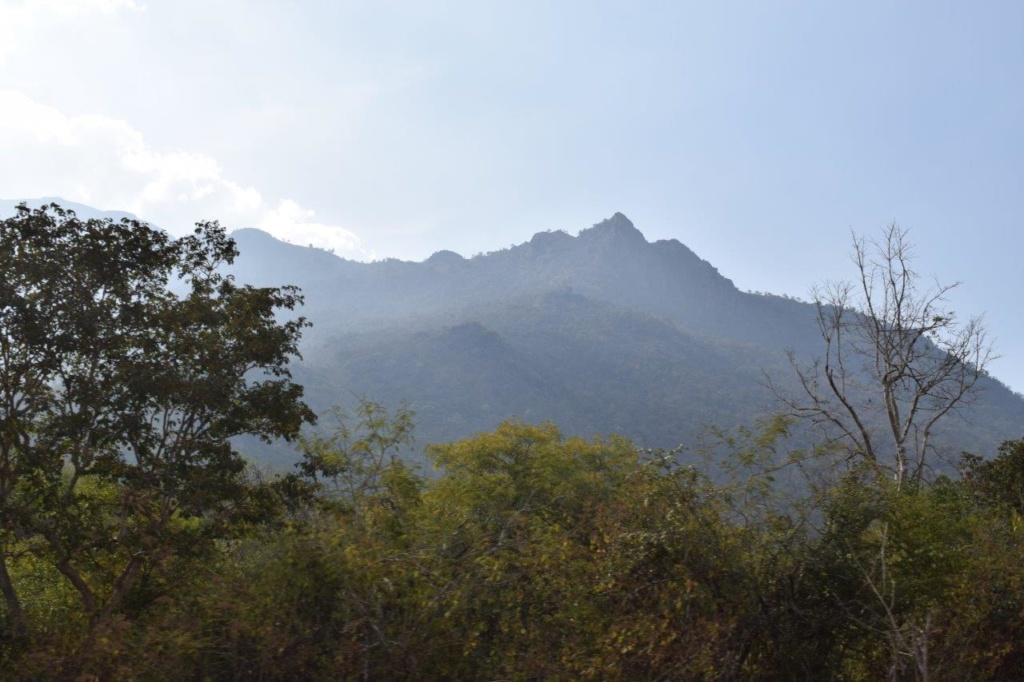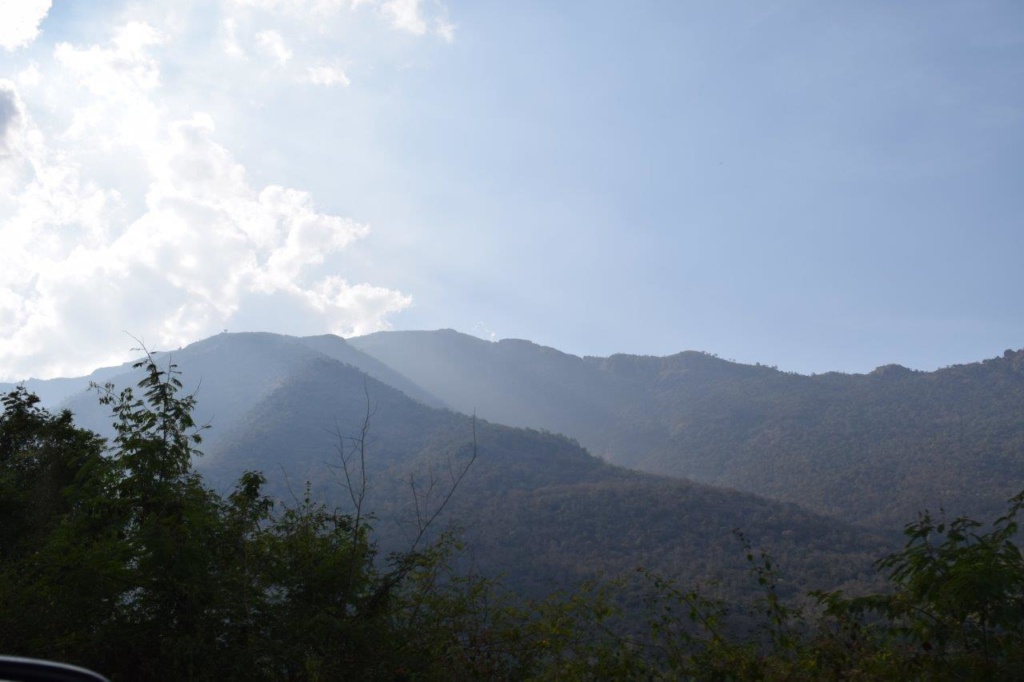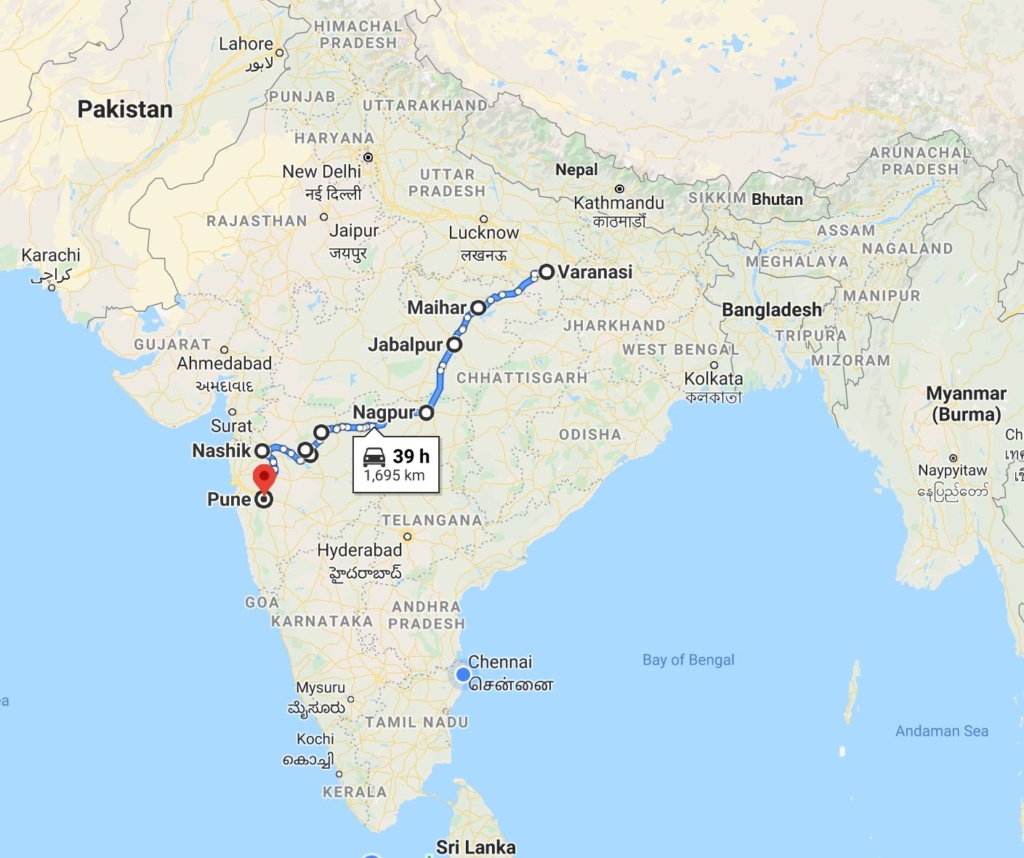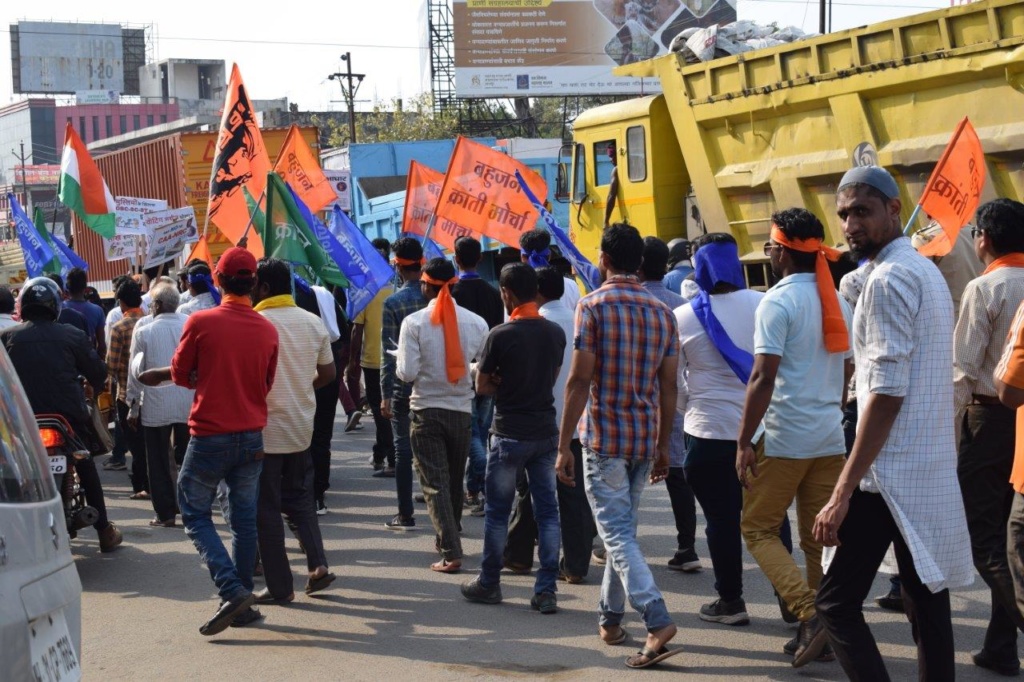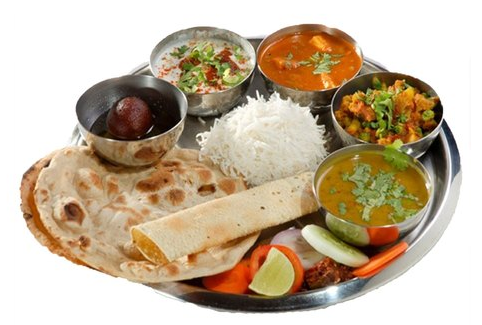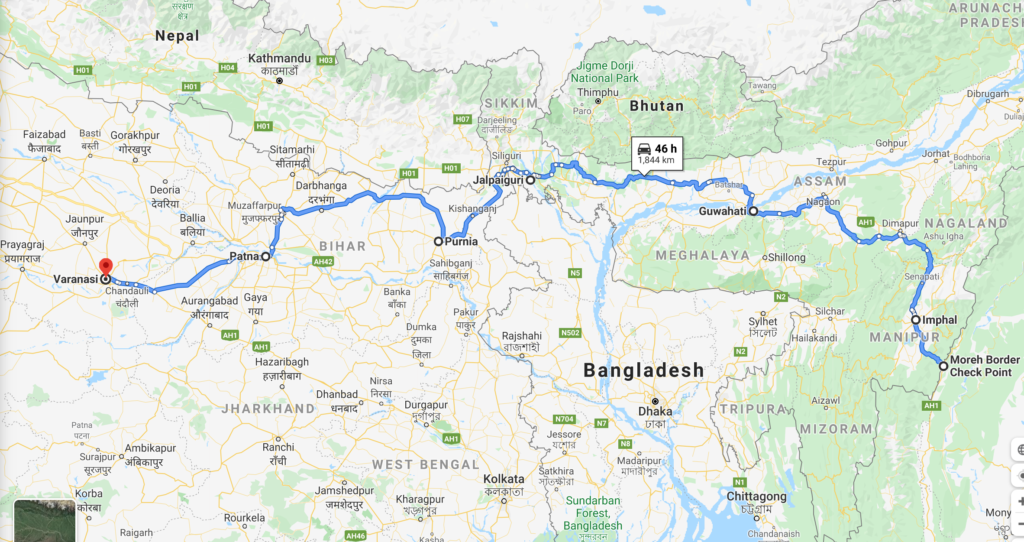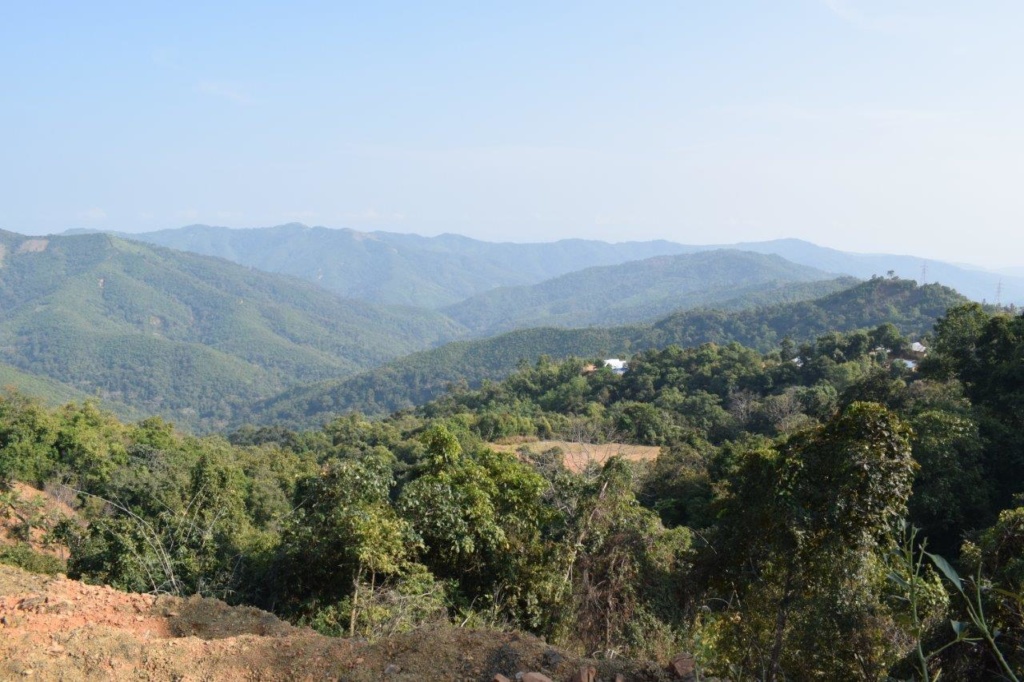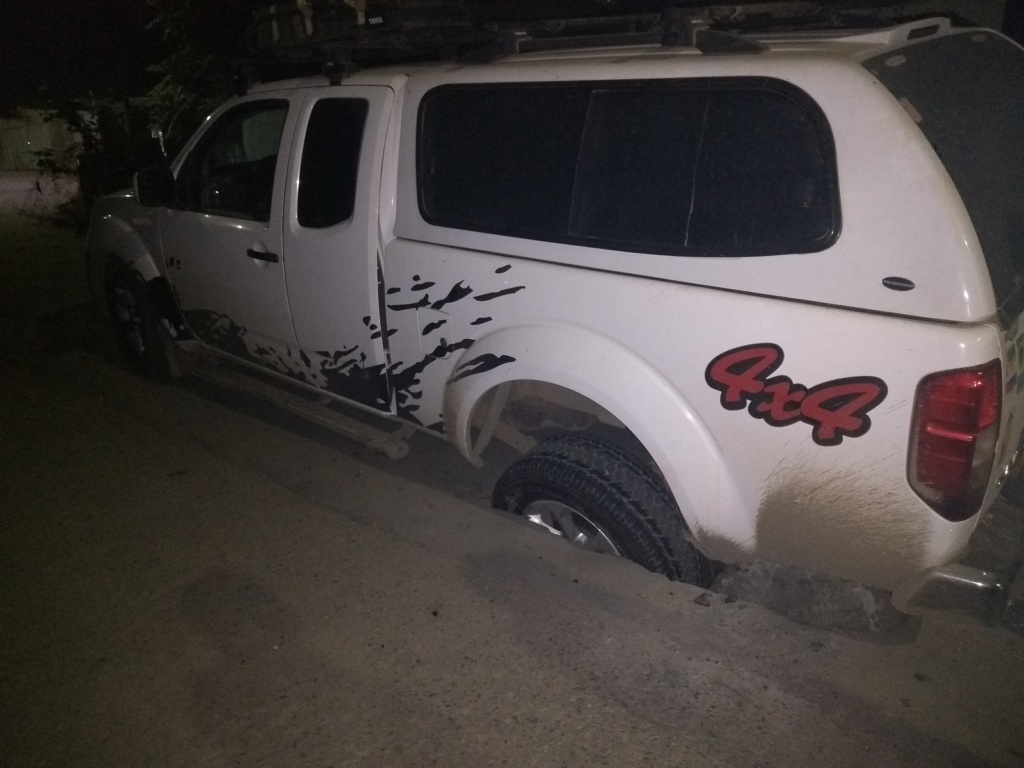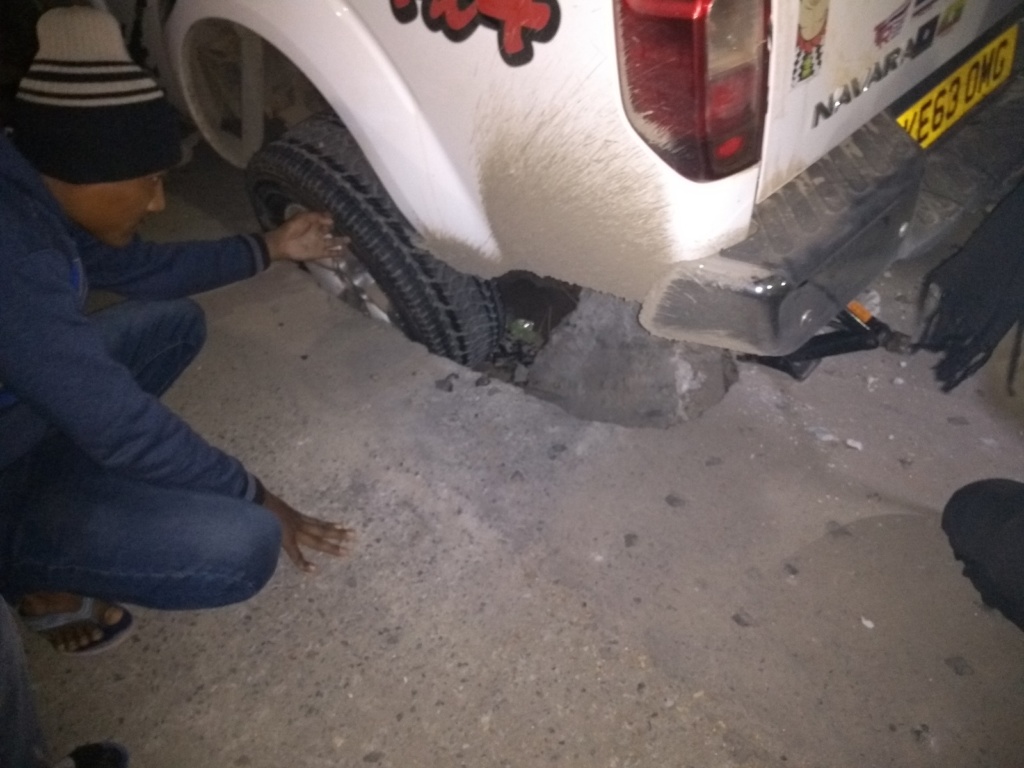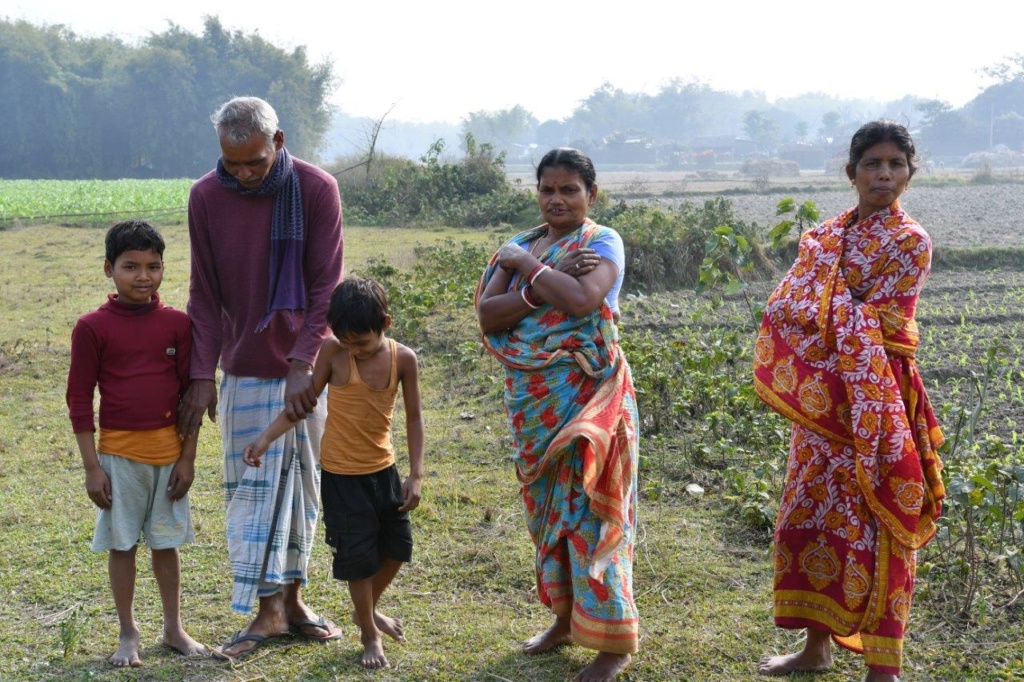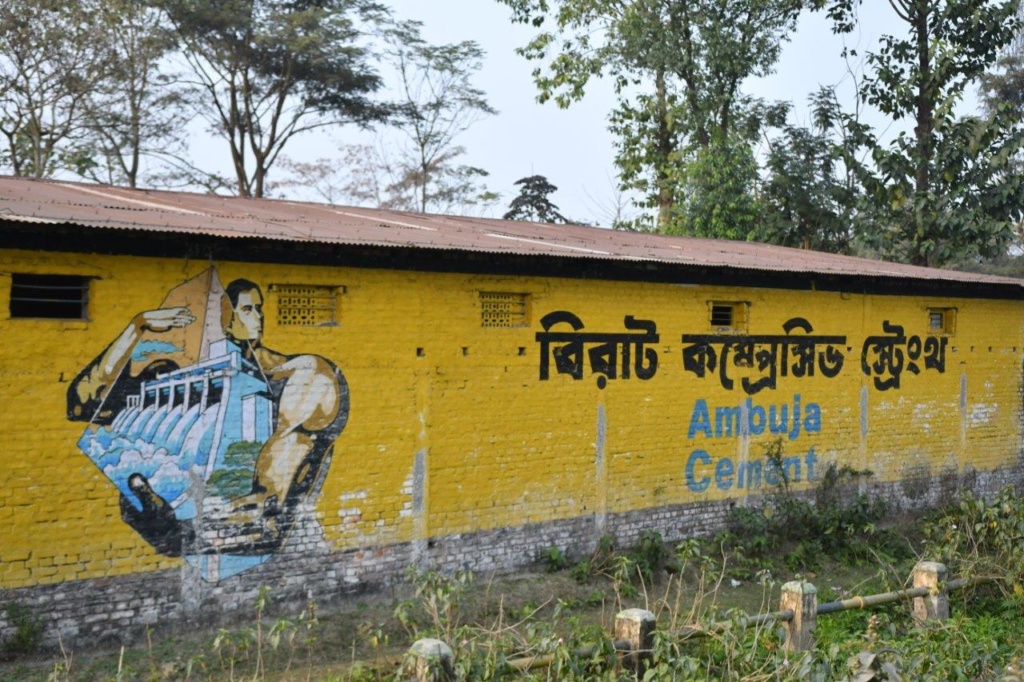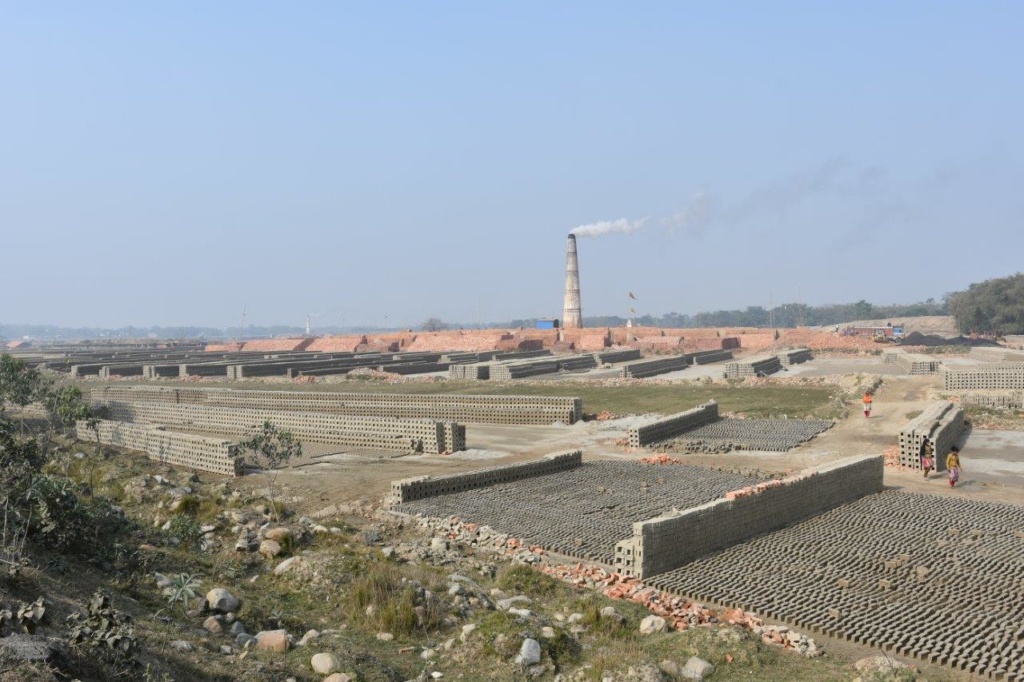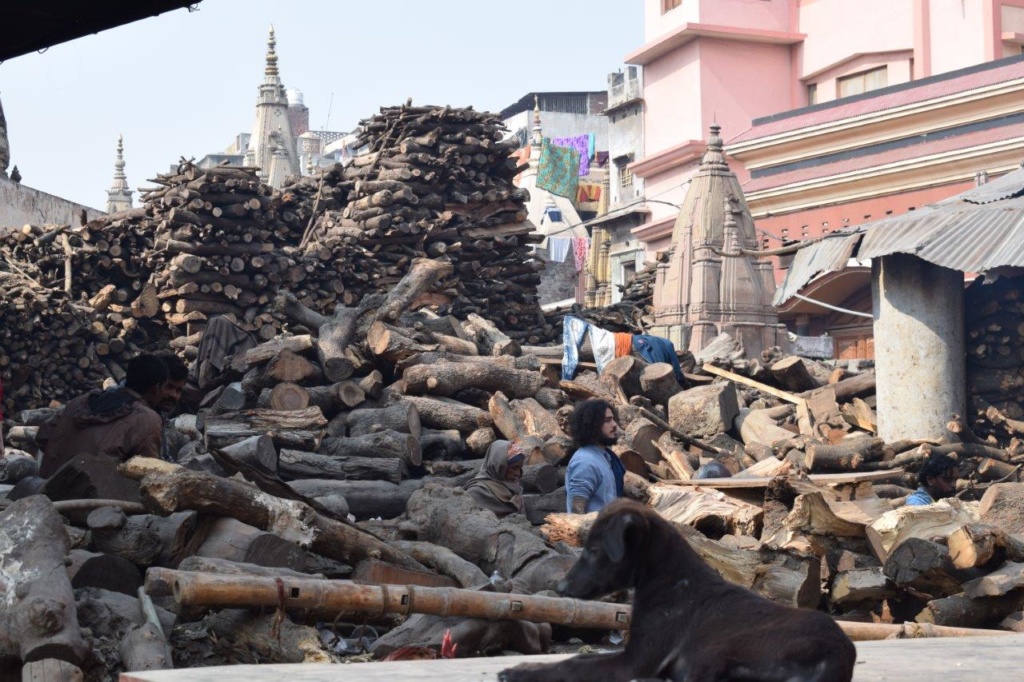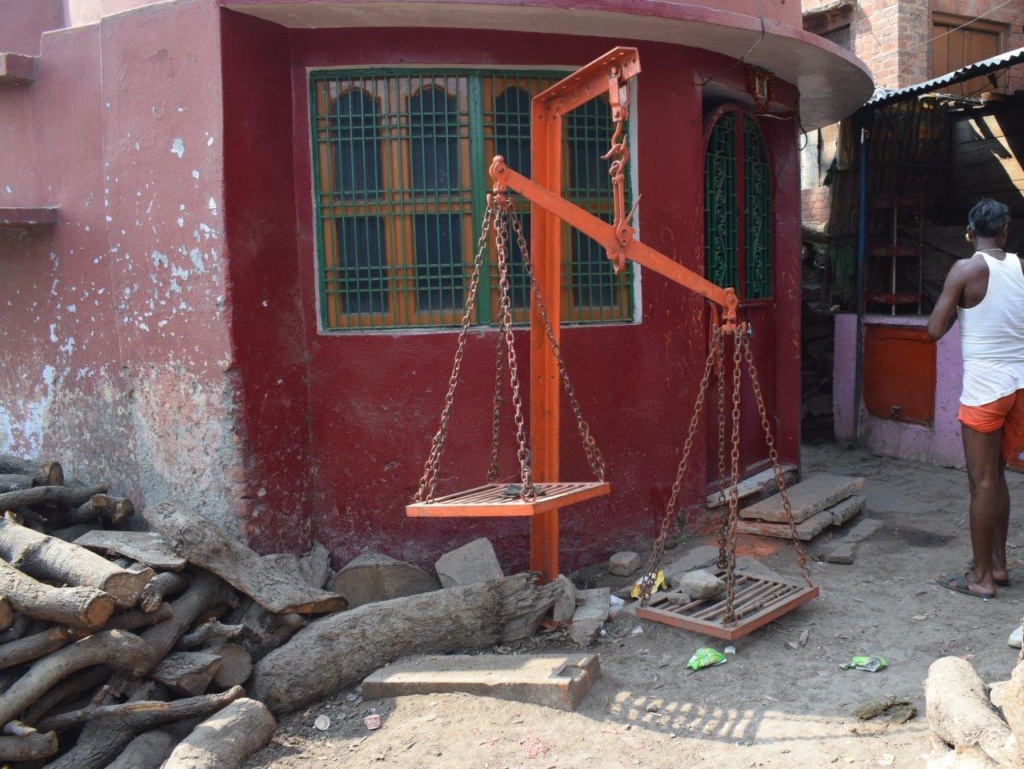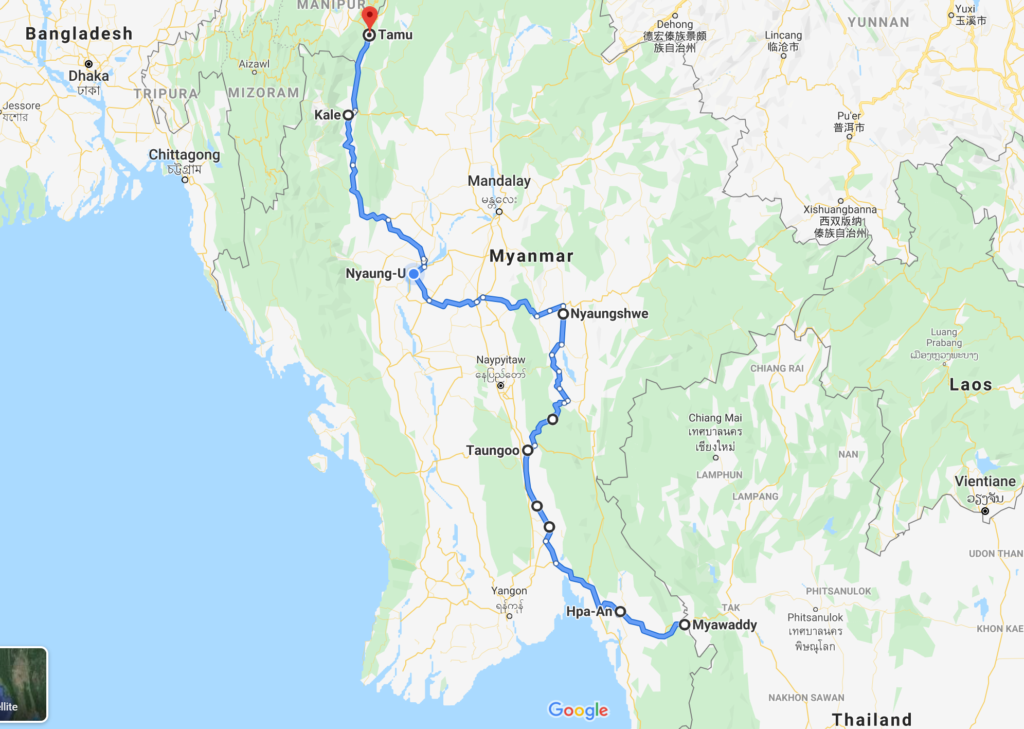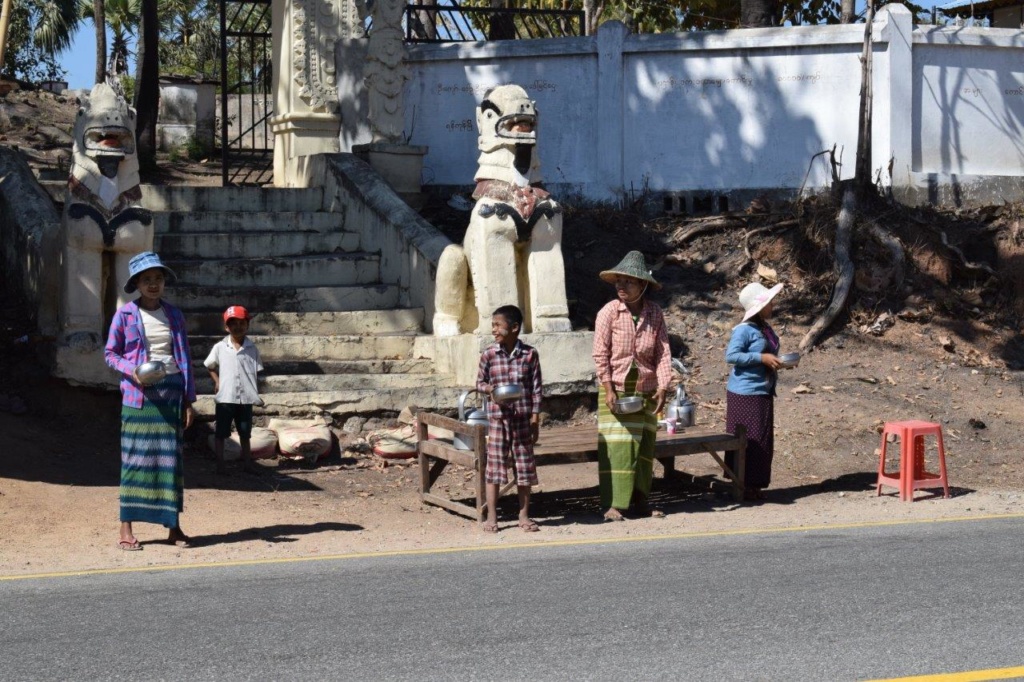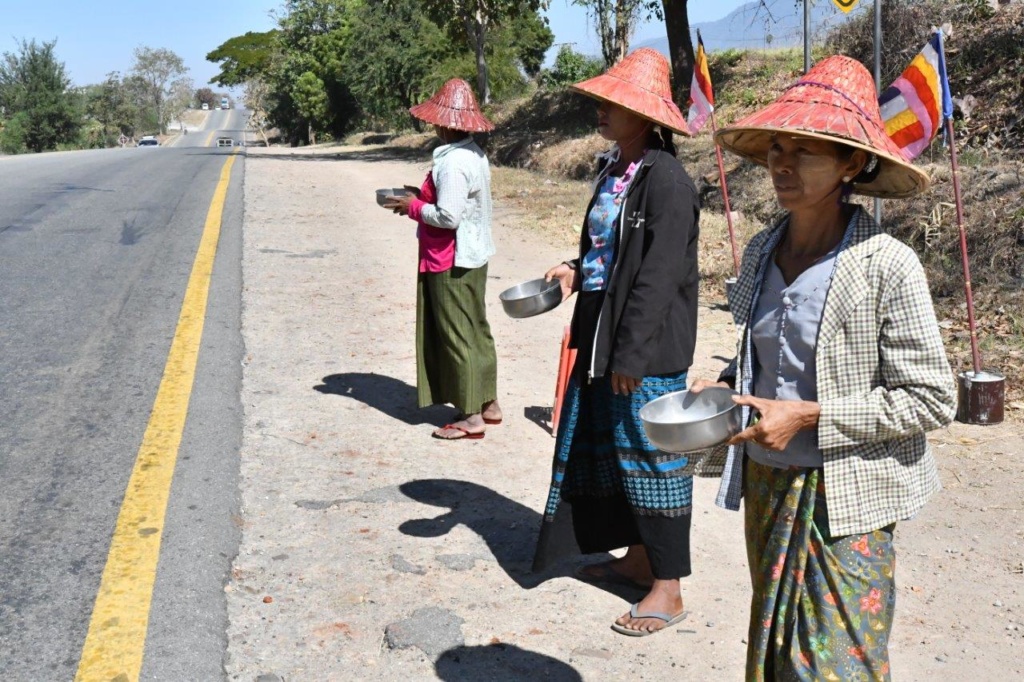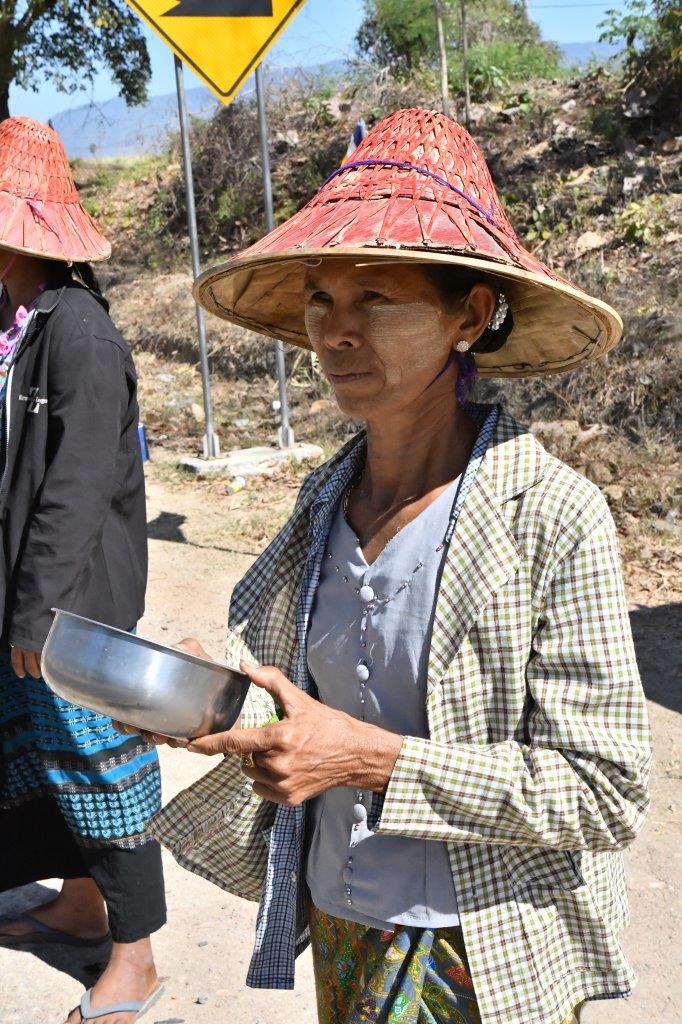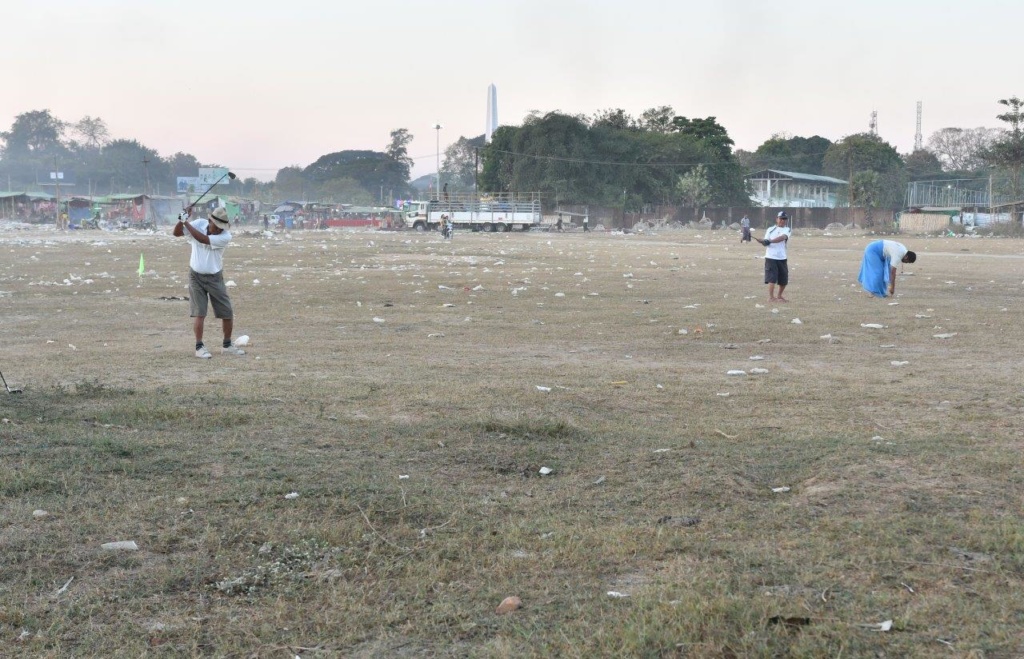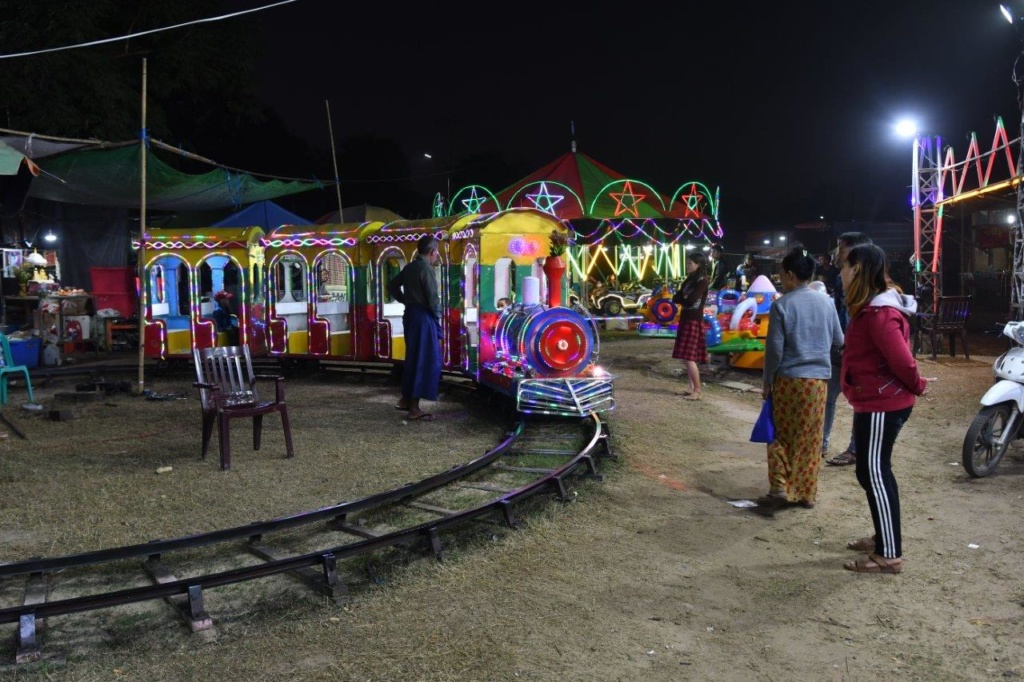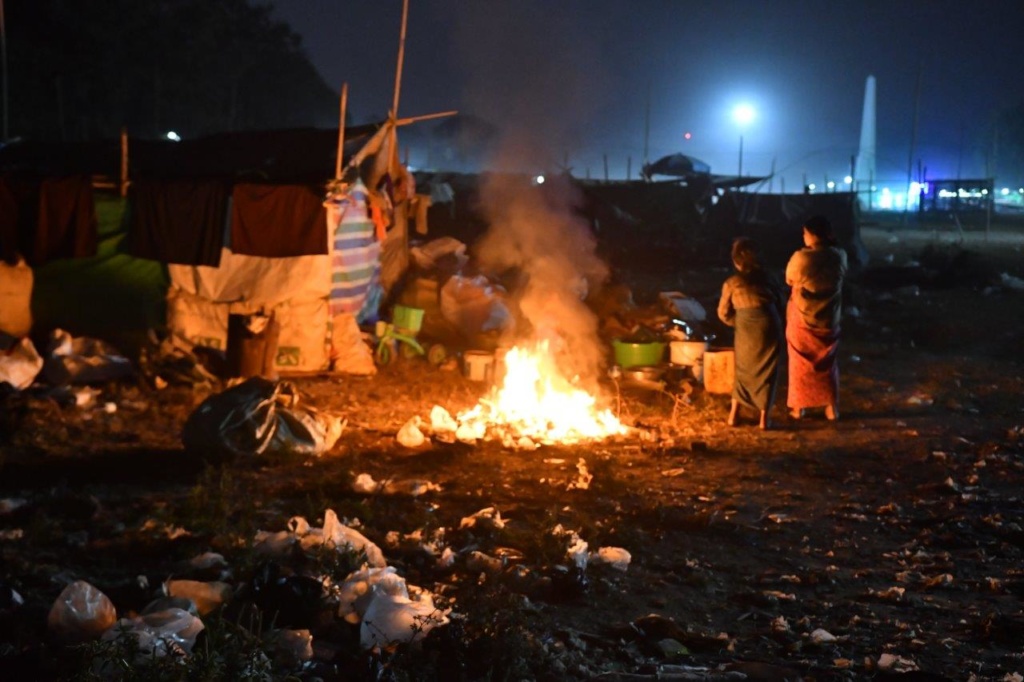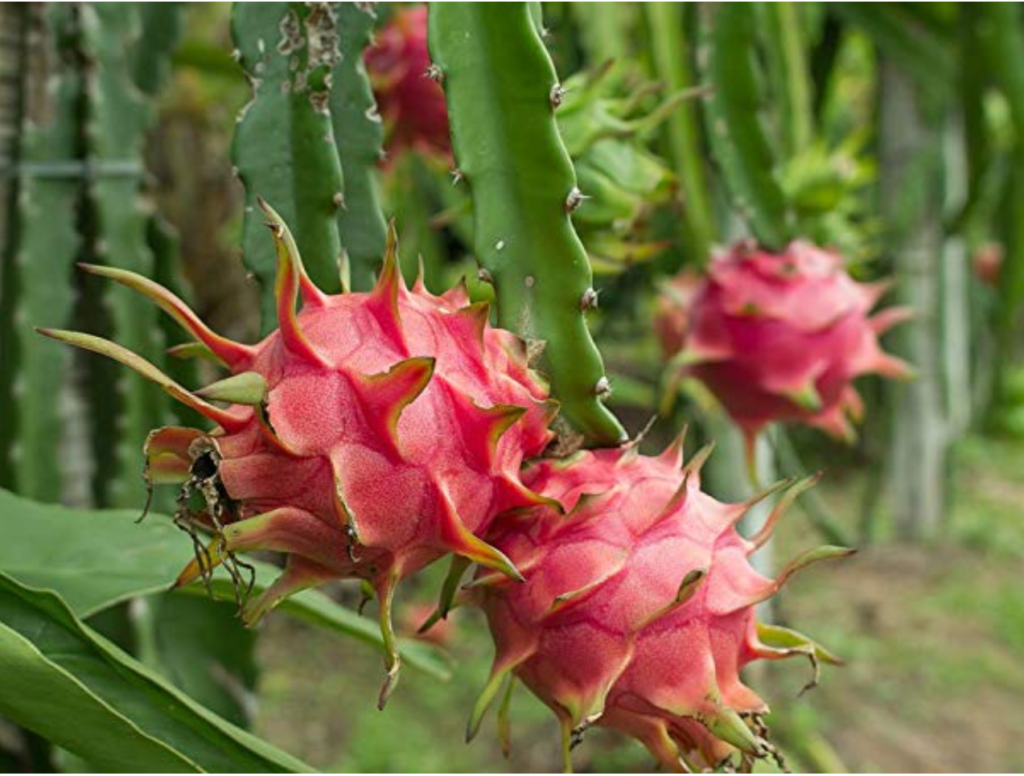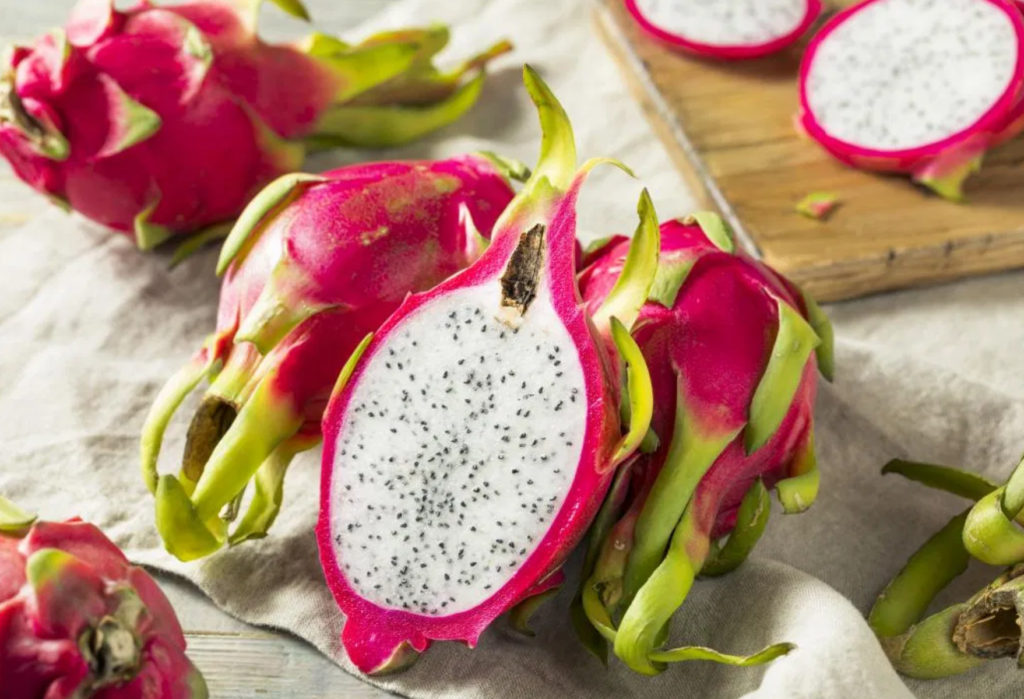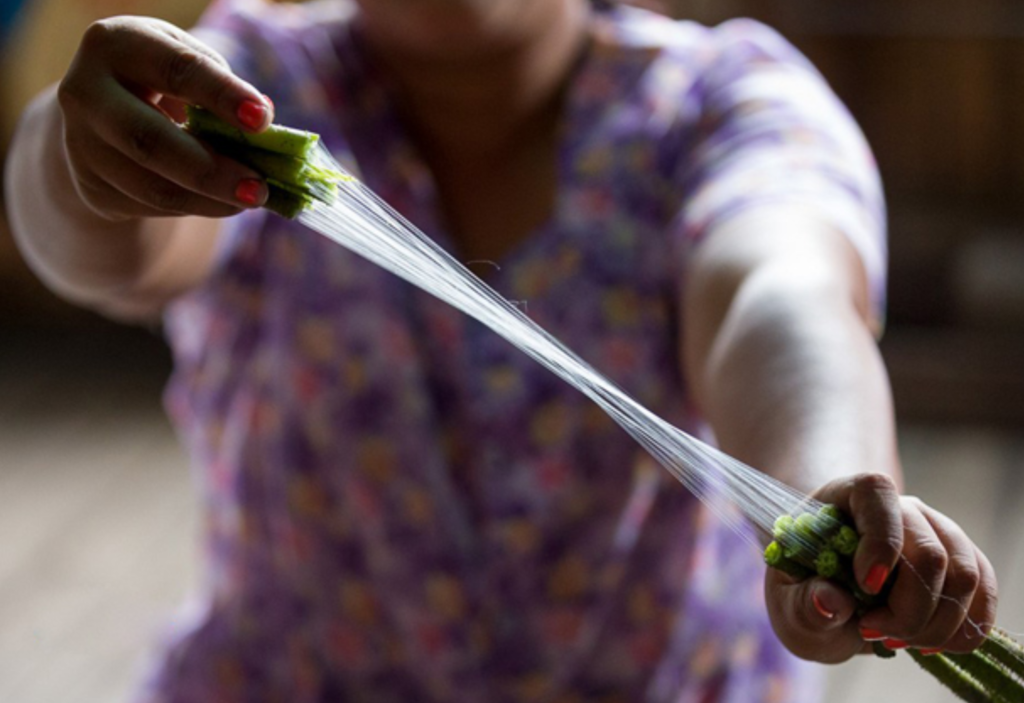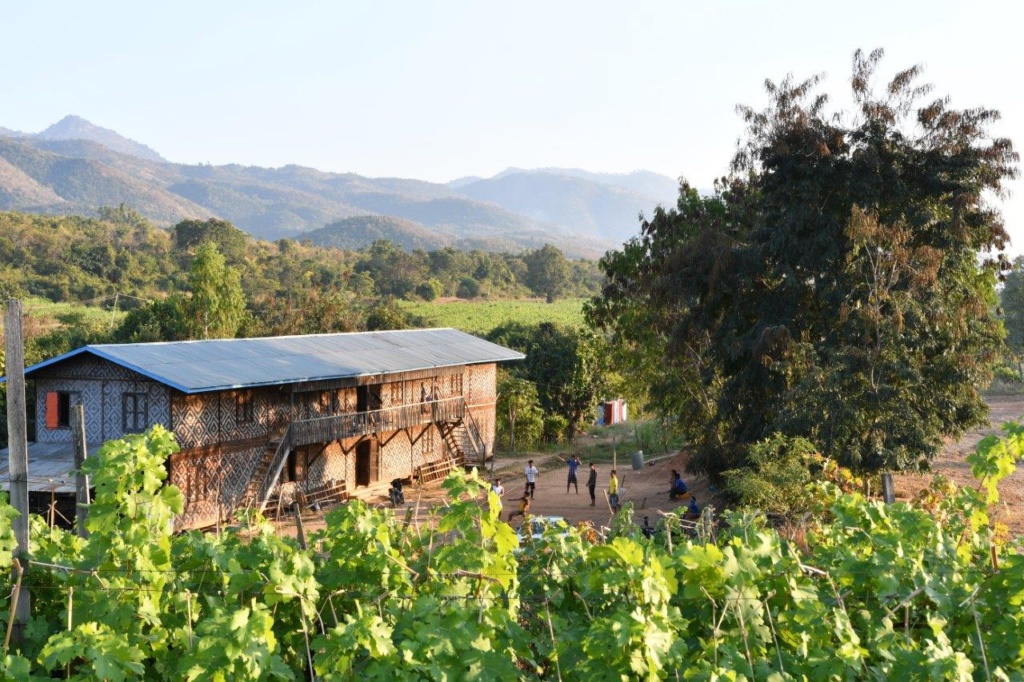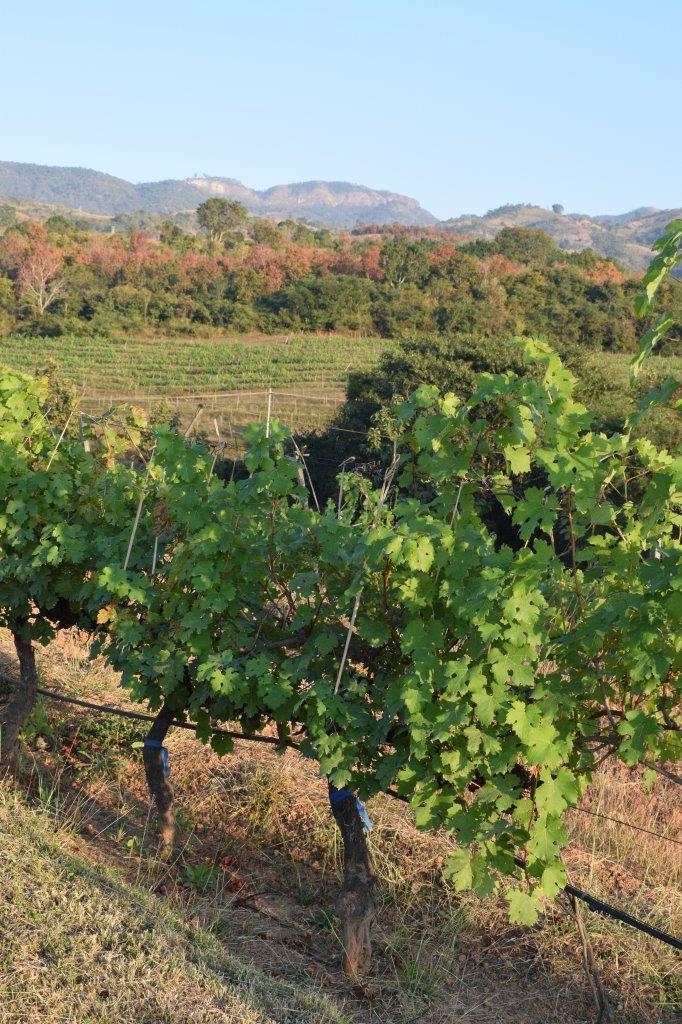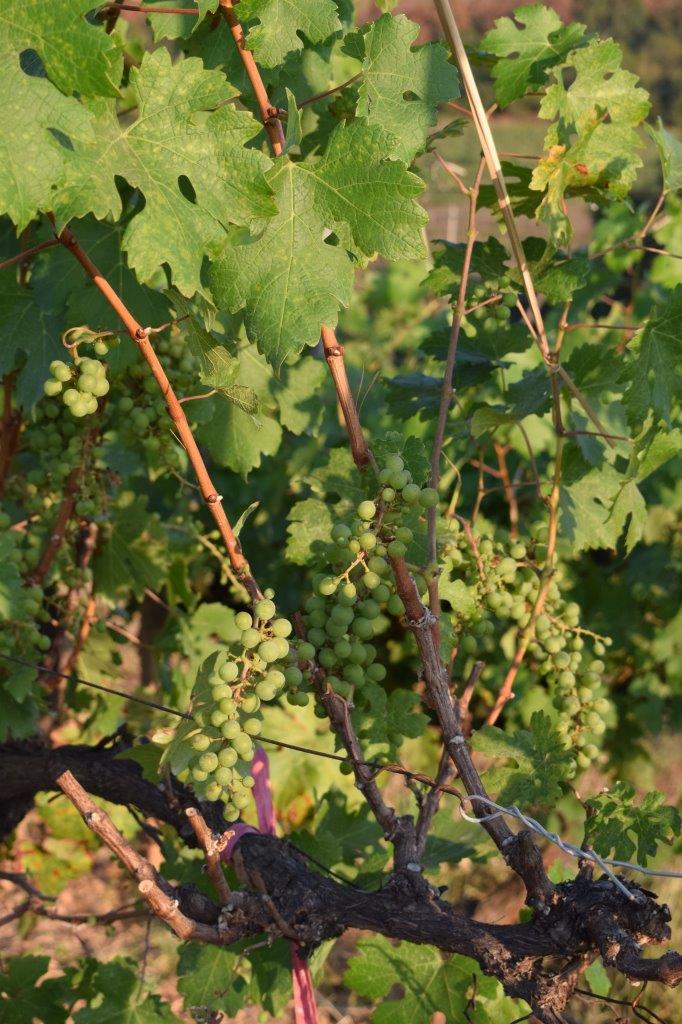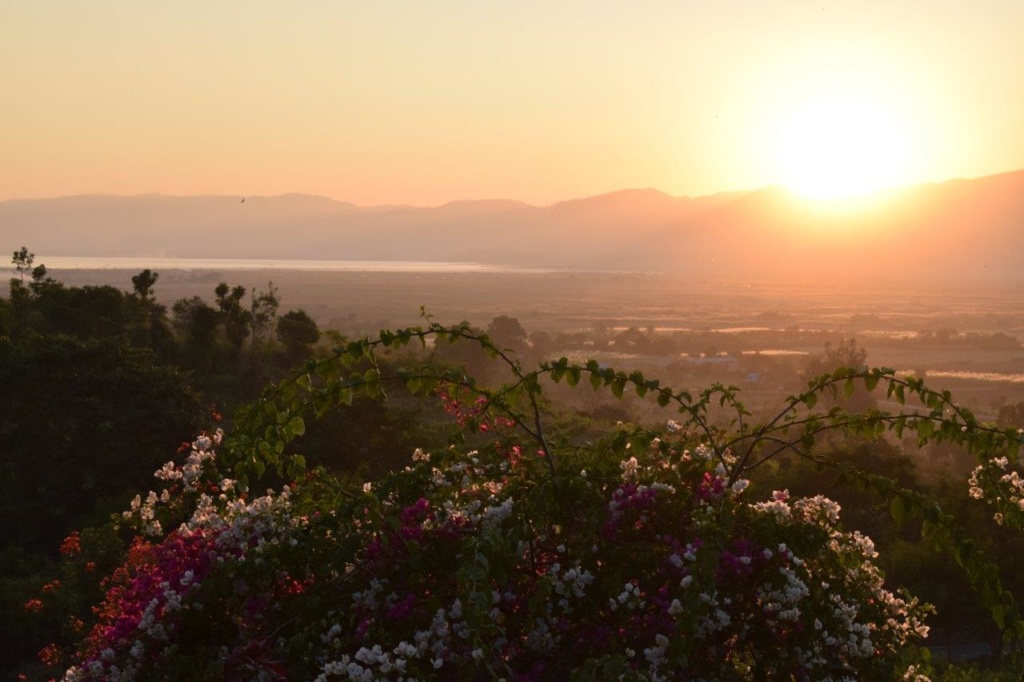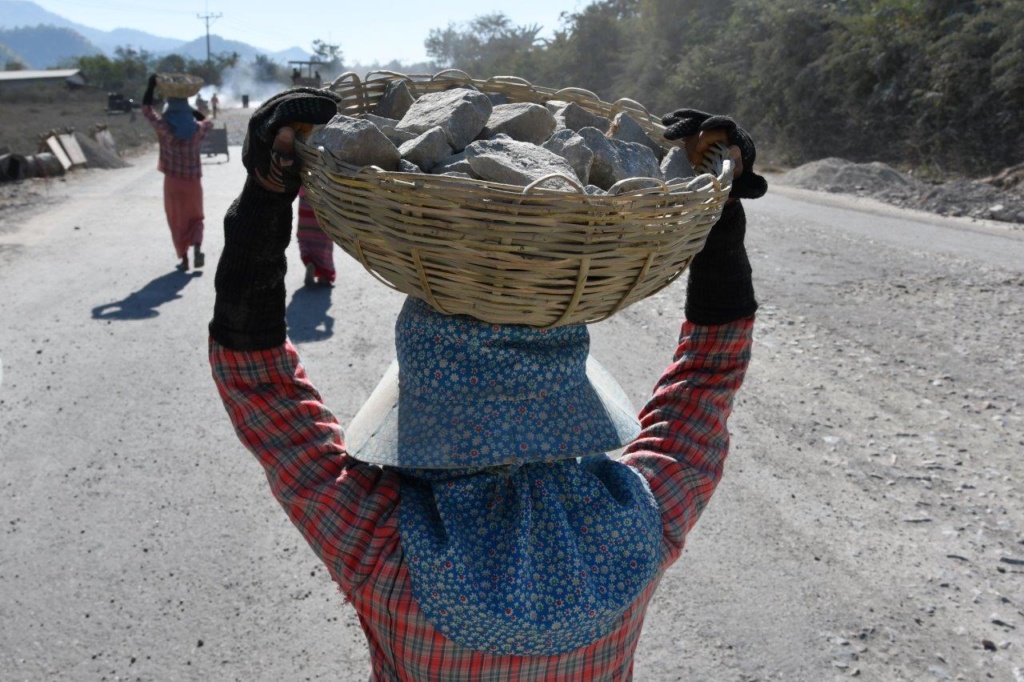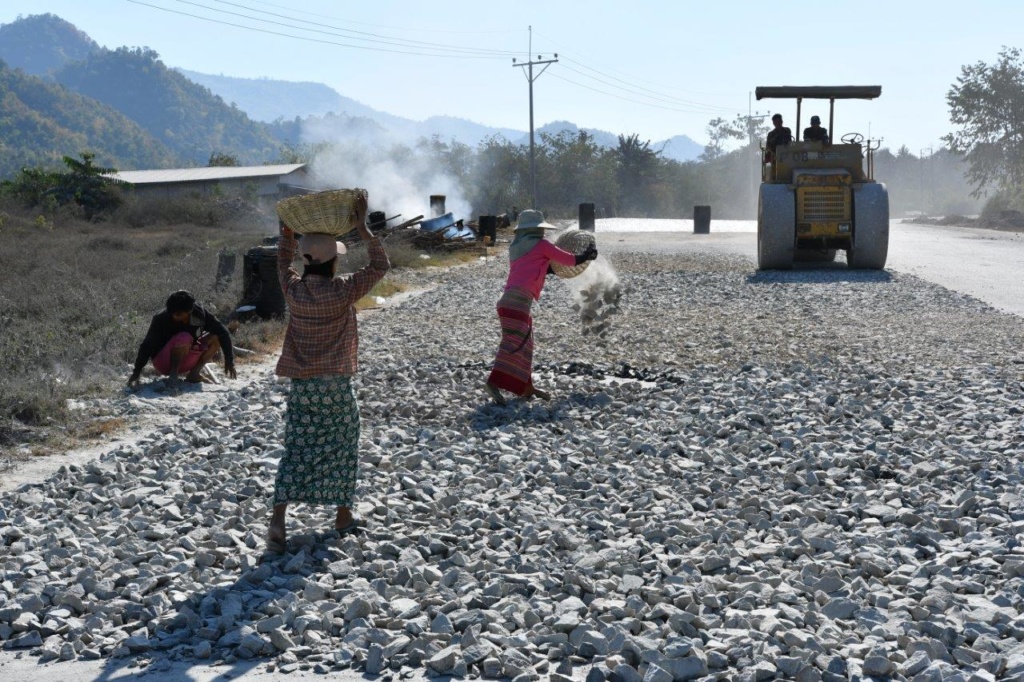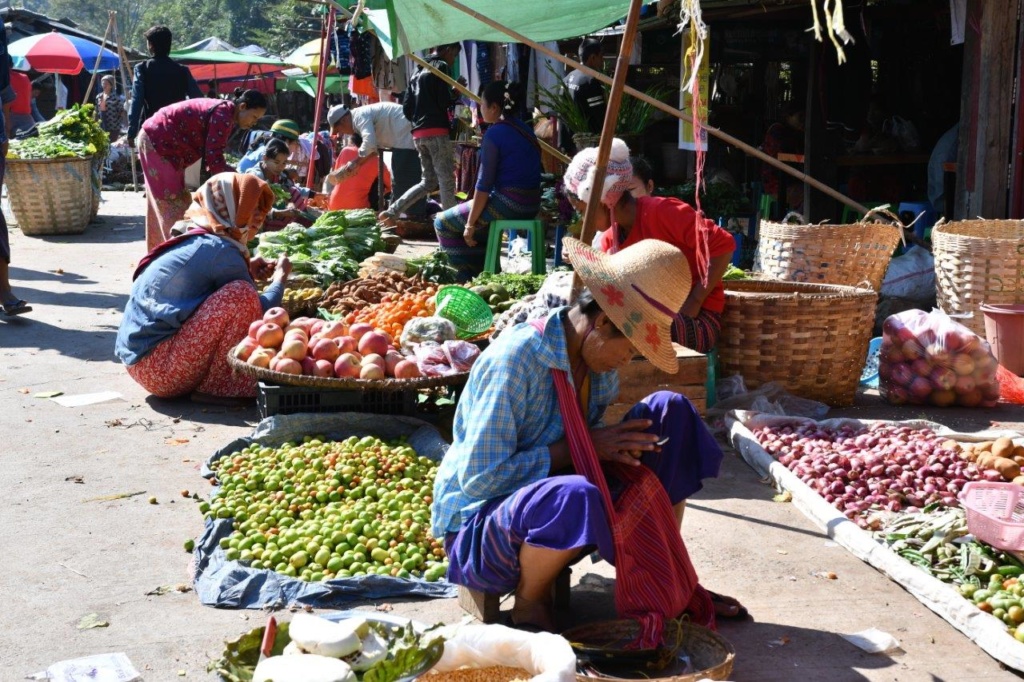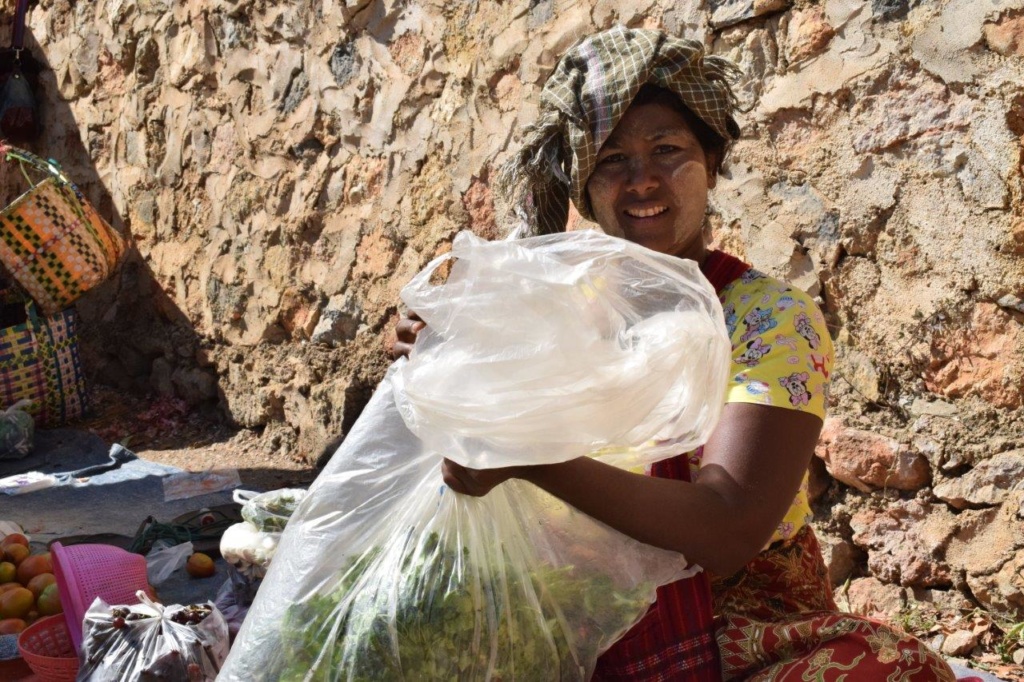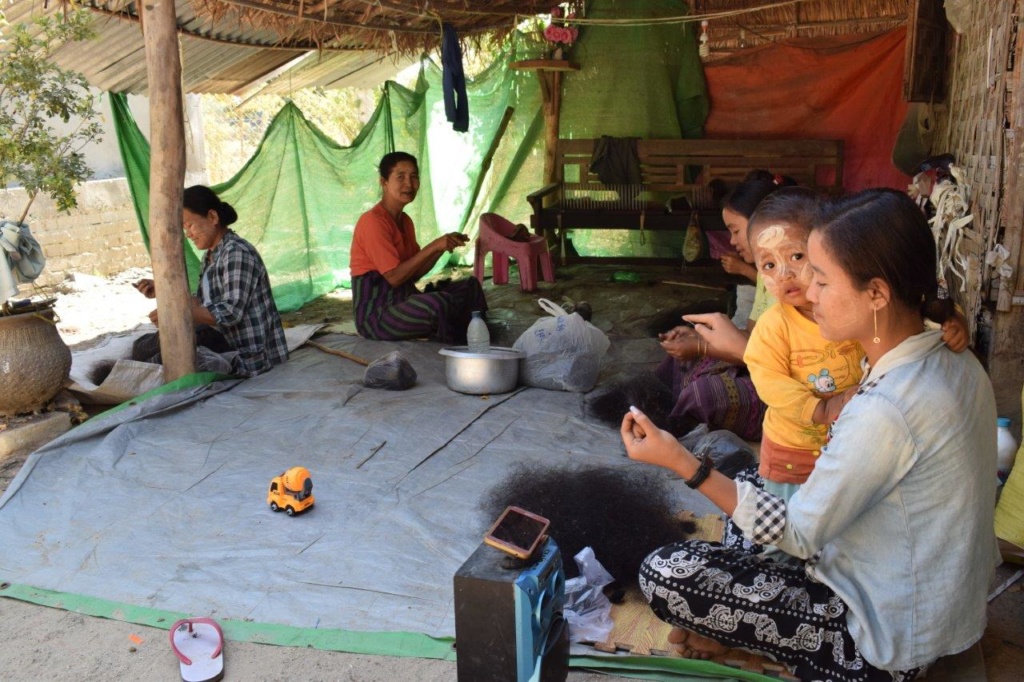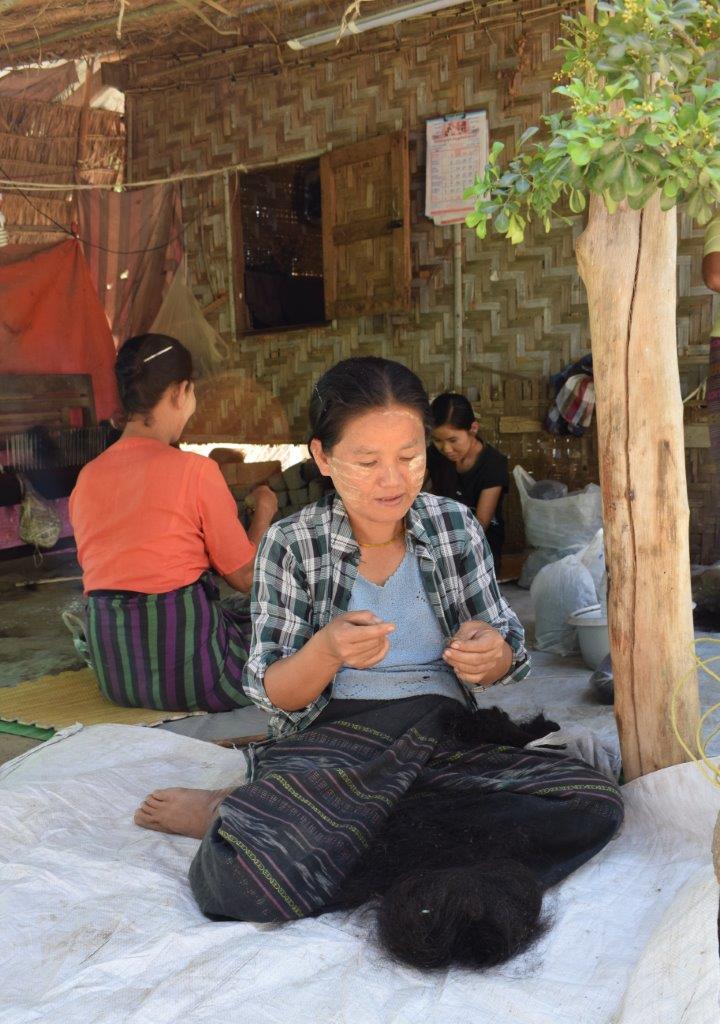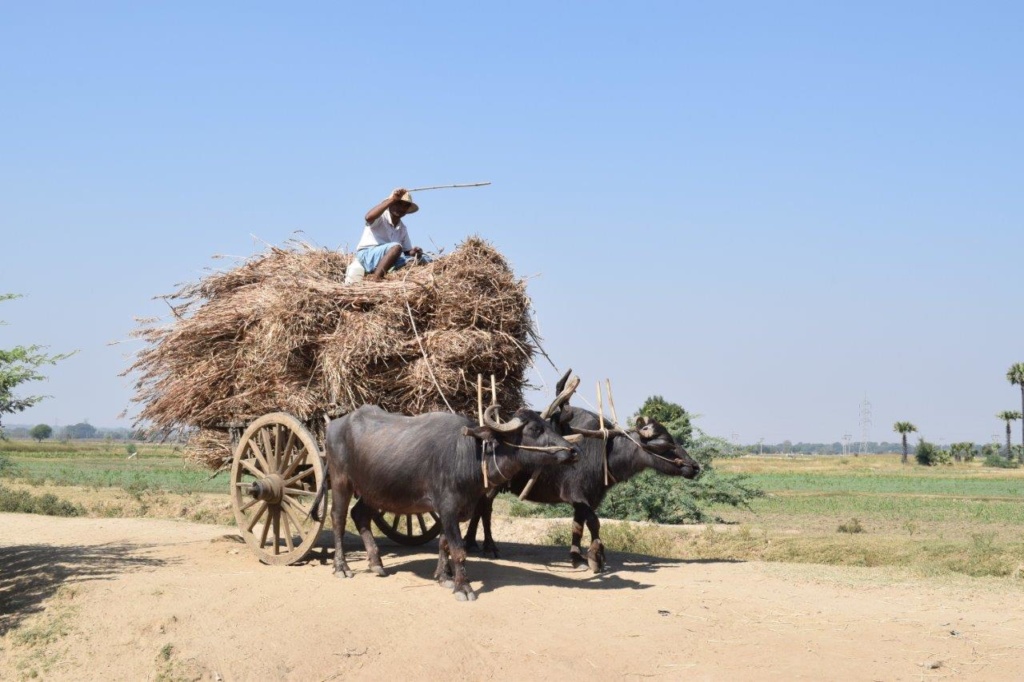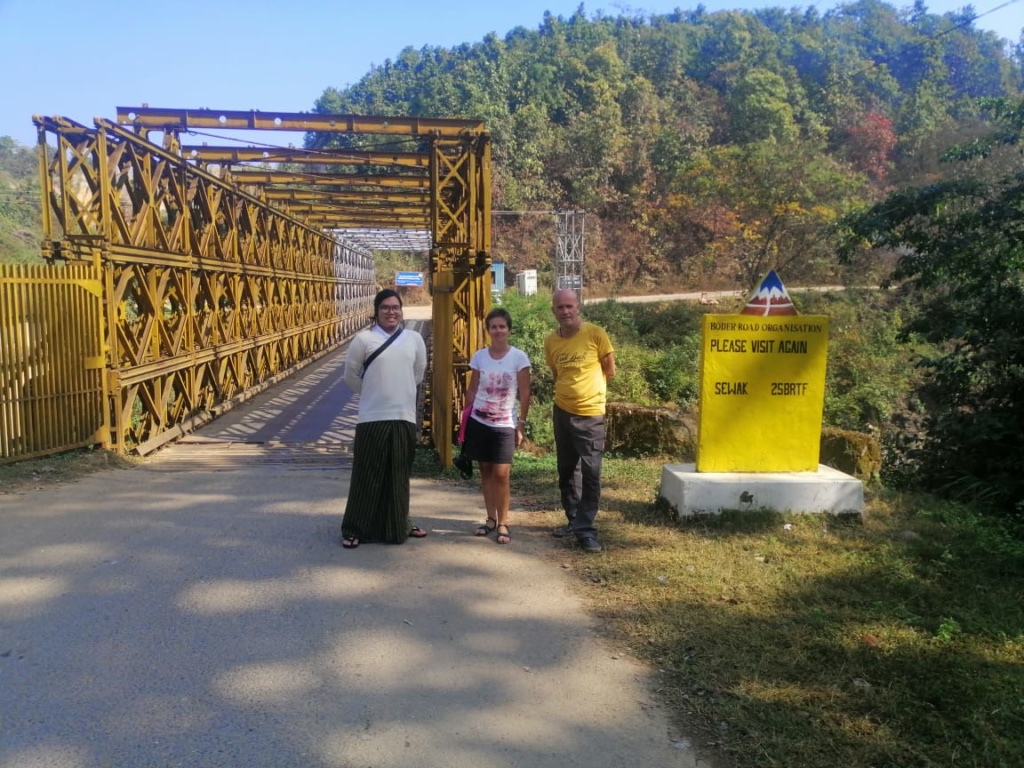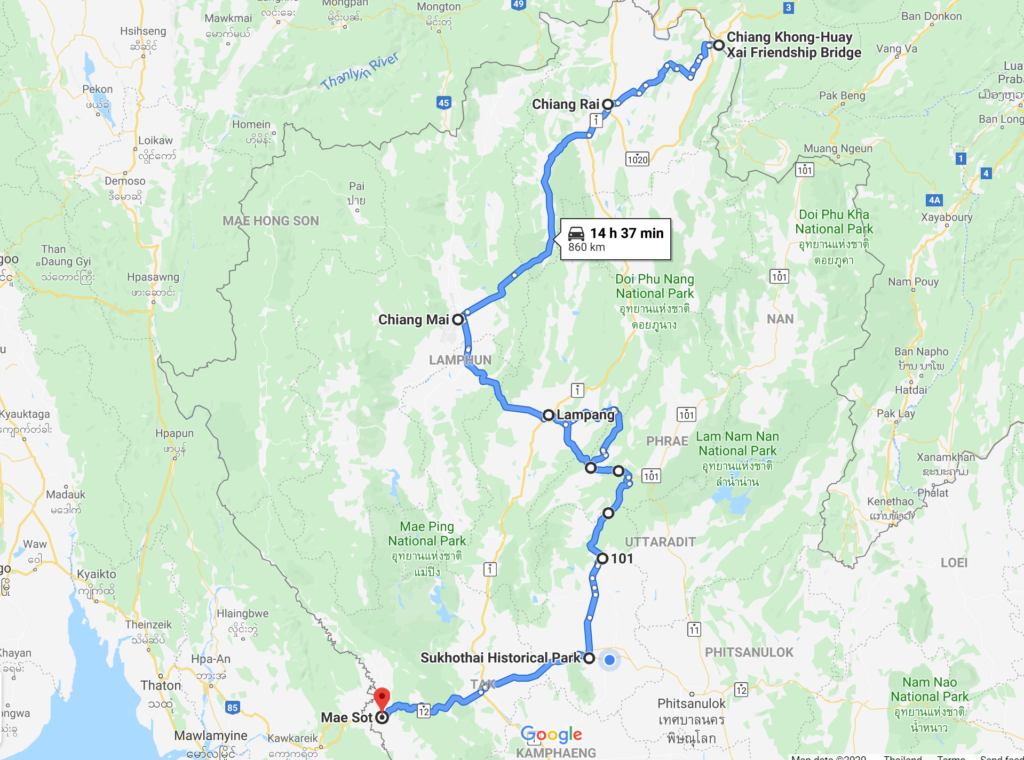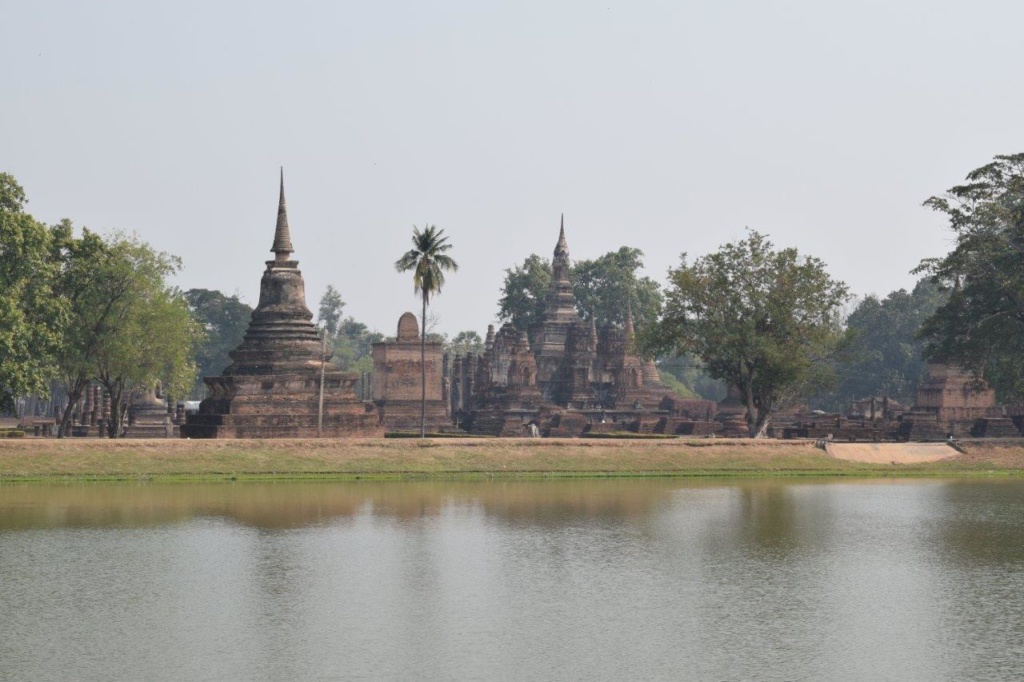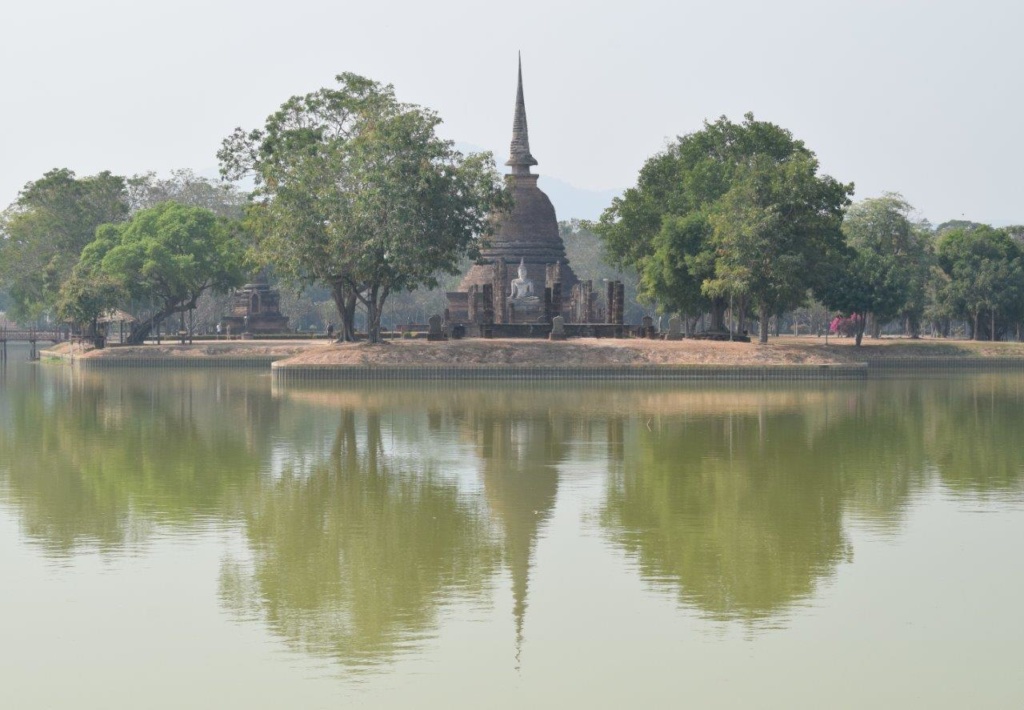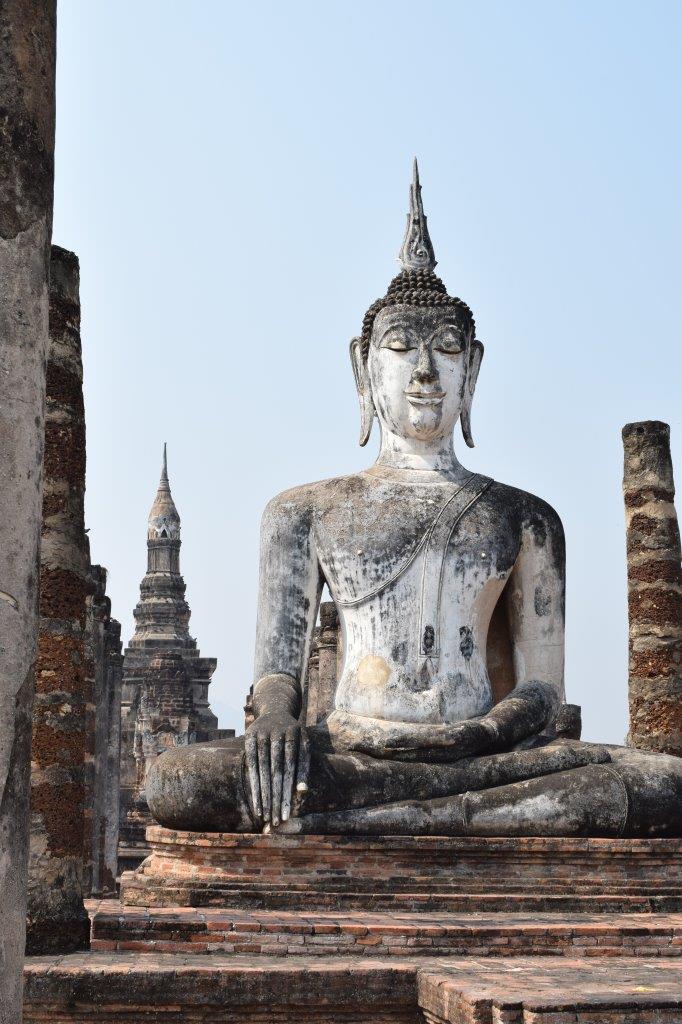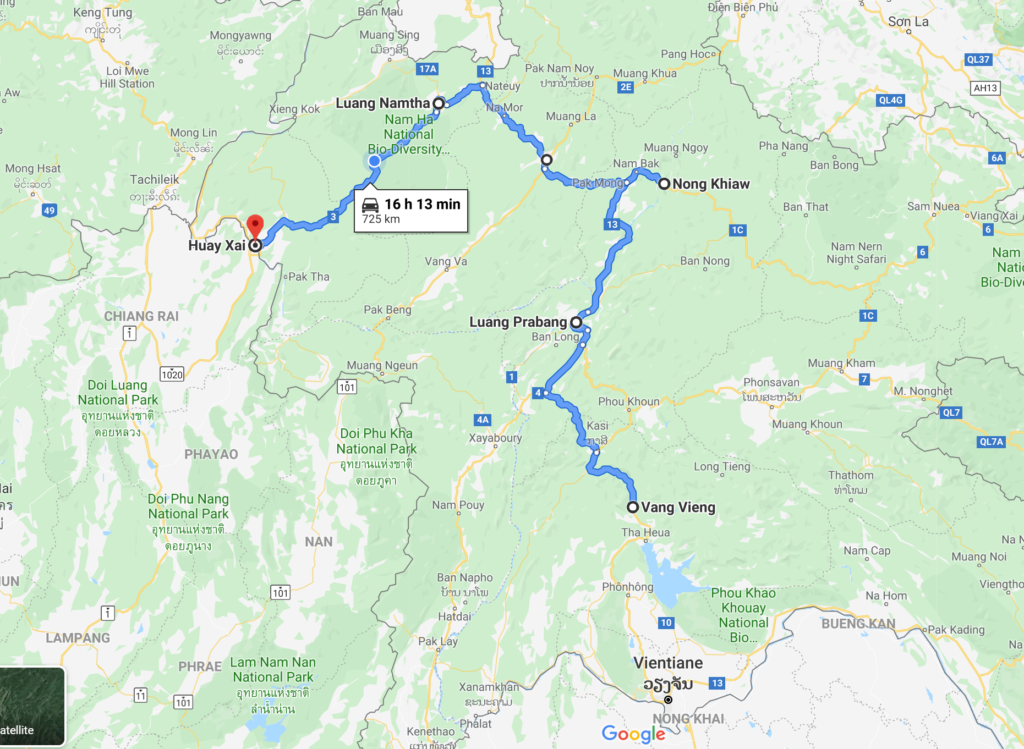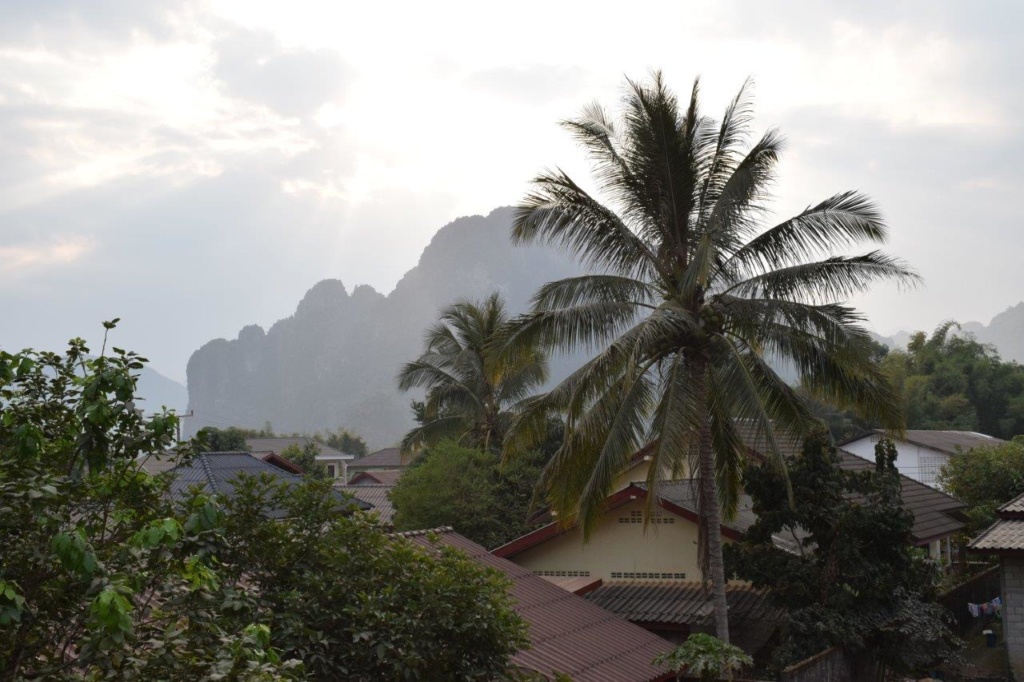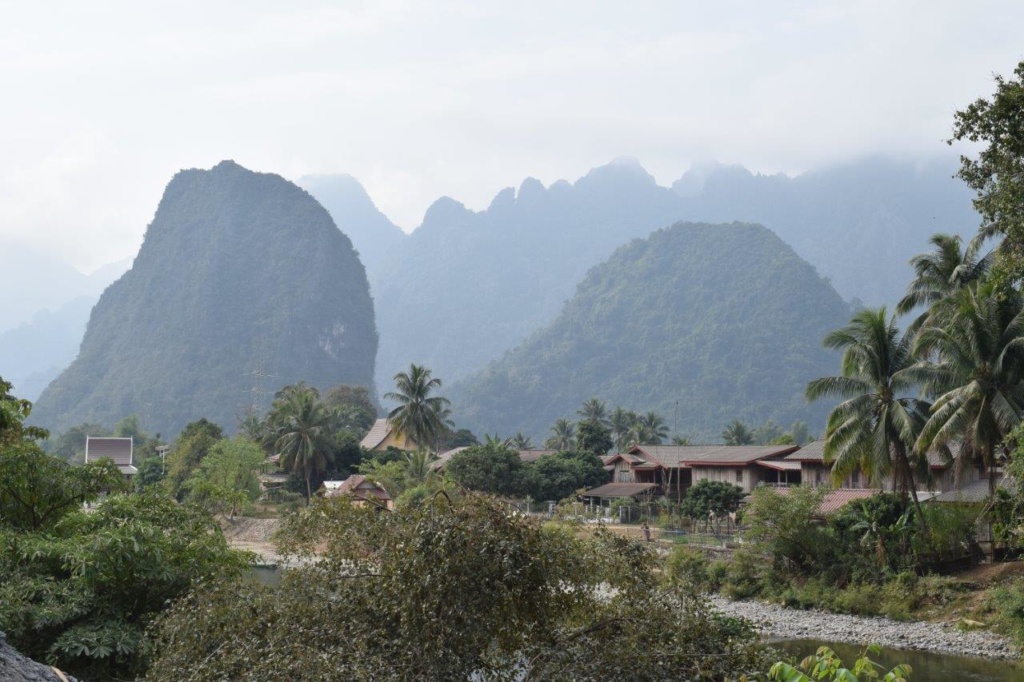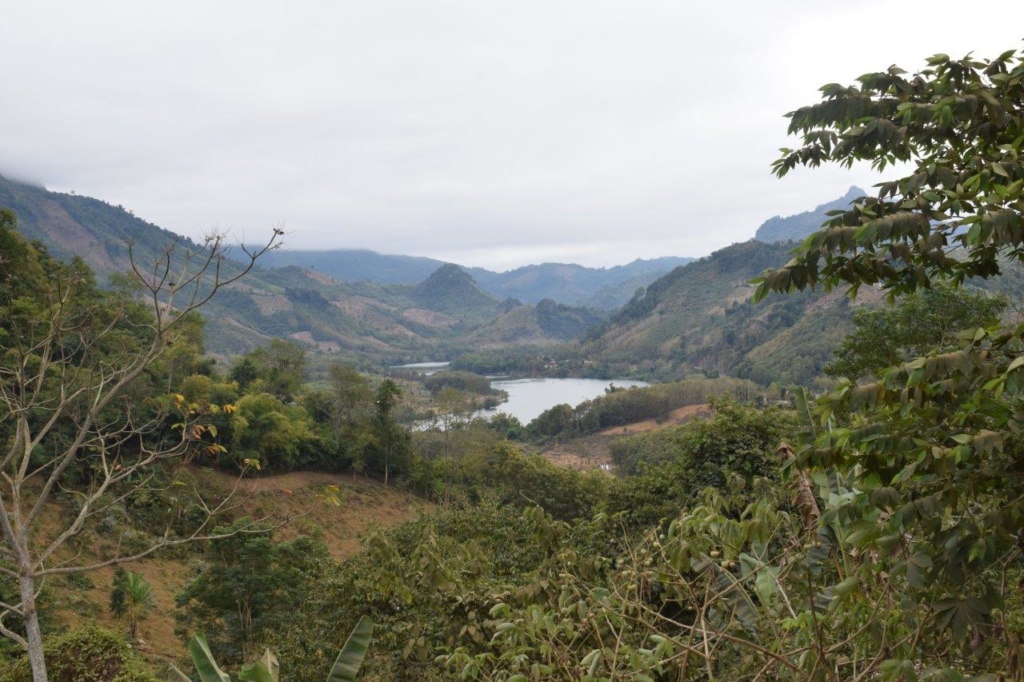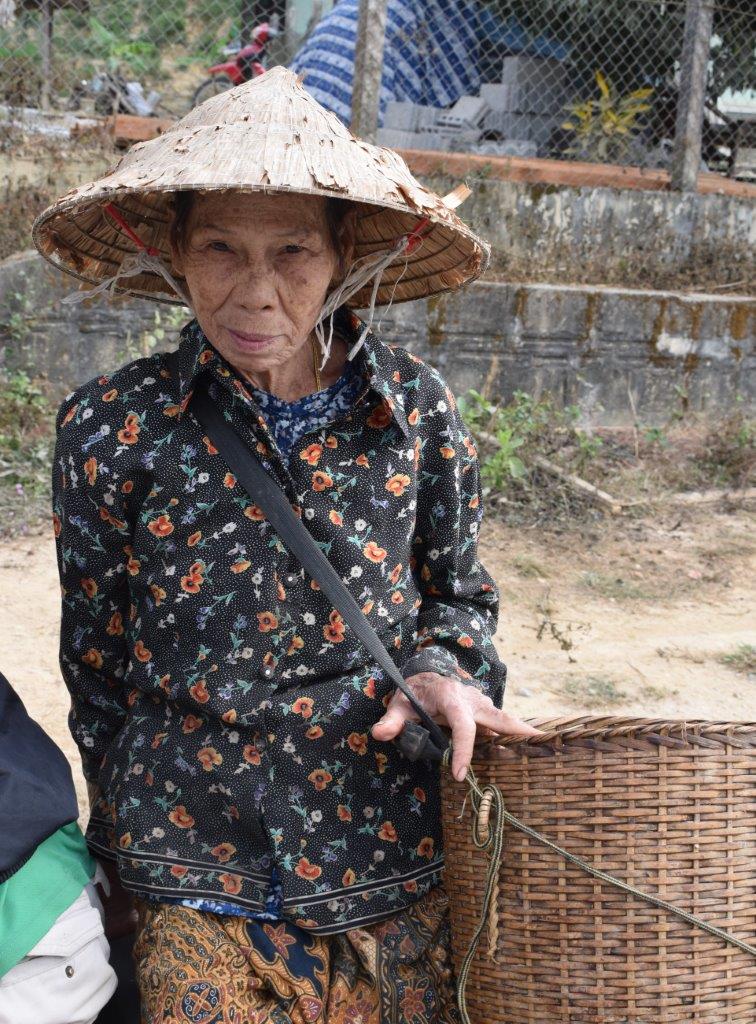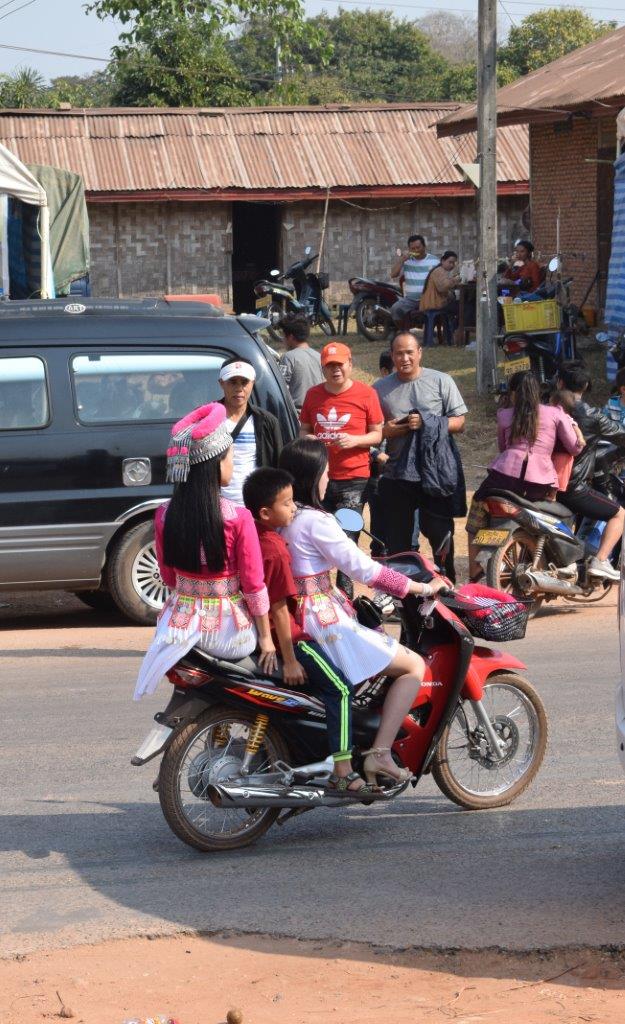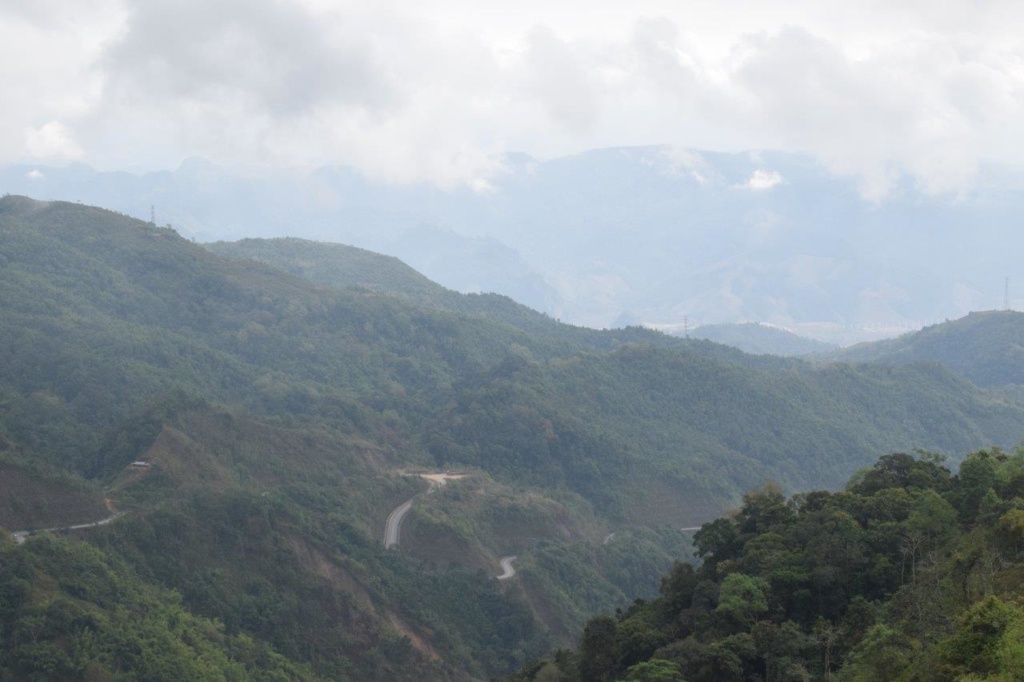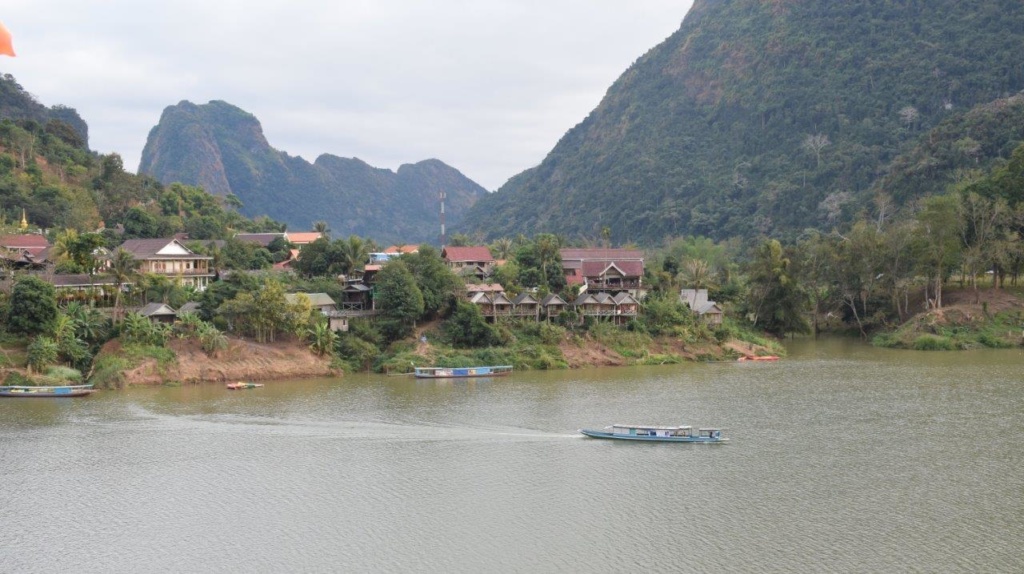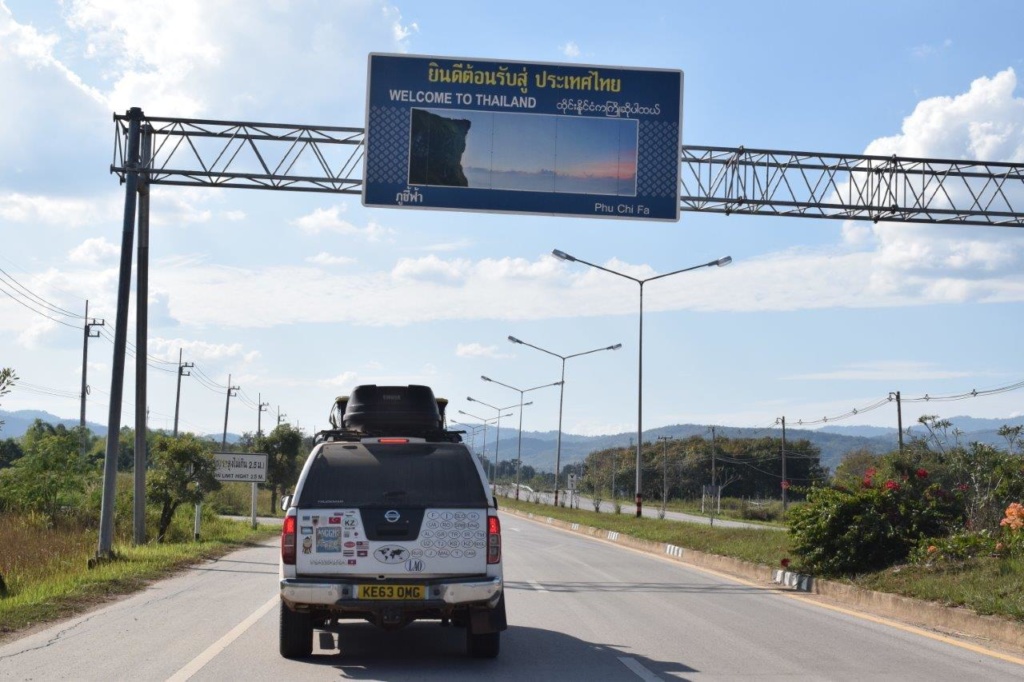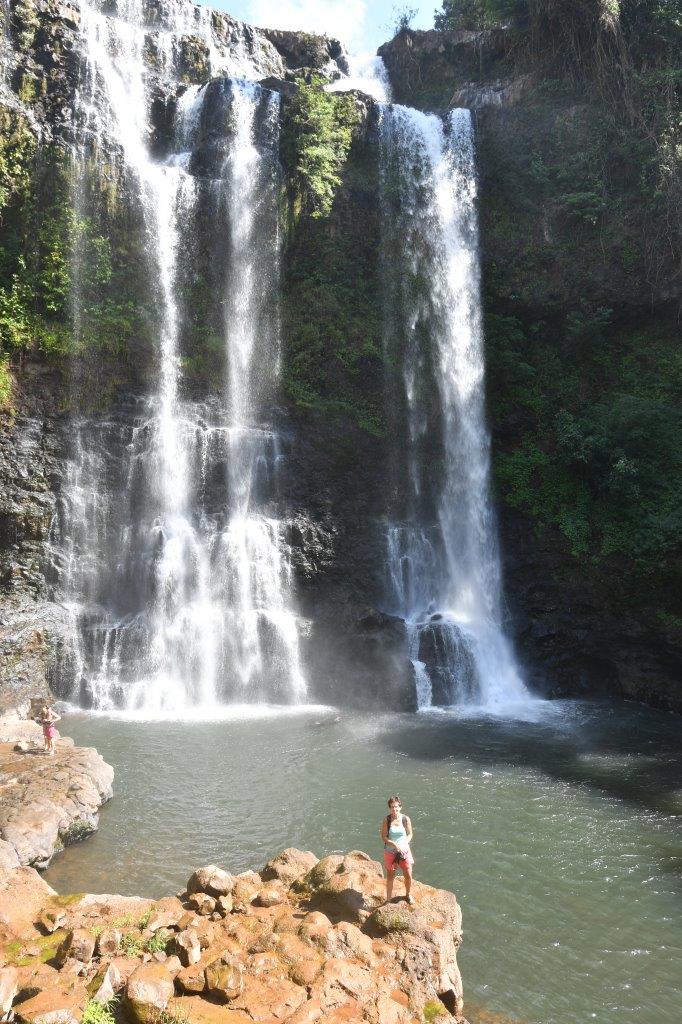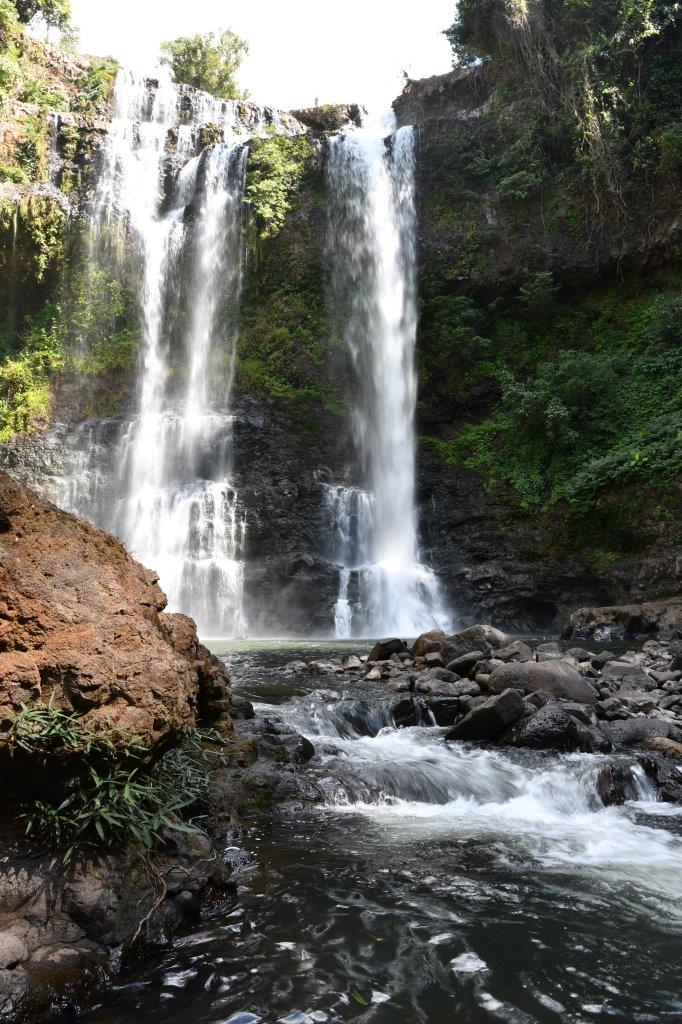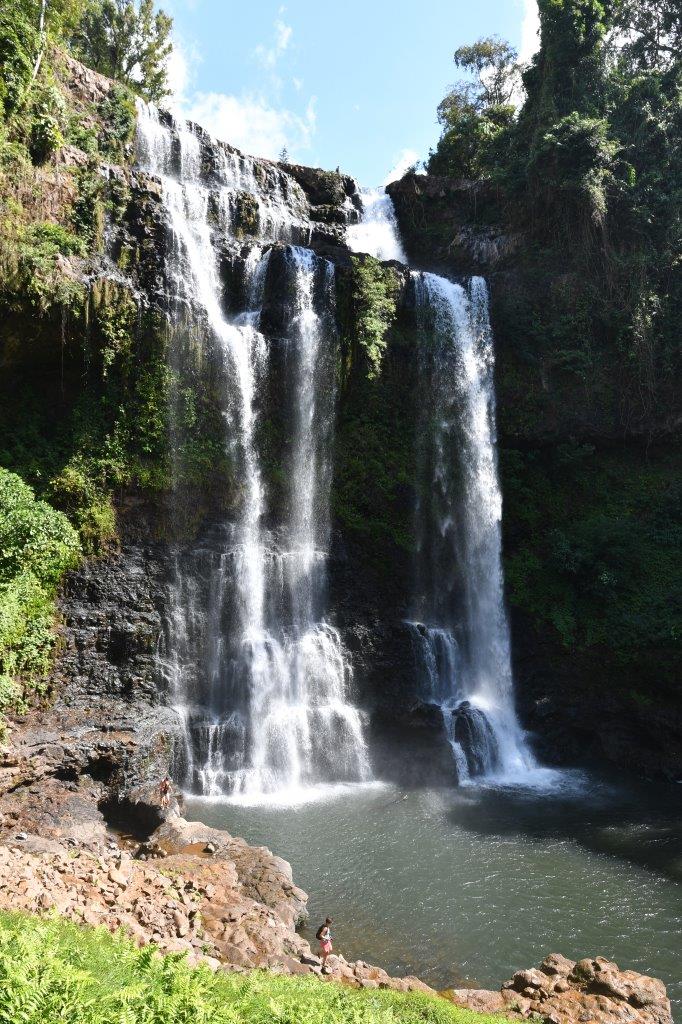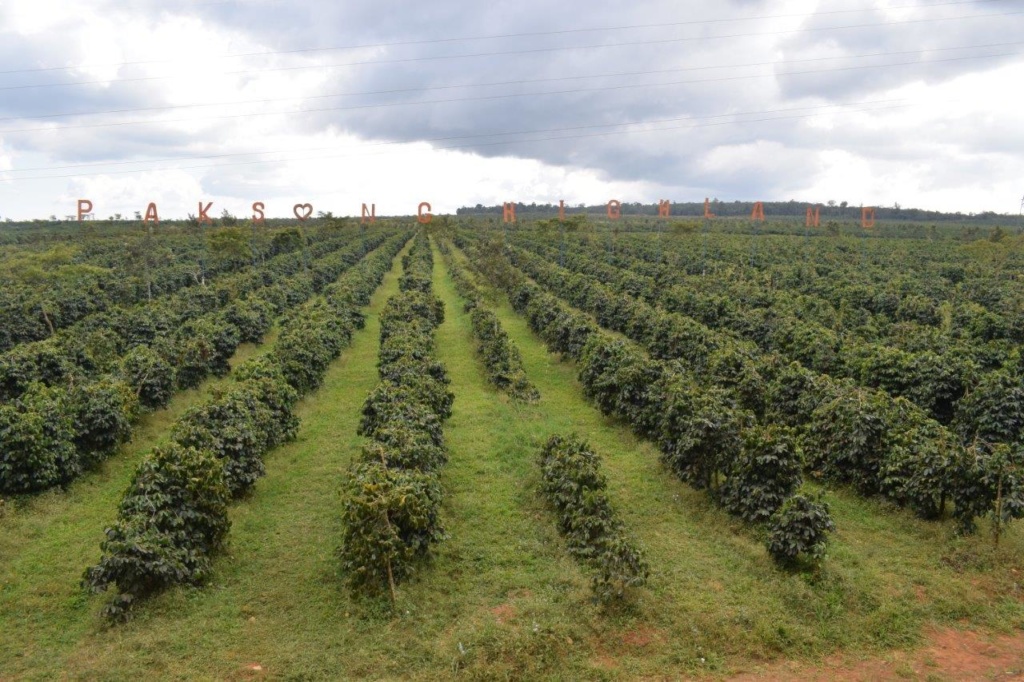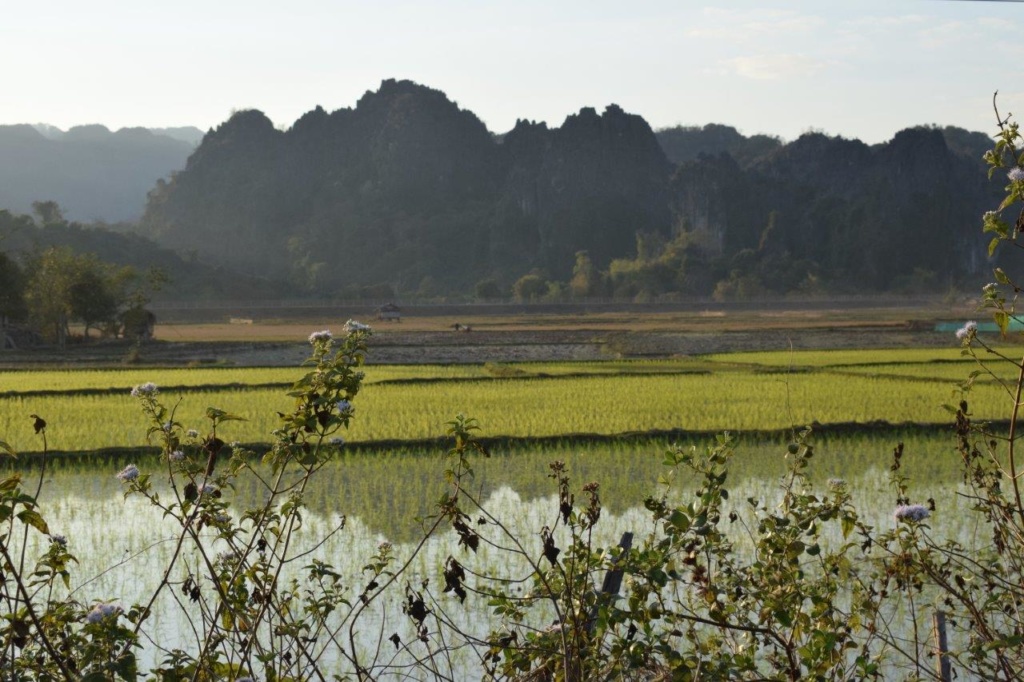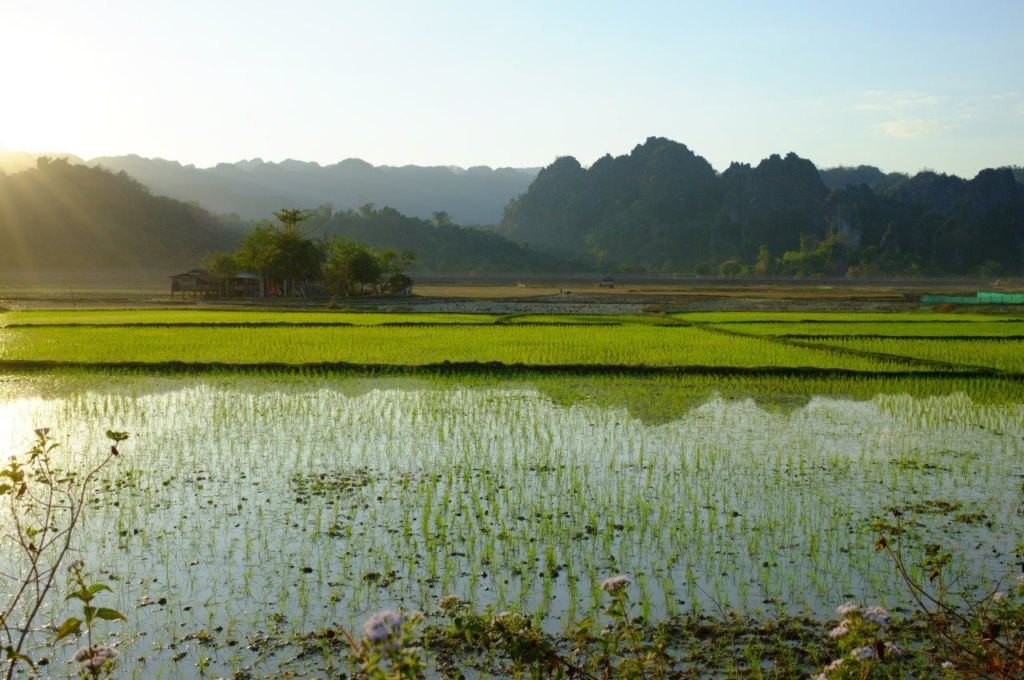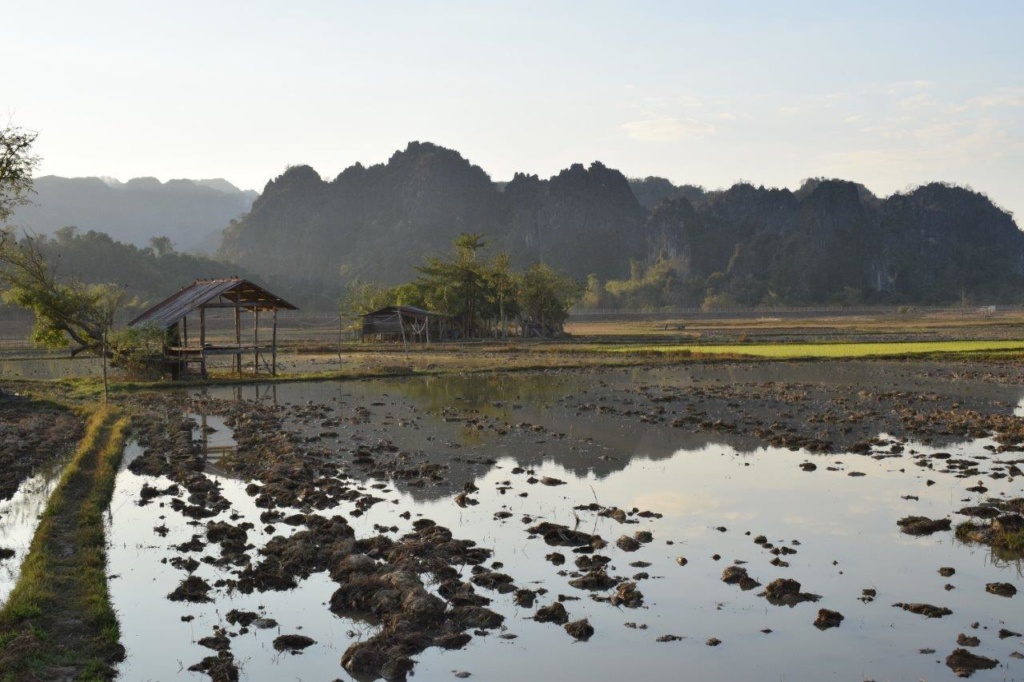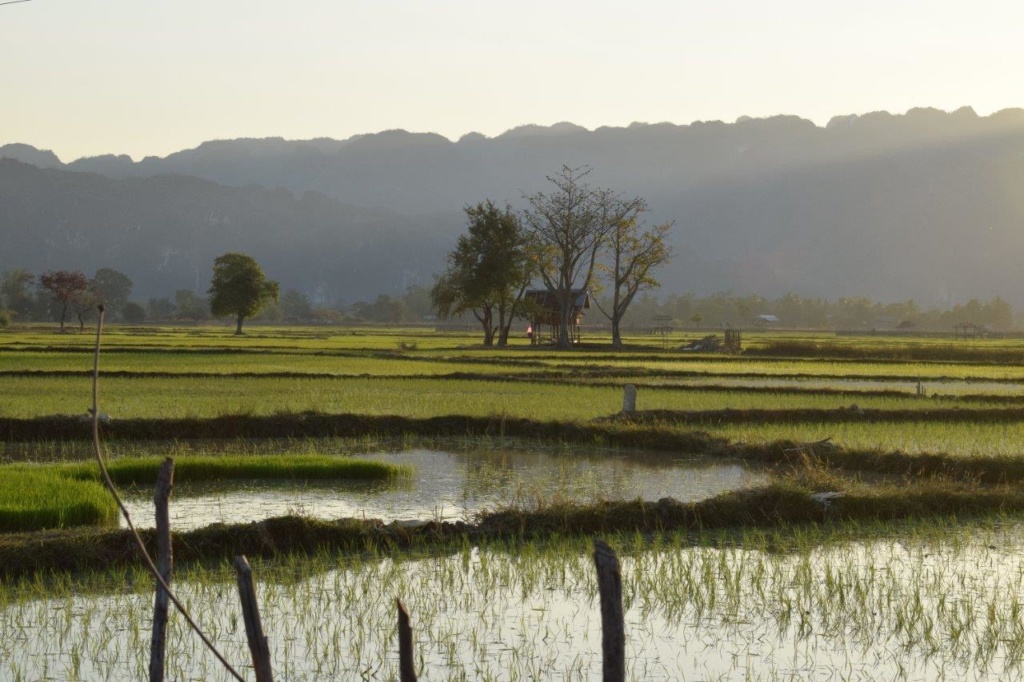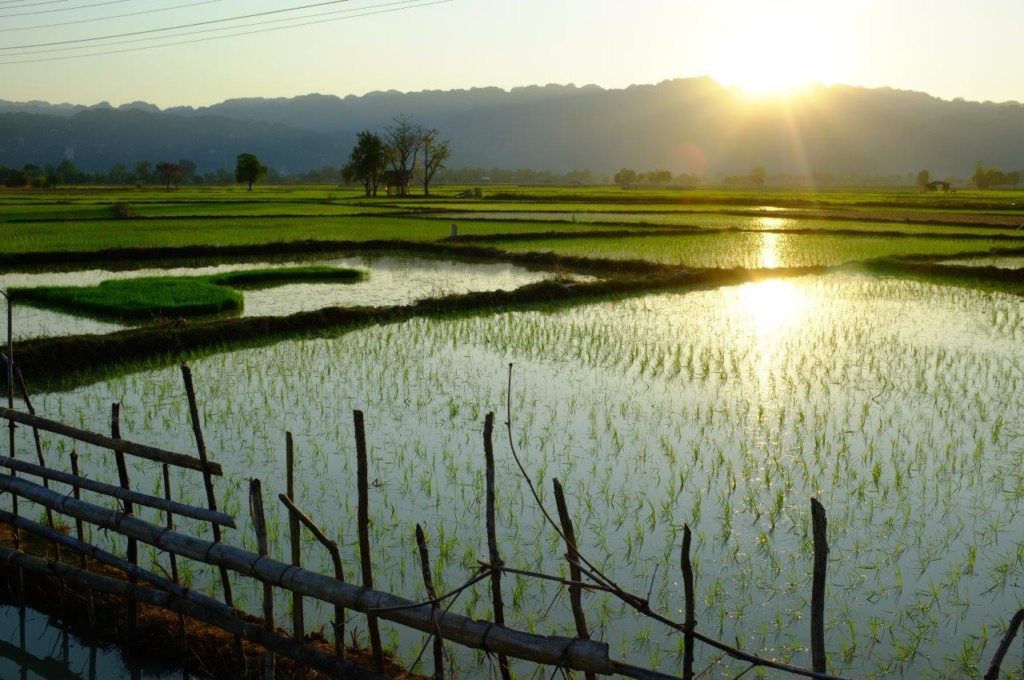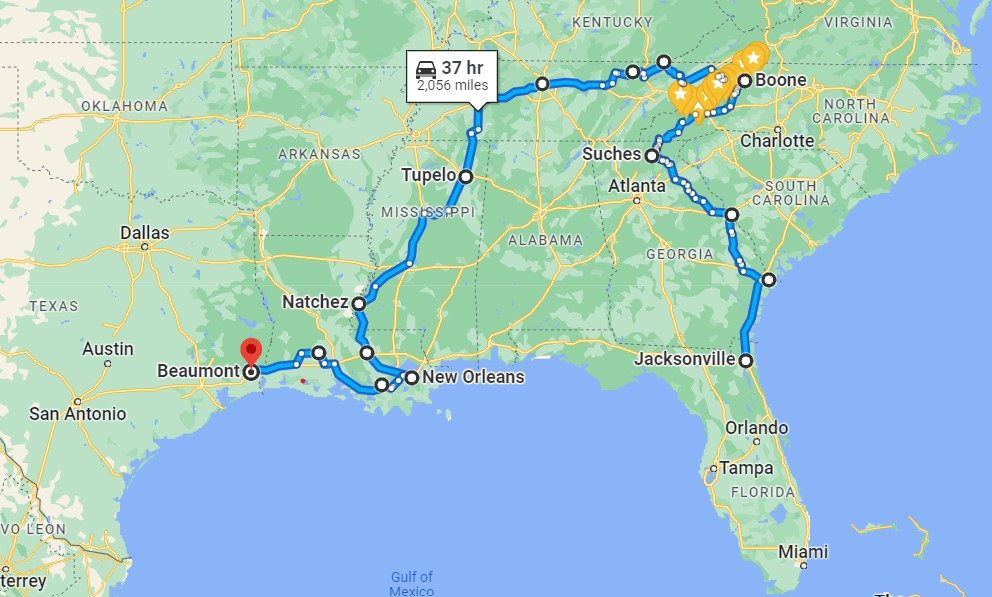
SAVANNAH – Georgia
Our first destination on the way to the Appalachians.
Savannah is the oldest town in Georgia, founded in 1733 on the Savannah river. It has a rich history reflected in today’s Historic Landmark District where you can explore 1800’s mansions, oak-shaded squares, or visit boutiques, speciality shops and contemporary art galleries which dot the pedestrian City Market area and the cobblestone River Street.
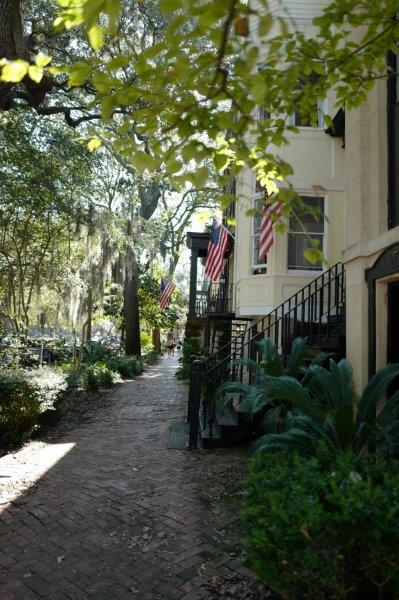
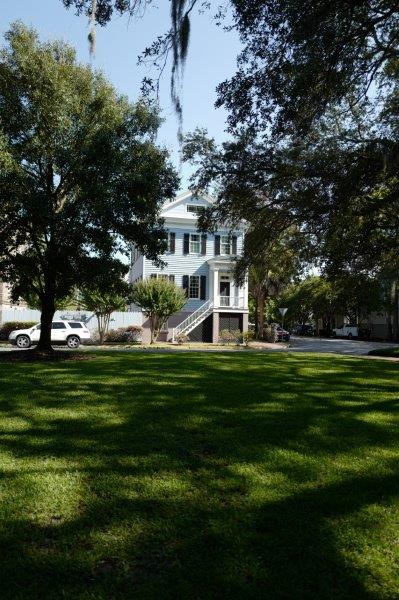
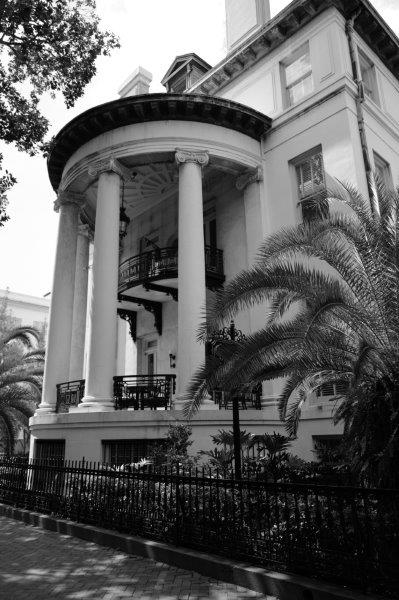
Georgia is a major producer of peanuts and pecans, we also saw cotton fields though it must have been the end of harvesting season as they were a bit bare.
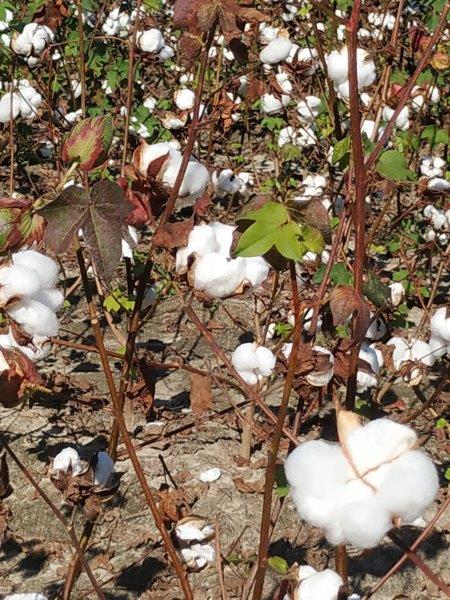
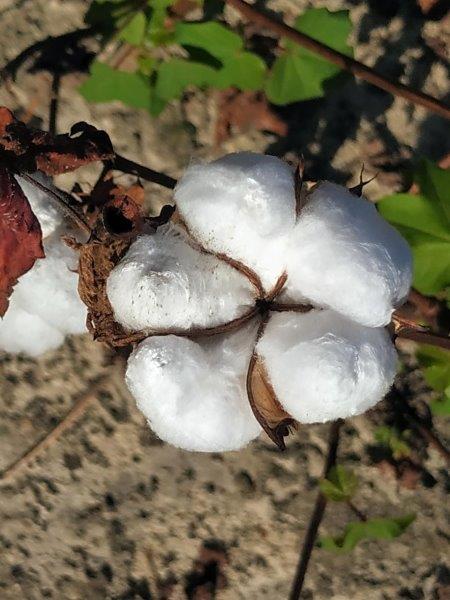
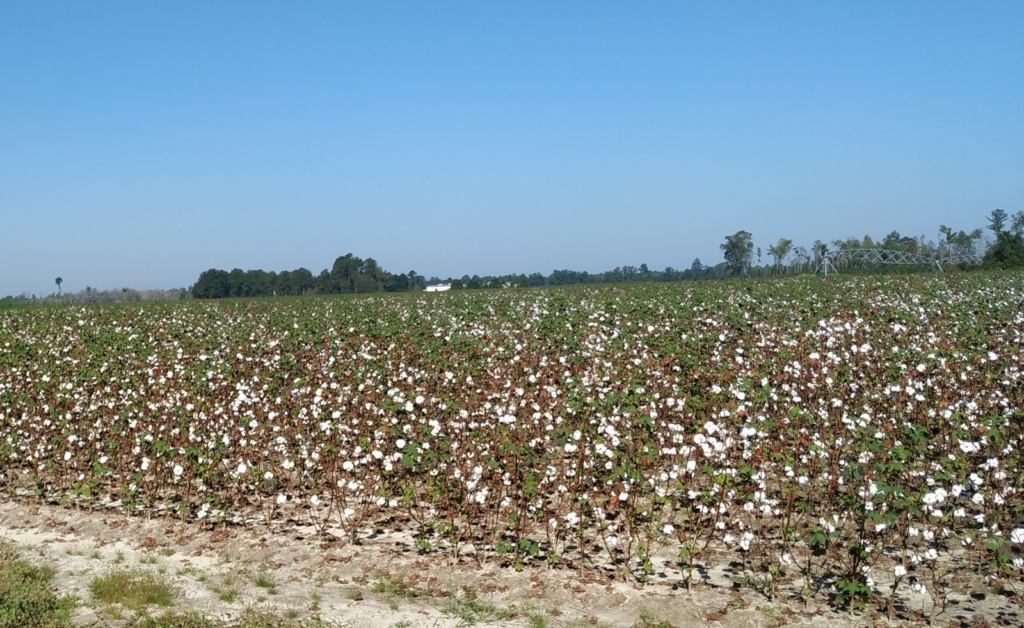
Curious about how peanuts were grown, I found out that they come from a plant and not a tree. Peanuts are legumes, not nuts. The peanut plant is unusual because it flowers above ground but the peanut grows below ground.
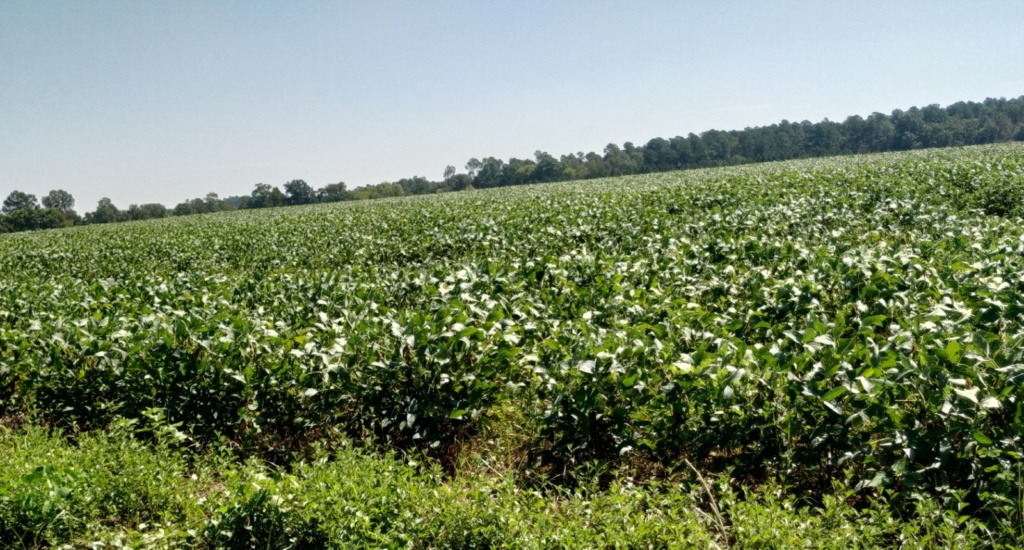
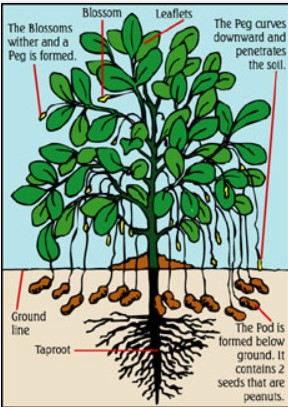
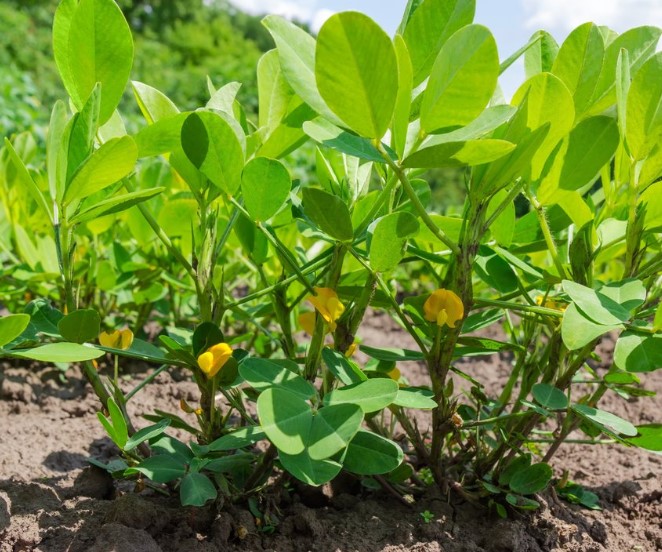
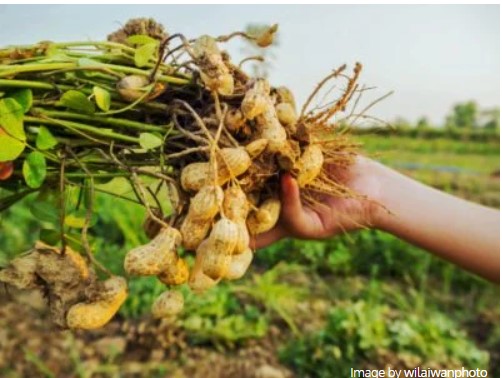
People in the South are reputed for their hospitality and we had the opportunity to test this.
Our second night on the road, we were looking for a camp spot and happened to stop in a small community called Pineora. We parked in a field near a church, had our dinner and just as we were ready to get in our tent, a man approached us: it was the Pastor of the church. Some of his parishioners had called him to let him know that we were there and he came to check us out.
As it turned out, Luke welcomed us and we had the surprise the next morning to find on the car bonnet a “Southern Snack care bag”. Luke and his family had taken the care to gather a selection of goodies just for us: peanuts, potato chips, pecan rolls, sweet tea (tea is drunk cold in the South and is served with ice) and even some homemade cookies! Their generosity even extended to 2 gift cards for a meal at “Chick-fil-a” a chain of restaurants, founded in Georgia and serving fried chicken.
Luke , Brianne, a very big thank you!! It was totally unexpected and very much appreciated!
The BLUE RIDGE PARKWAY – Appalachians Mountains
The Blue Ridge Parkway was the first national rural parkway to be conceived, designed, and constructed for a leisure-type driving experience. Its varied topography and numerous vista points offer spectacular views of central and southern Appalachian rural landscapes and forested mountains. It runs for 469 miles from Virginia to North Carolina .(yellow stars on the map above)
( Click on image above to open gallery)
Drove on up to Boone, small and pleasant community which was named Boone in 1894 in honor of Daniel Boone (American pioneer and frontiersman whose exploits made him one of the first folk heroes of the United States) who spent many overnight hunting trips there.
I tried GRITS ( a type of porridge made from boiled cornmeal) for the first time, quite tasty but very filling!!
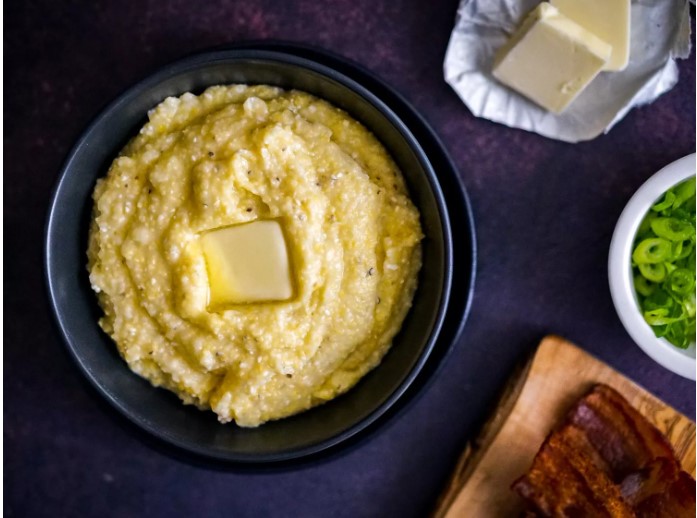
We then decided to leave the Parkway and head west towards Tennessee. We drove up to the Cumberland Gap.
The Cumberland Gap is Nature’s passage through the Cumberland Mountains between Kentucky, Tennessee and Virginia. One of three natural breaks in the rugged Appalachian Mountain range, it served as a gateway in prehistoric times, when Native Americans used it as a footpath and buffalo used it to seek greener pastures.
In 1750, Dr. Thomas Walker, an English naturalist and scientist, led a small party of explorers to the Gap after hearing Native American descriptions of the pathway through, rather than over the mountains. Walker called it the Cave Gap, and named the river north of the pass the Cumberland River, after the Duke of Cumberland, son of Britain’s King George II, who funded Walker and his group. In 1769, Daniel Boone explored the area and in 1775 he blazed the 200-mile trail known as Boone’s Path or Boone’s Road. The trail, beginning at the Gap, passed through Virginia to Kentucky’s Bluegrass Region.
These days, the road goes through a tunnel .
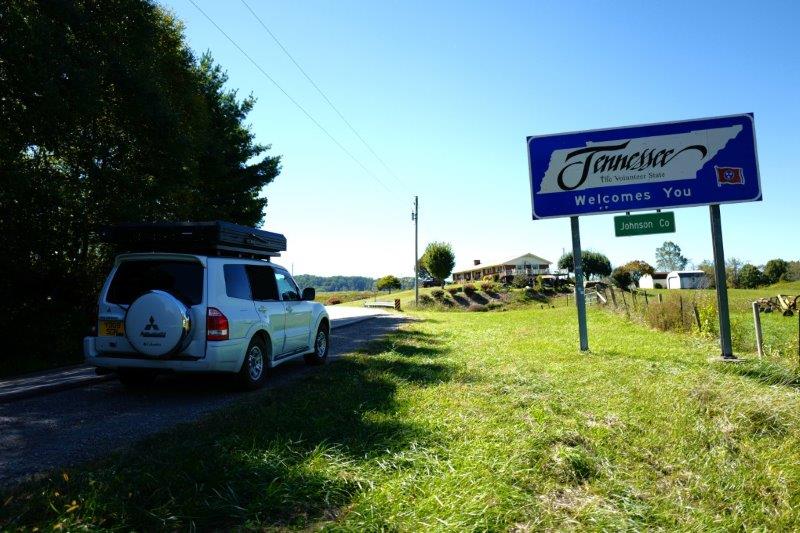
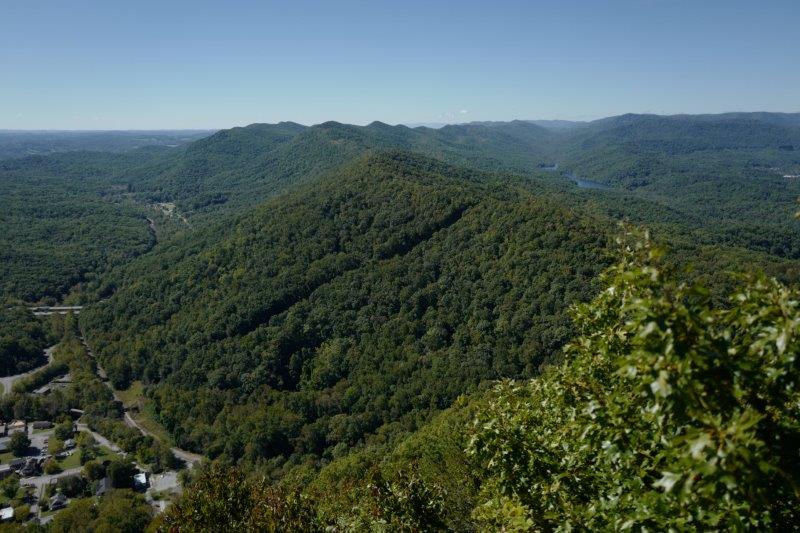
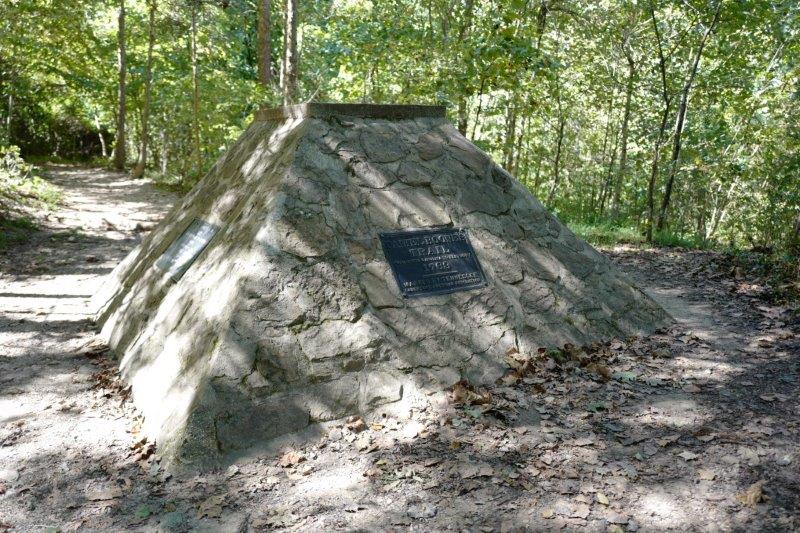
After the tunnel you get to the town of Middlesboro ( named after the town in England) in Kentucky. We stopped for coffee at Crater Coffee and got talking with the owner. He told us about a couple of hikes we could do and that there was a festival in-town the next day. The owner was very friendly and gave us two free t-shirts which we proudly wore the next day!
One of the hikes was to Chained Rock. A chain was officially fastened to the adjacent cliff in the summer of 1933; allegedly to protect the city of Pineville from calamity should the ominous boulder perched precariously above town become loosened. There is an excellent panoramic view of Pineville from that point.
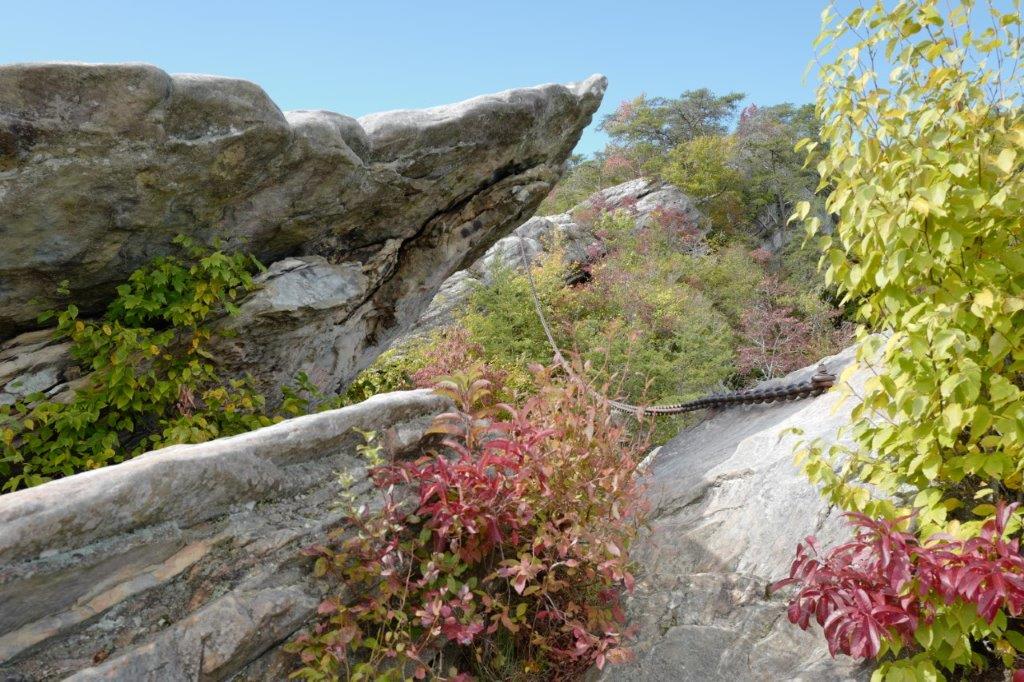
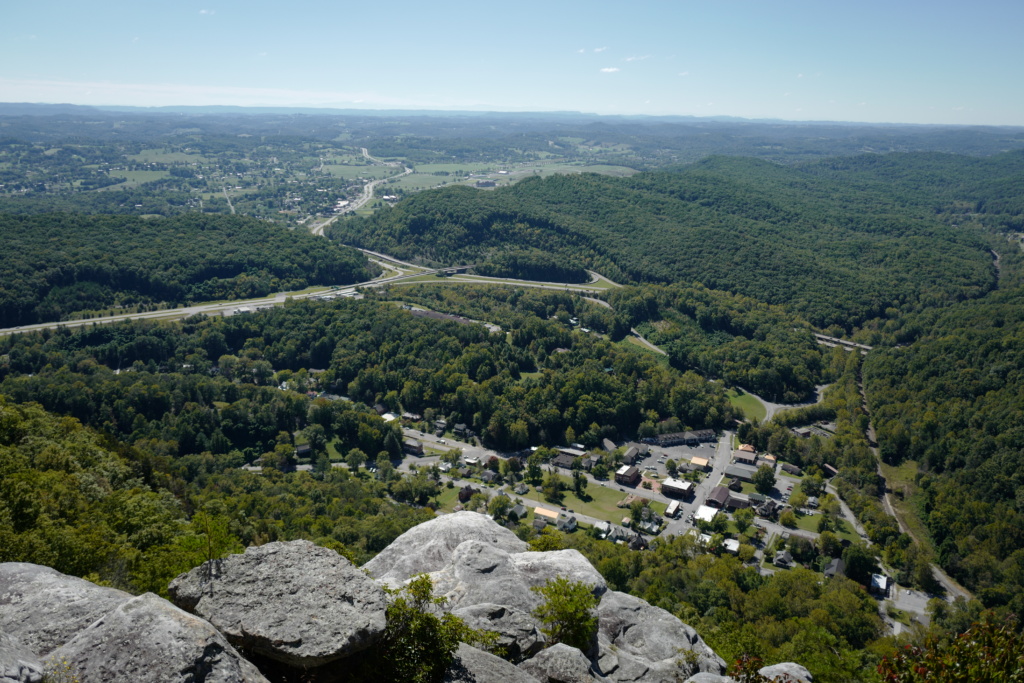
NASHVILLE– Tennessee
We drove on to Nashville and stopped at BELMONT HOUSE ( originally Belle Monte)built in the late 1800’s on a big estate it now stands on the University Campus. Unusually at the time, the Estate was left to a woman by her husband. She remarried and the second husband increased her wealth even more to include vast cotton plantations in Louisiana. She died while on a shopping trip in New York to furnished a new home !
The house is a prime example of an ANTEBELLUM House, a type of architecture especially characterized by Georgian, Neo-classical, and Greek Revival style elements. These homes and mansions often plantation houses were built in the southern American states during the thirty years before the American Civil War; approximately between the 1830’s to 1860’s.
We will see plenty more the further south we go.
Nashville is known as the hometown of Country Music, with legendary venues, the Country Music Hall of Fame and Johnny Cash Museum. We were there on a Saturday and the streets were heaving with people, many in Cowboy boots and hat, here to listen to bands playing live and to have fun.
NACHEZ TRACE PARKWAY
The Natchez Trace Parkway is a 444-mile recreational road and scenic drive through three states ( Tennessee, Alabama and Mississippi). It roughly follows the “Old Natchez Trace” a historic travel corridor used by American Indians, European settlers, slave traders, soldiers, and future presidents.
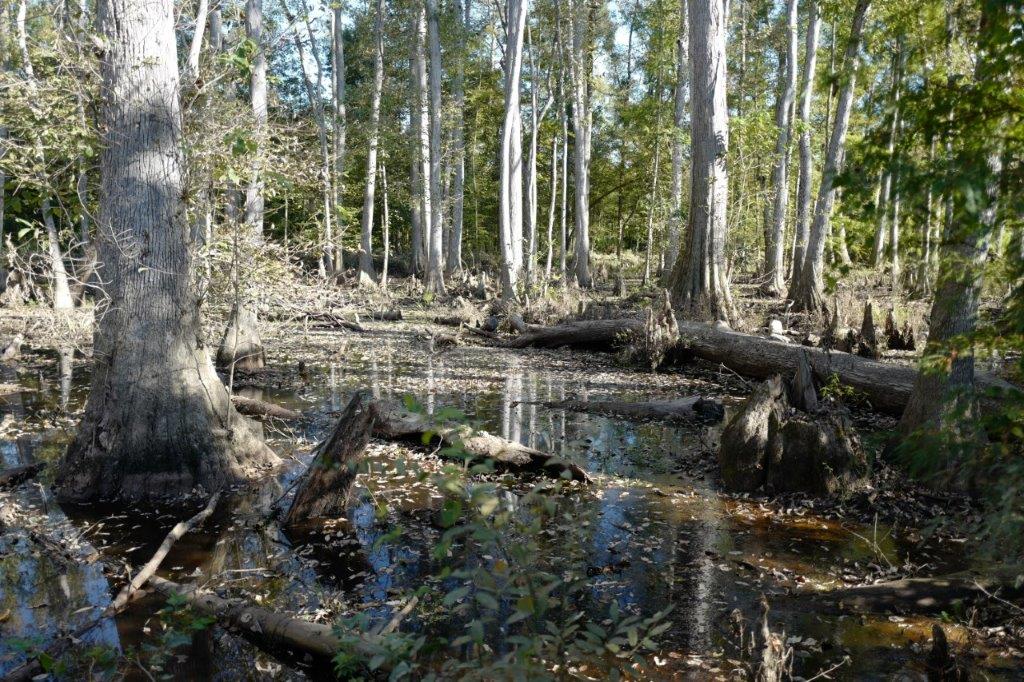
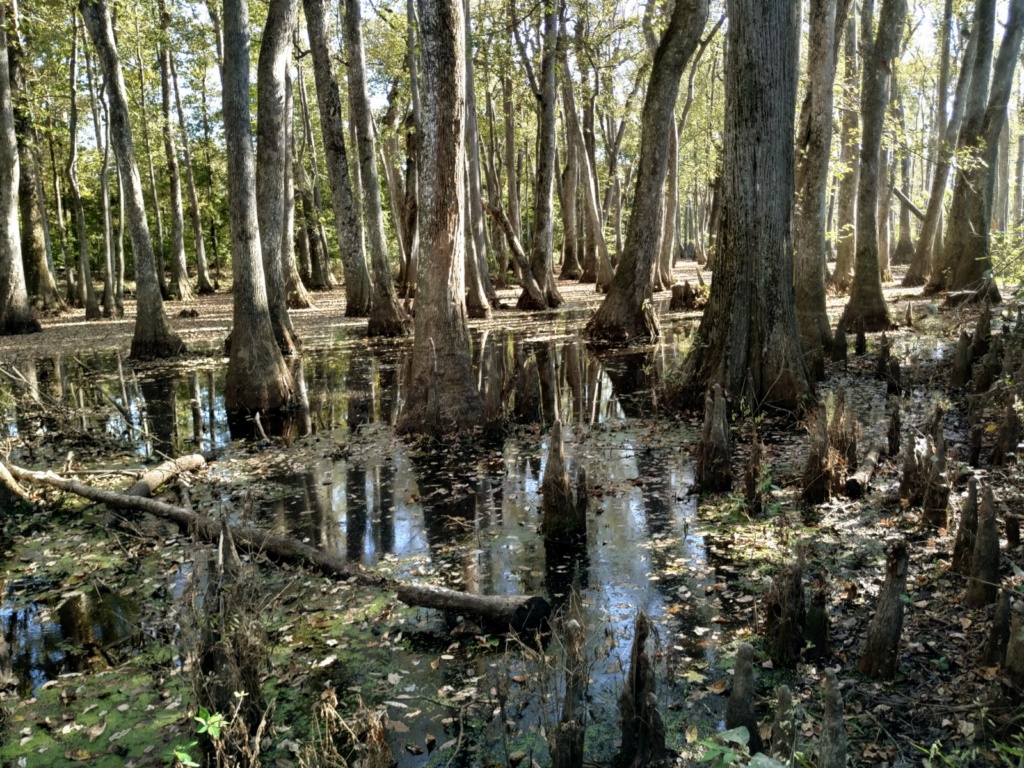
NACHEZ TOWN – Mississippi
The town is known for its antebellum houses. It had once more millionaires than anywhere else in the States( late 19th century) their fortune built on large cotton plantations.
We were there at the time of the “Fall Pilgrimage” season when some of the grandest houses are open to the public. We visited CHOCTAW HALL, built around 1836, it features a blend of Greek Revival to Federal styles. There are four floors that are connected by a swirling oval staircase, double porches with white columns at the front and back of the house and beautiful gardens .
Example of other antebellum houses
We crossed the Mississippi river over to Louisiana and took the road to New Orleans
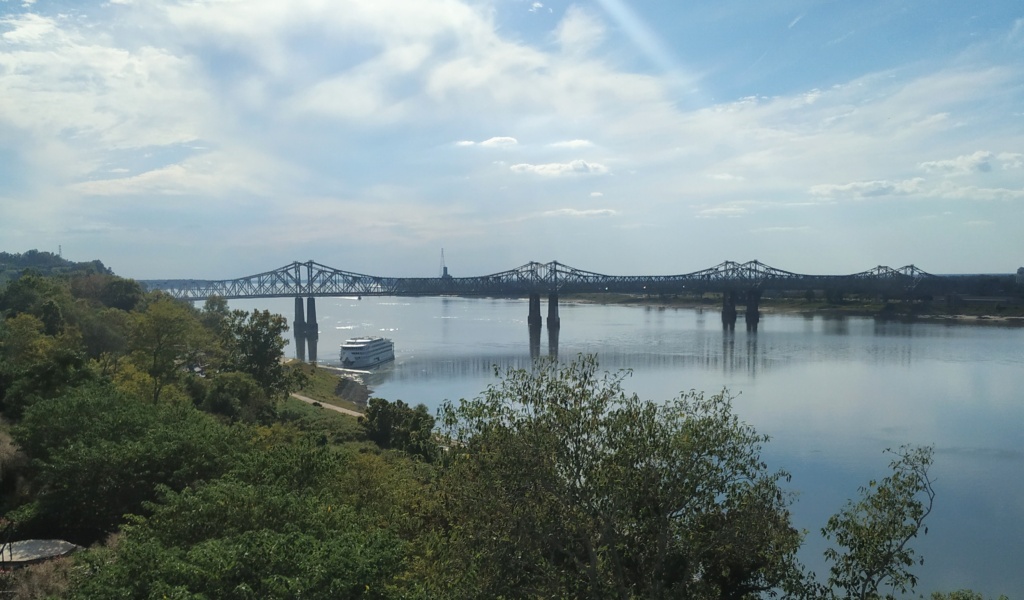
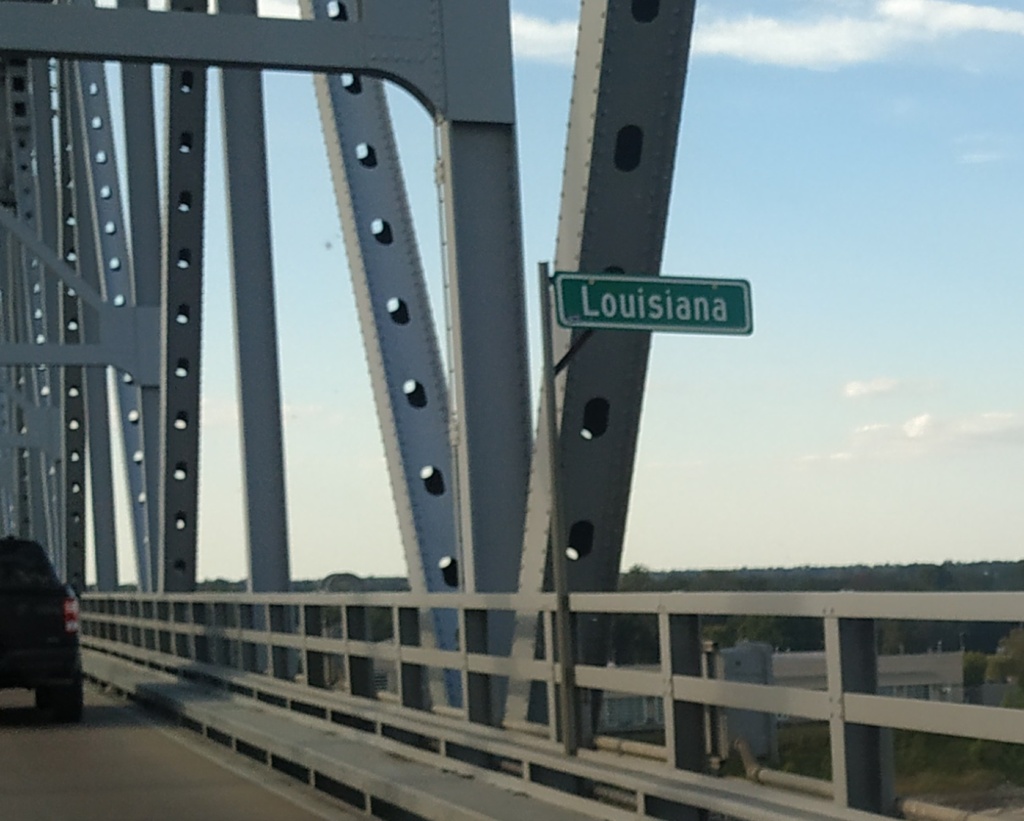
NEW ORLEANS
Arrived late afternoon and found a campsite about 30 mn drive from the centre and the French Quarter. The lady at reception was very helpful and told us we could drive part of the way the next day to a place where you could park ( free) and jump on the Streetcar which takes you all the way to Bourbon Street right in the middle of the French Quarter.
That’s what we did! The Streetcar line is the oldest in the world. It started in the early 1800’s. It goes along St Charles Street which is lined with grand antebellum houses.
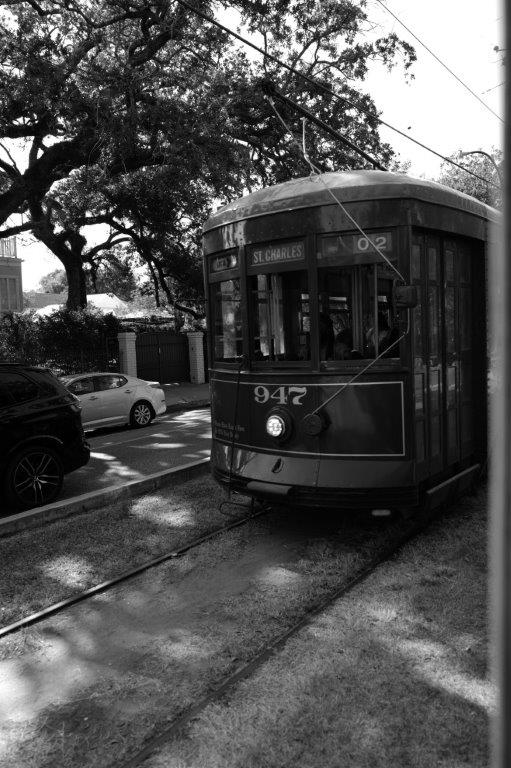
CAJUN COUNTRY – Thibodaux – Eunice – MAMOU
Drove through swamps, bayou, sugar cane and cotton plantations. Cotton harvest done and cotton is rolled into large bales ( similar to hay bales). Trees wrapped in spanish moss.

FRED’S LOUNGE – MAMOU
Spent the night in the car park of North Eunice Baptist Church, where the local parishioners were getting ready for a fete the next day. They graciously allowed us to camp and even invited us for dinner.
Next morning made our way to Mamou where every Saturday, some traditional Cajun bands come and play from 8 am to 2 pm at “Fred’s Lounge”. We got there for 9 a.m and the band was just about to start. People were already there, eagerly waiting for the music to start. The performances there have been broadcasted on the local radio for more than 60 years and the radio announcer was in the room and reading commercial adds in cajun french in between songs.(I could not understand him and barely when he spoke english!!) Couples stood up and started to dance as soon as the music started ( 2 steps dance and waltzes)
Selected pictures
